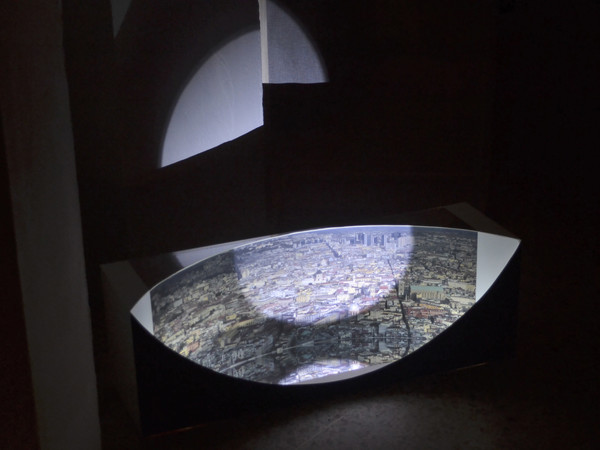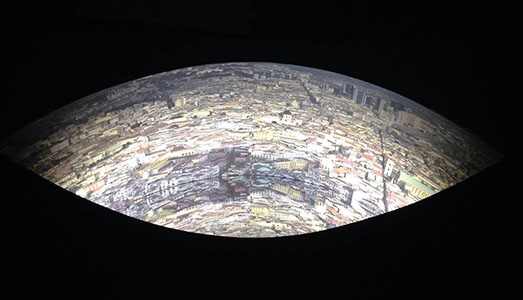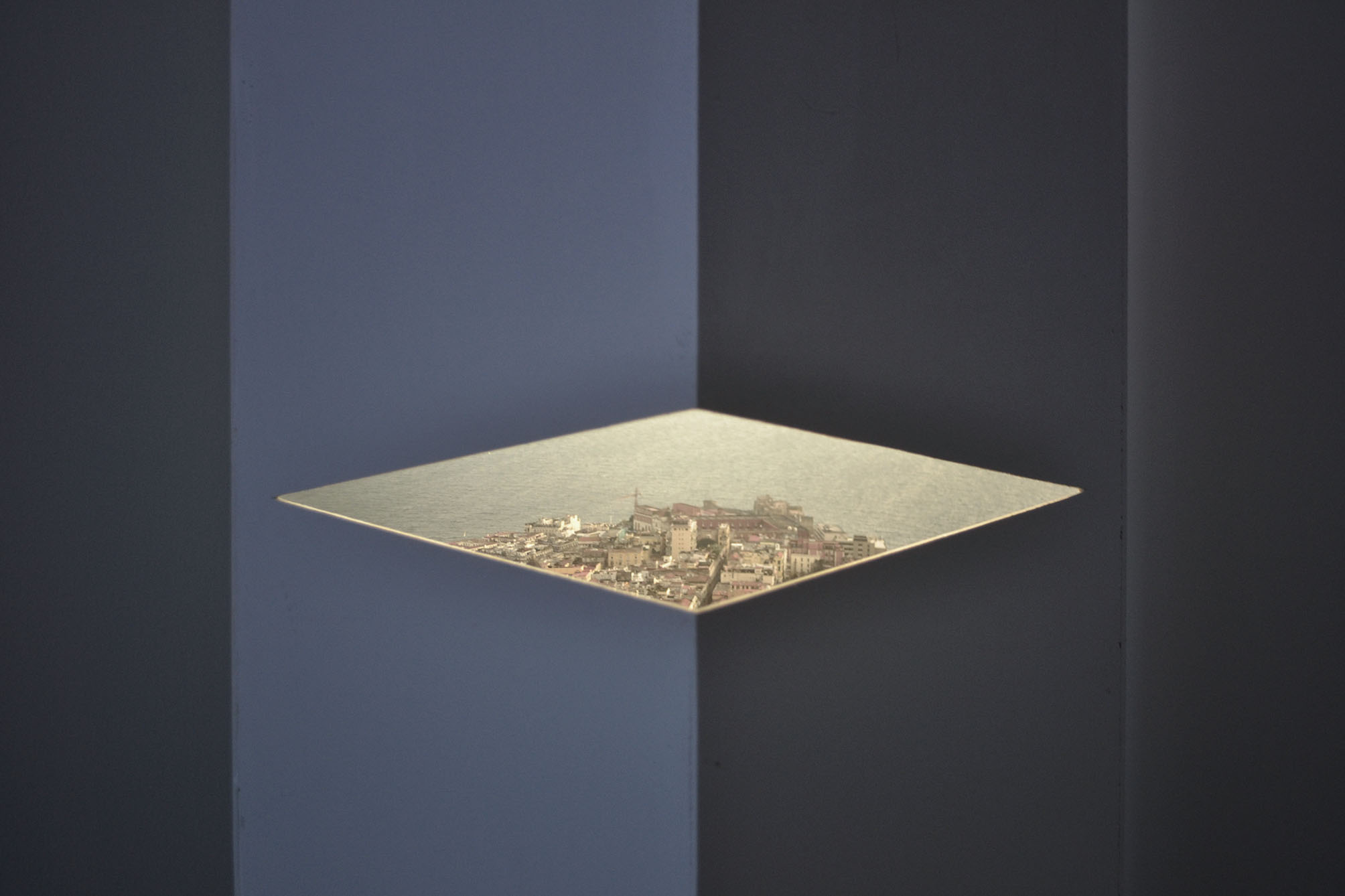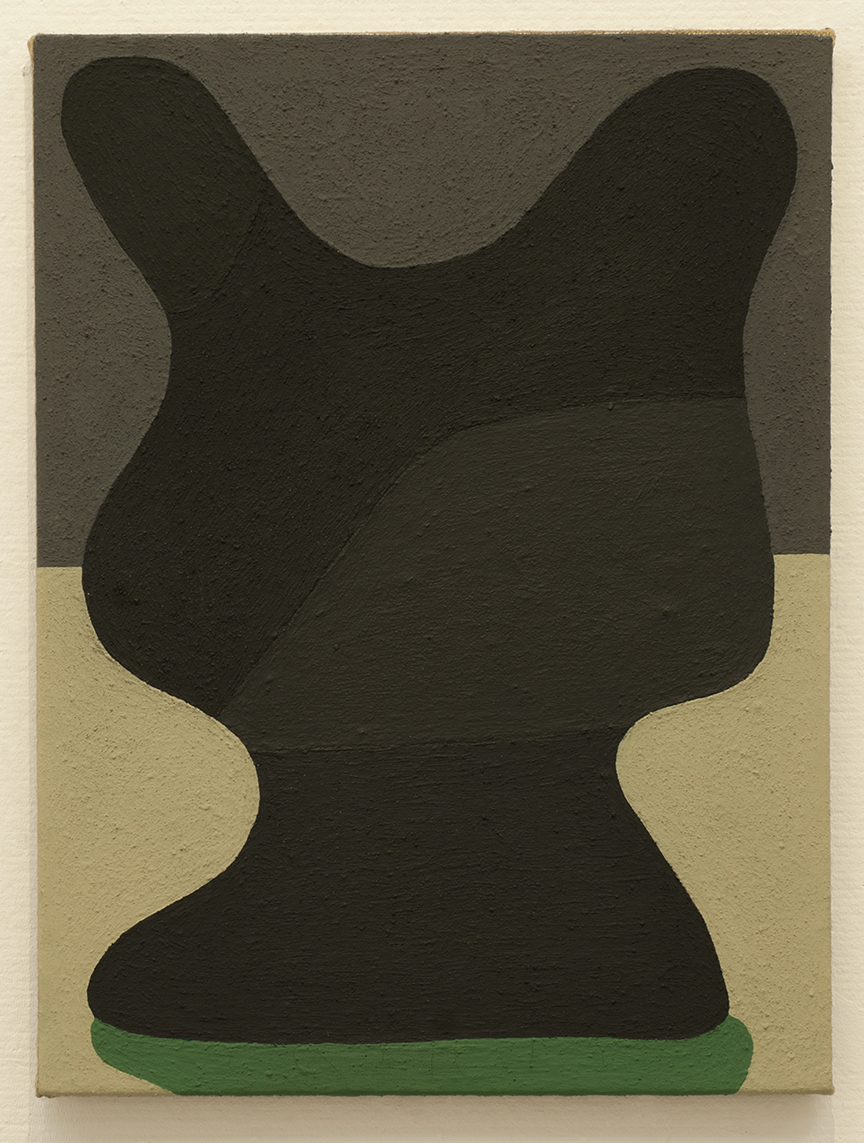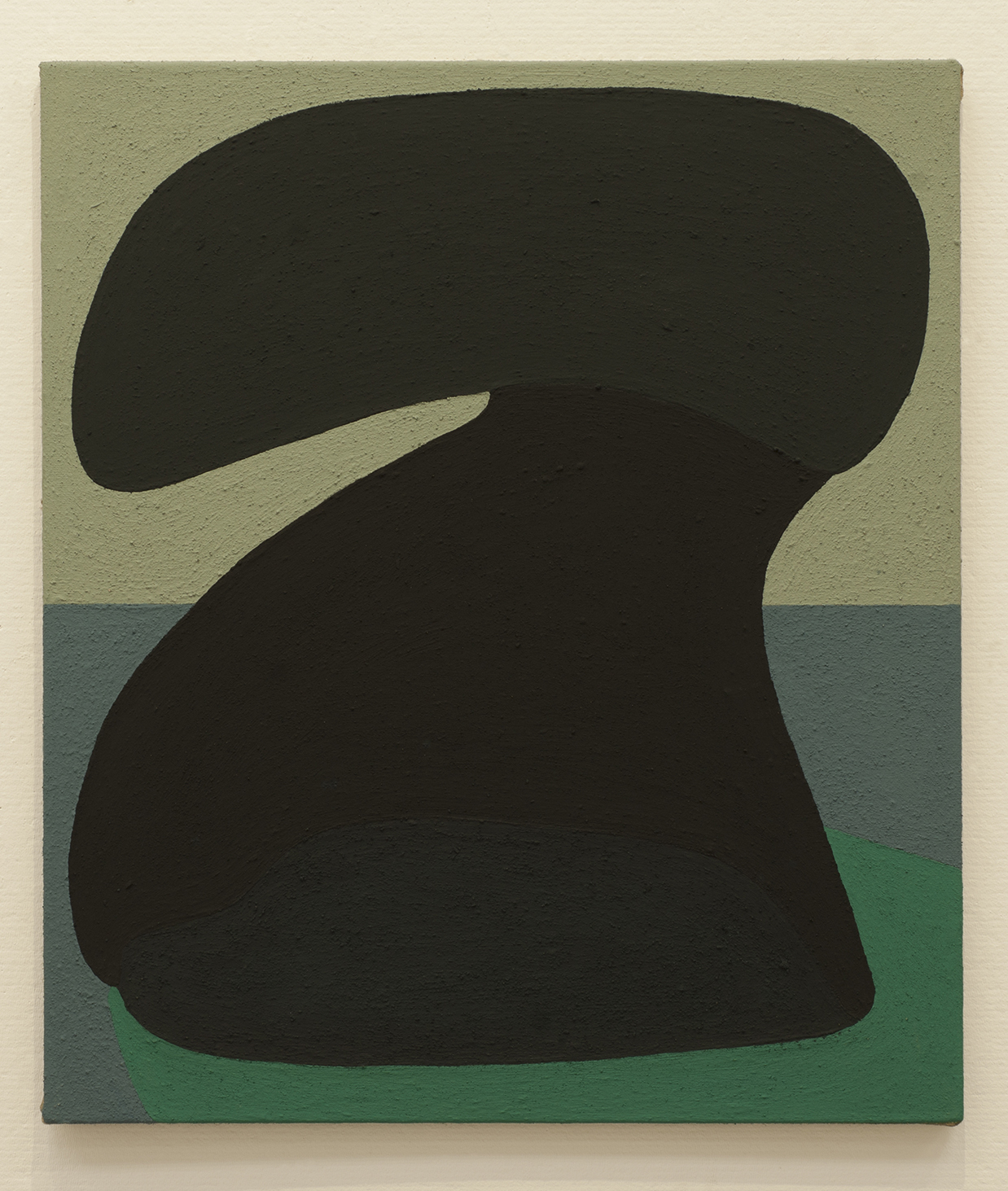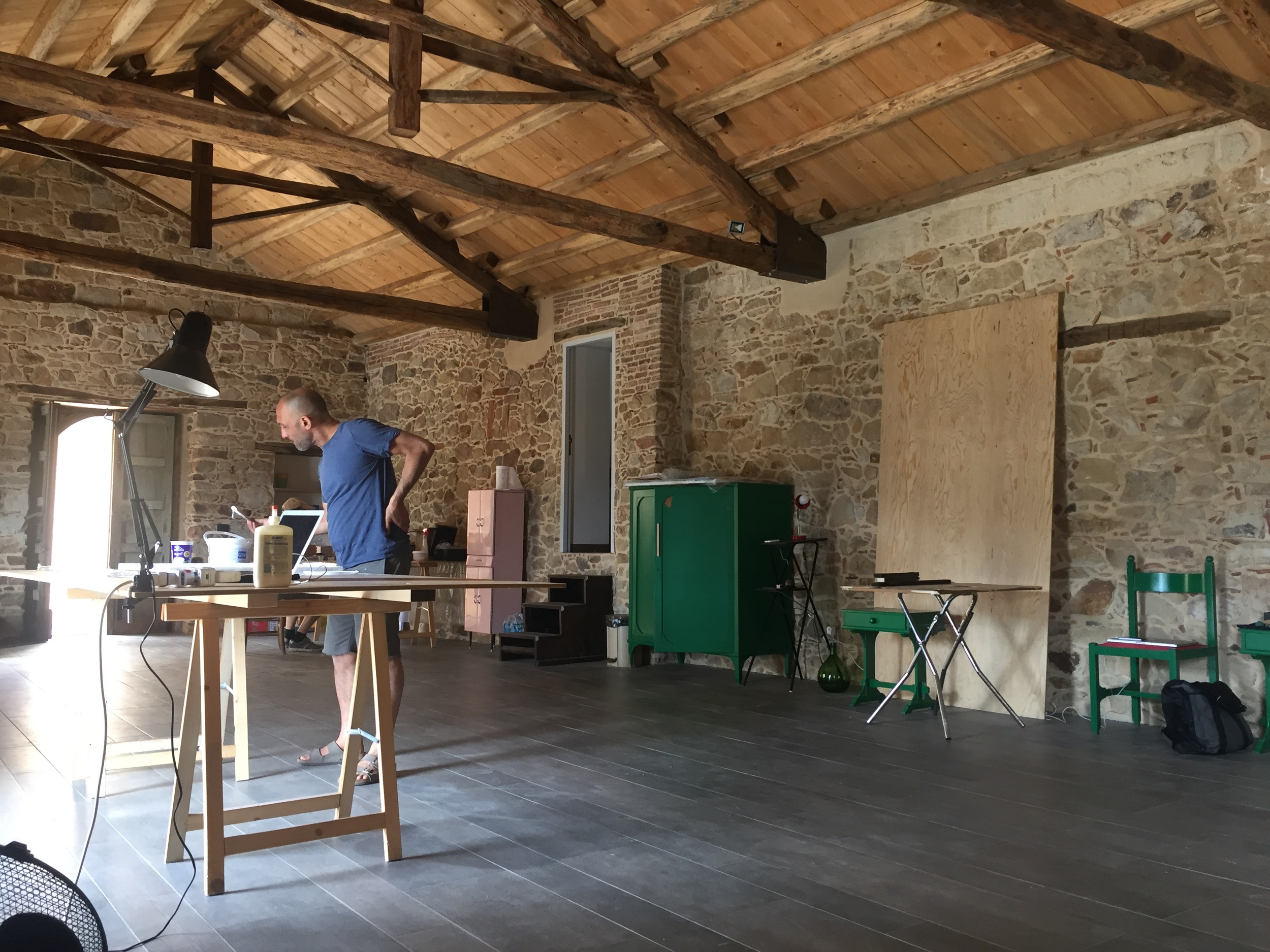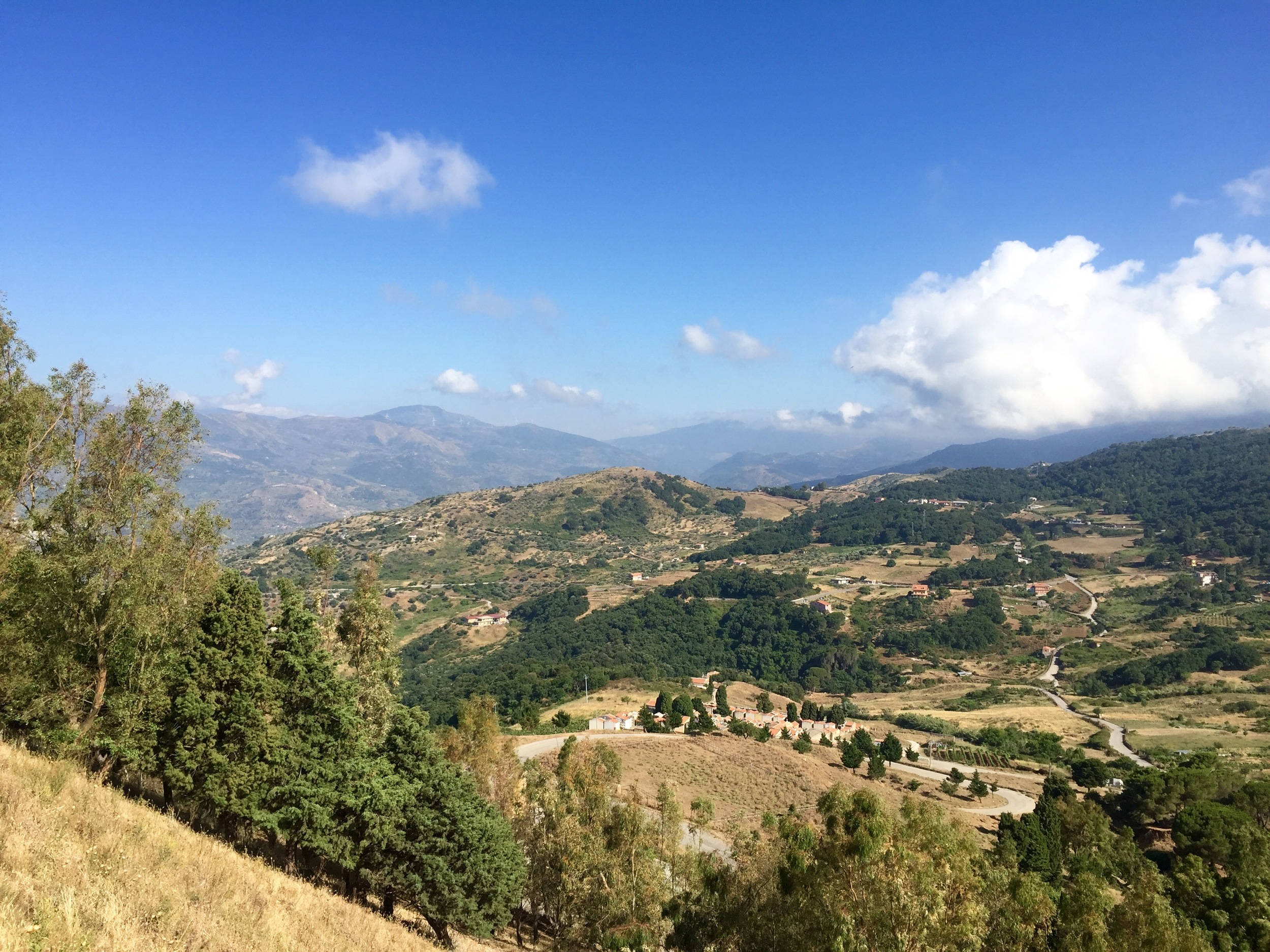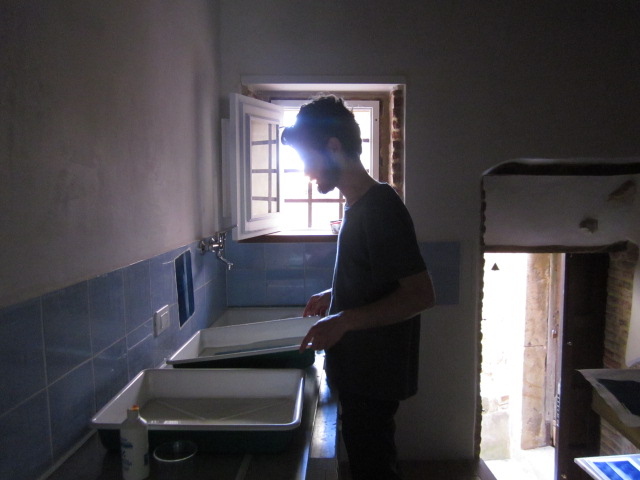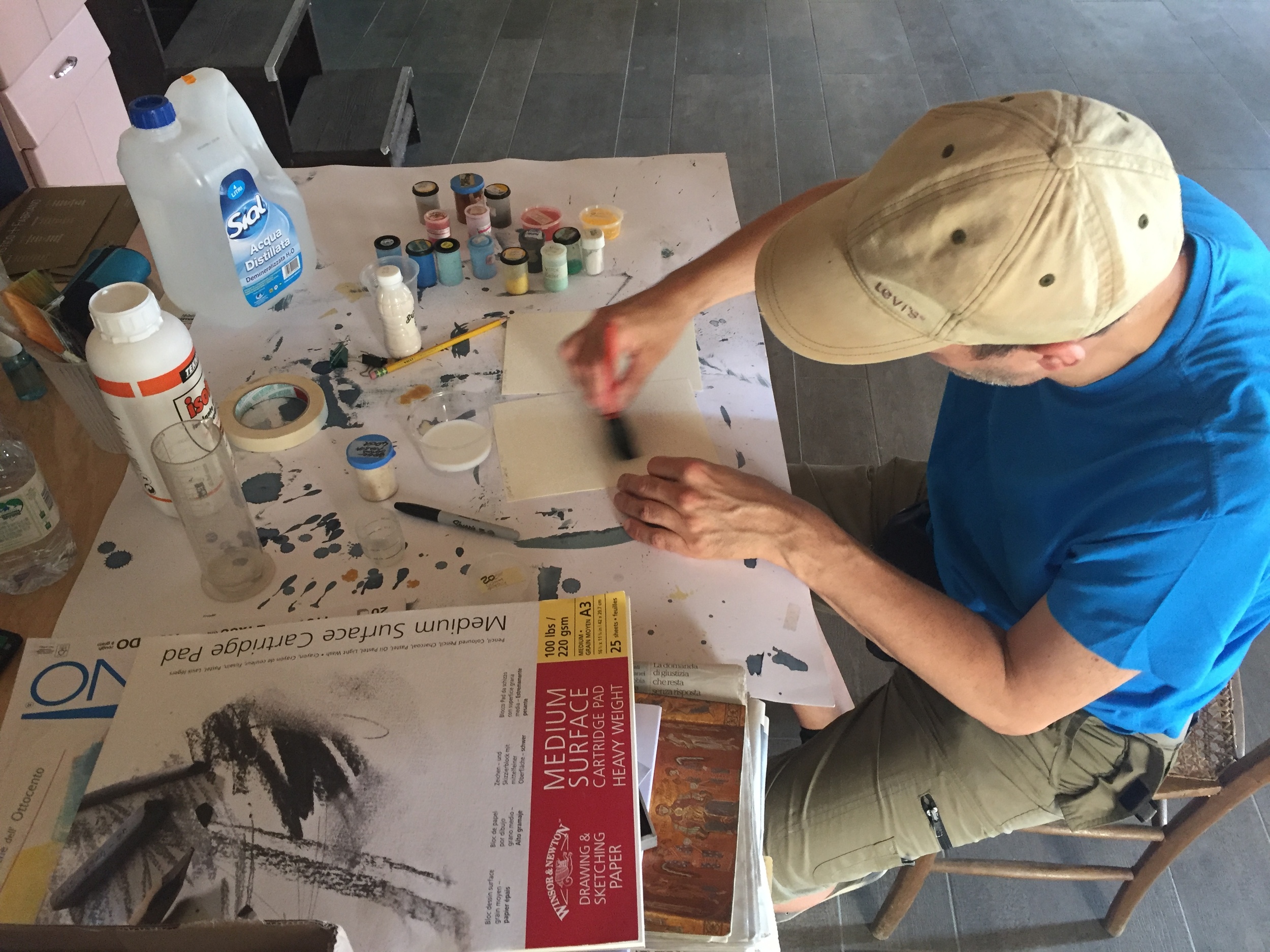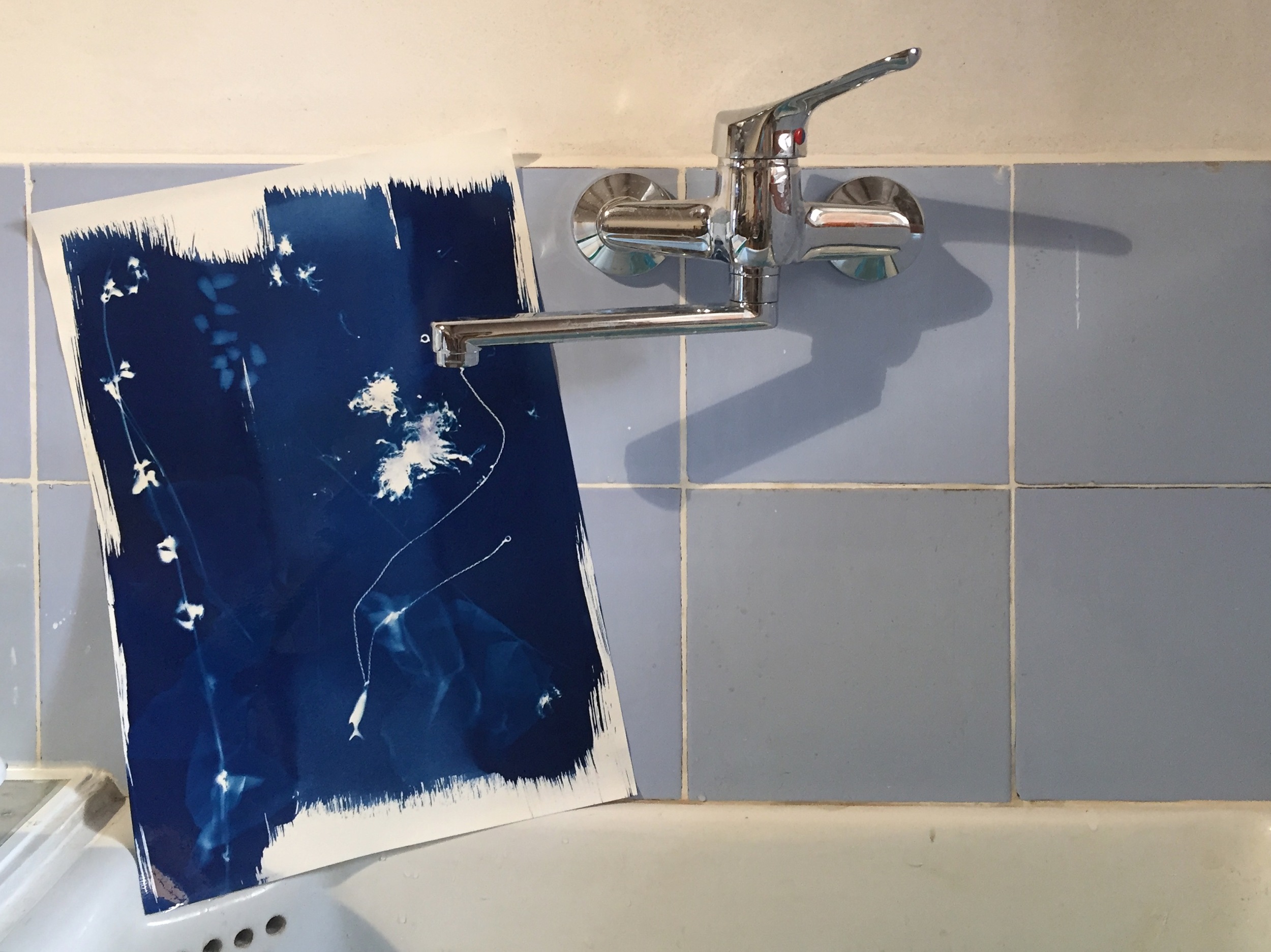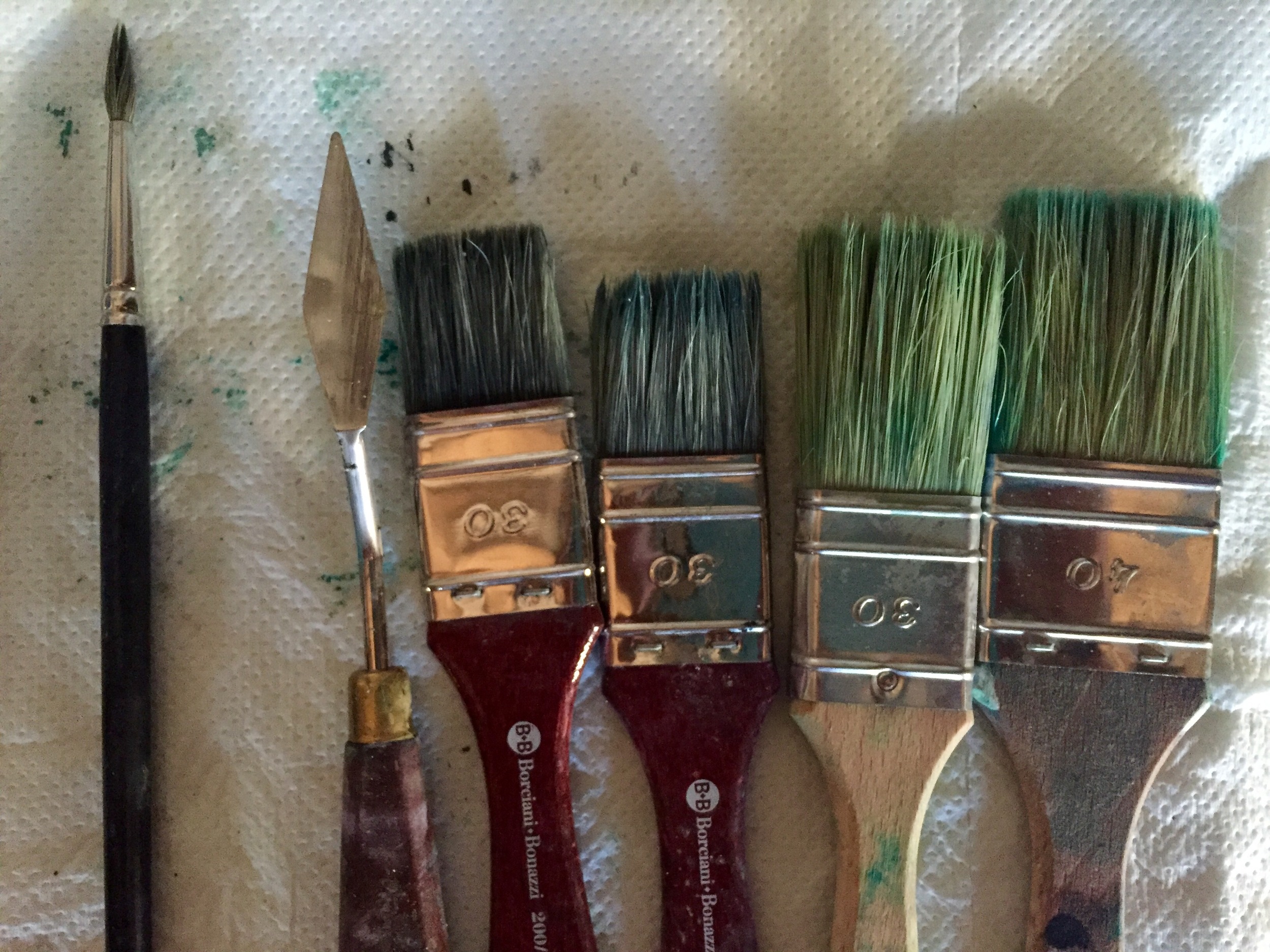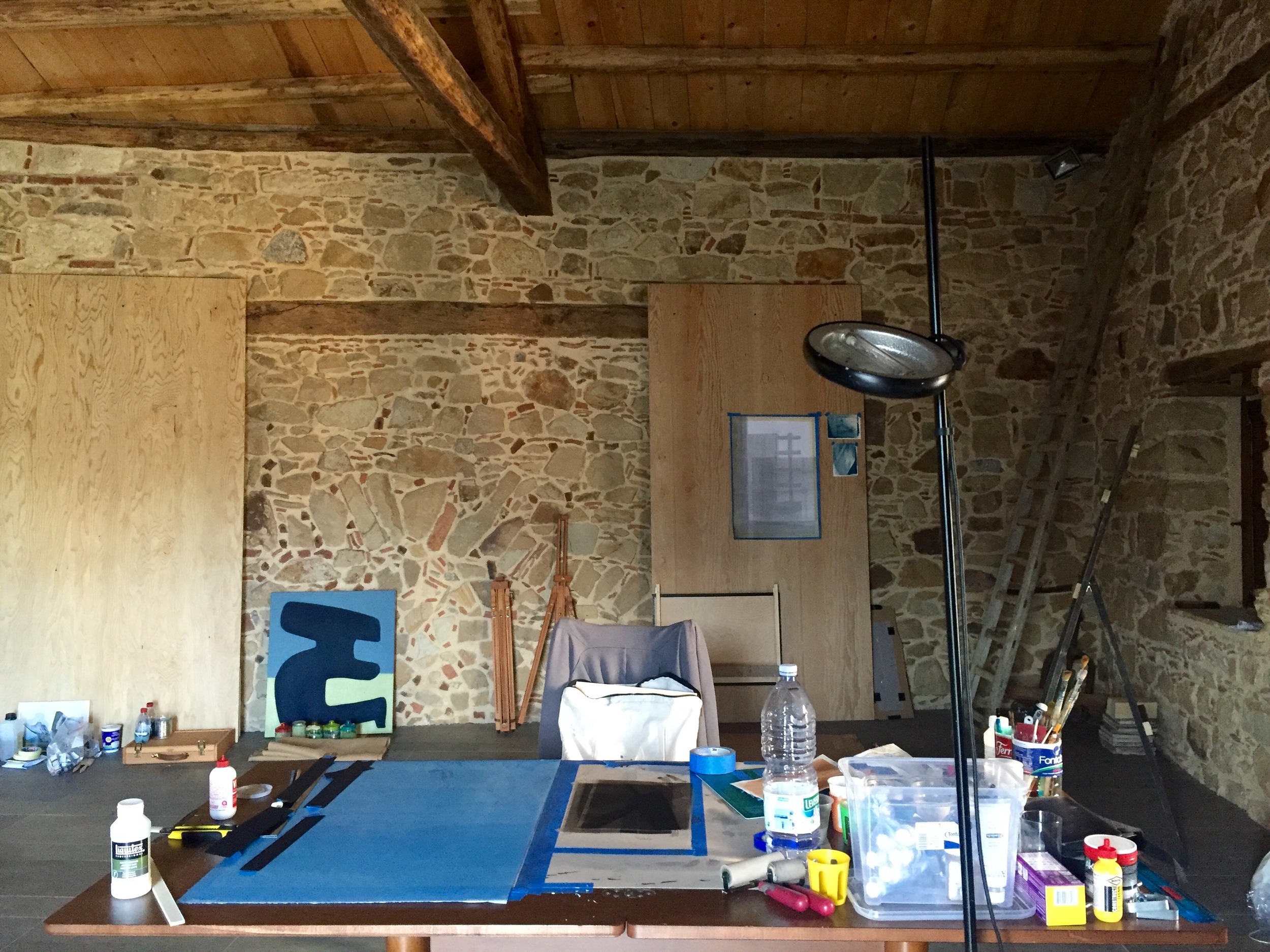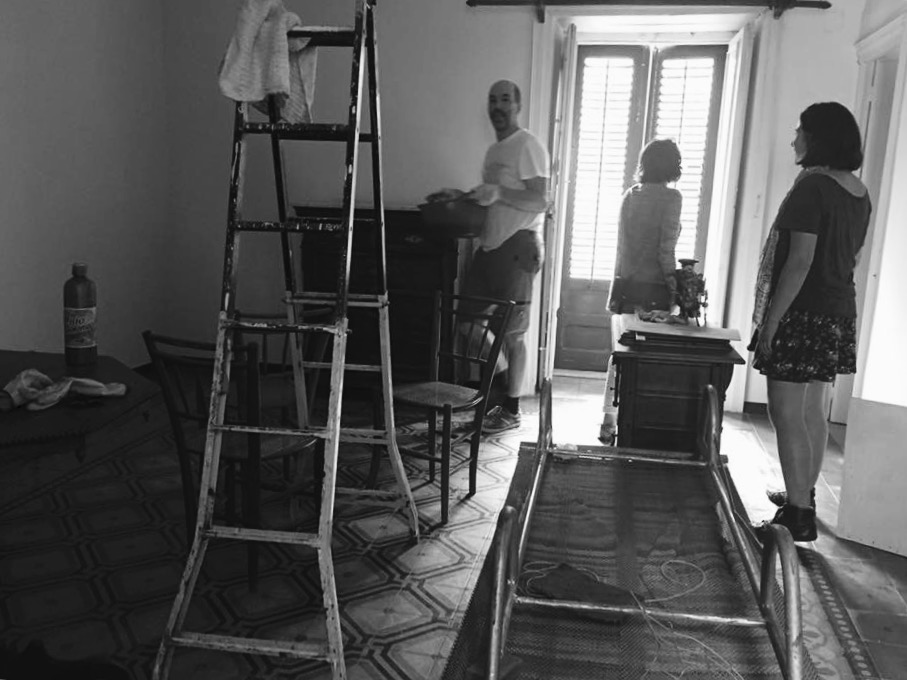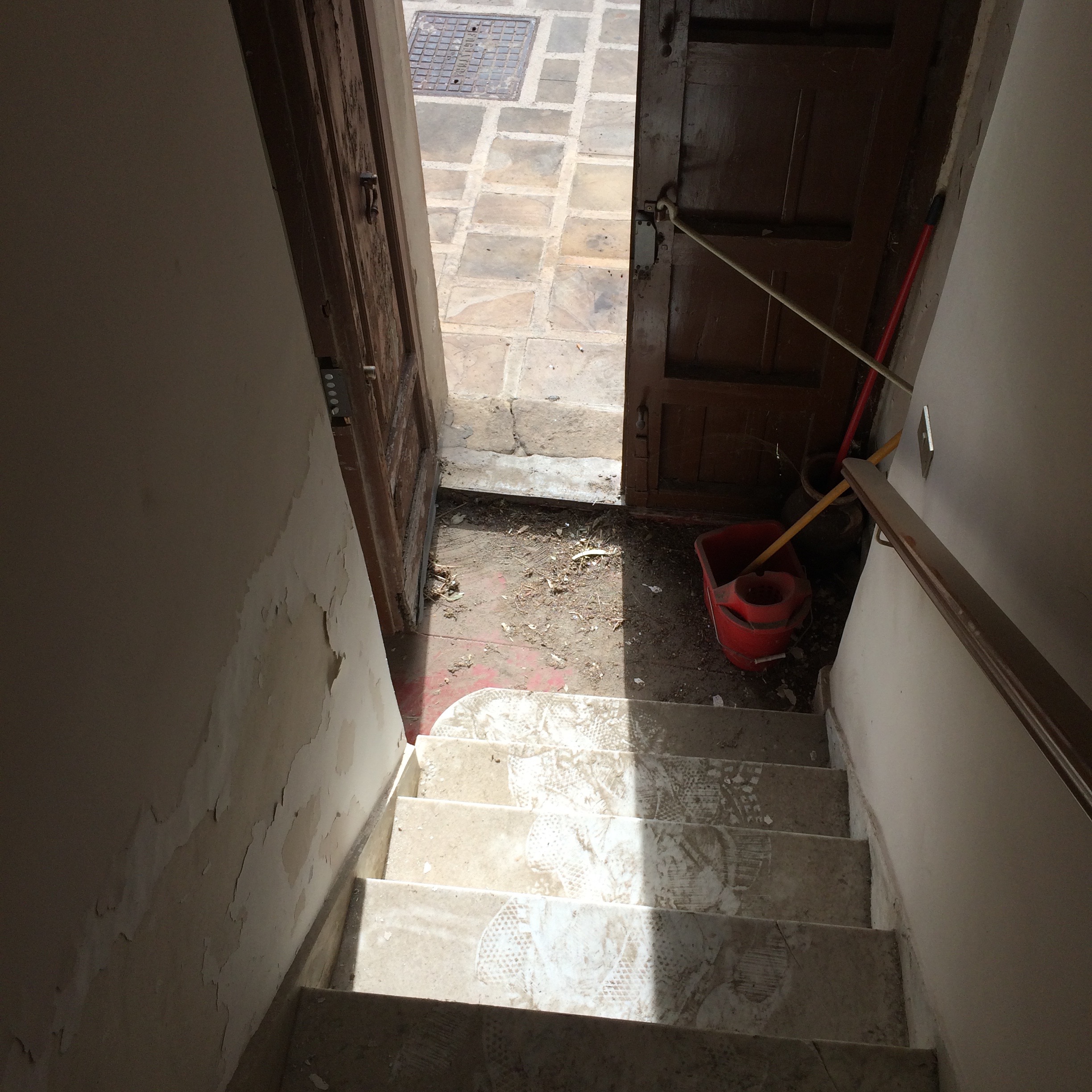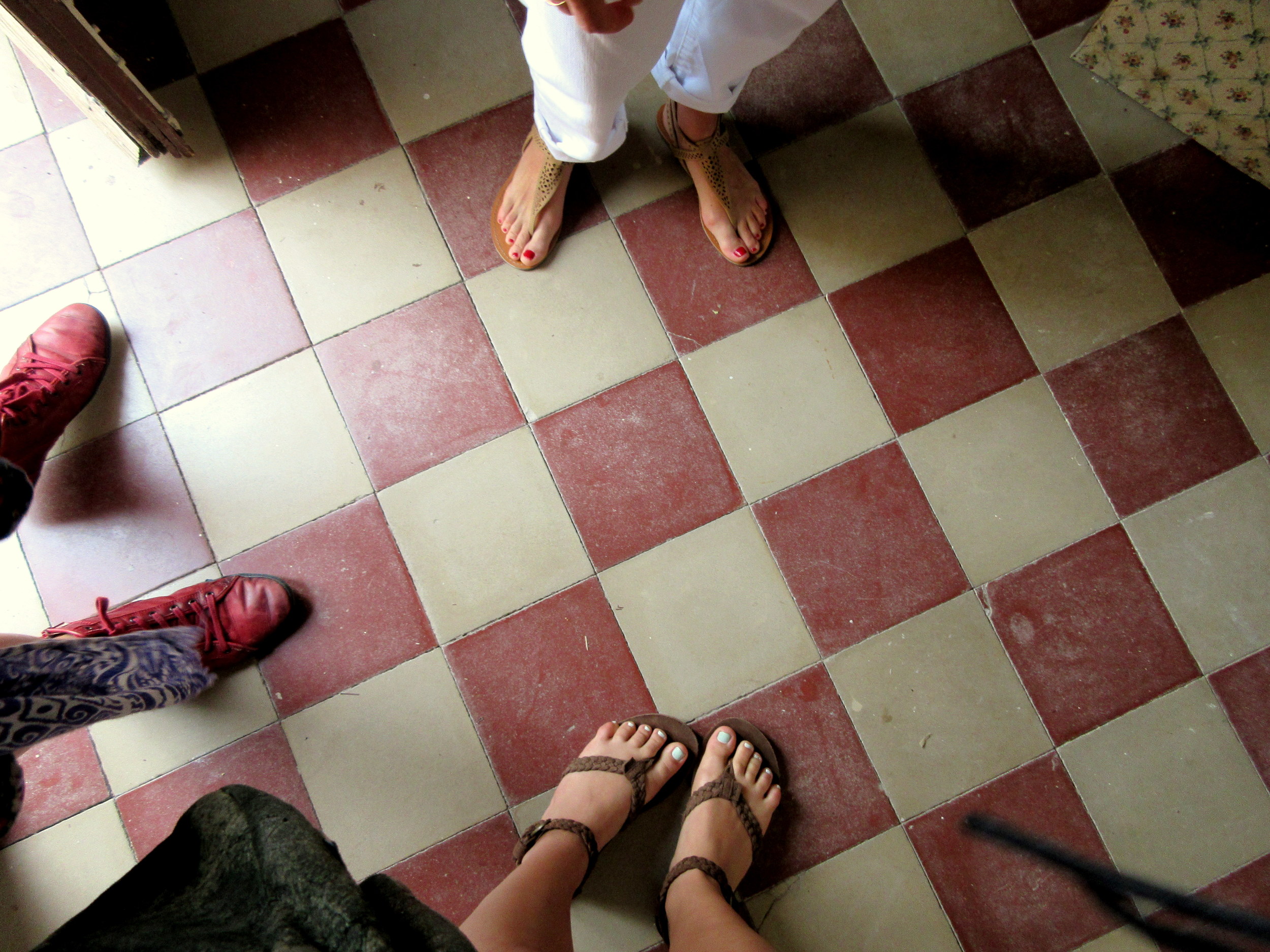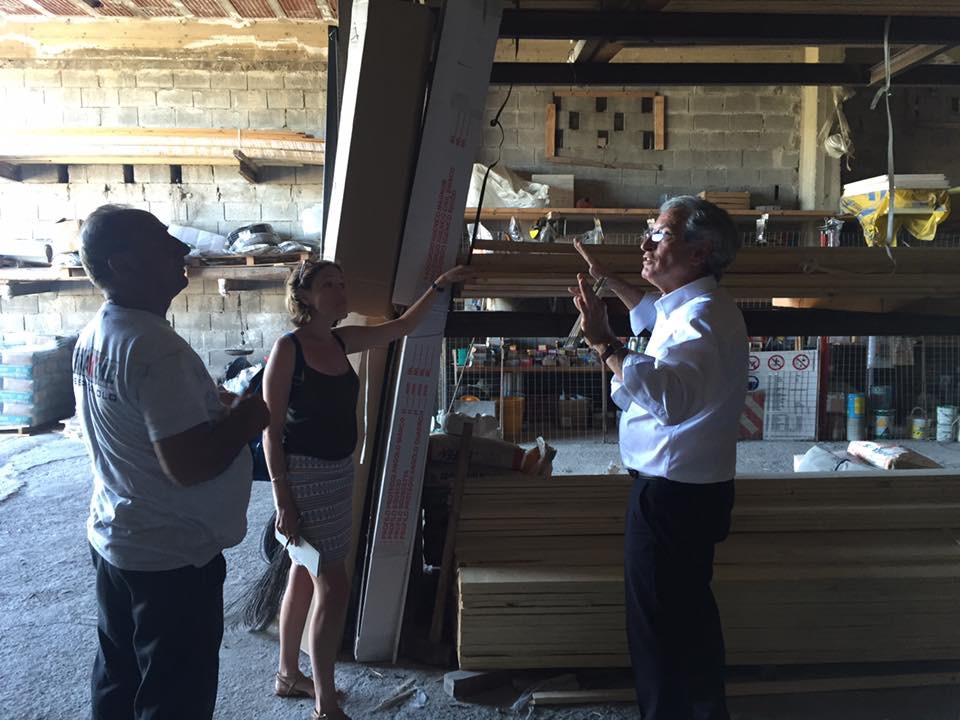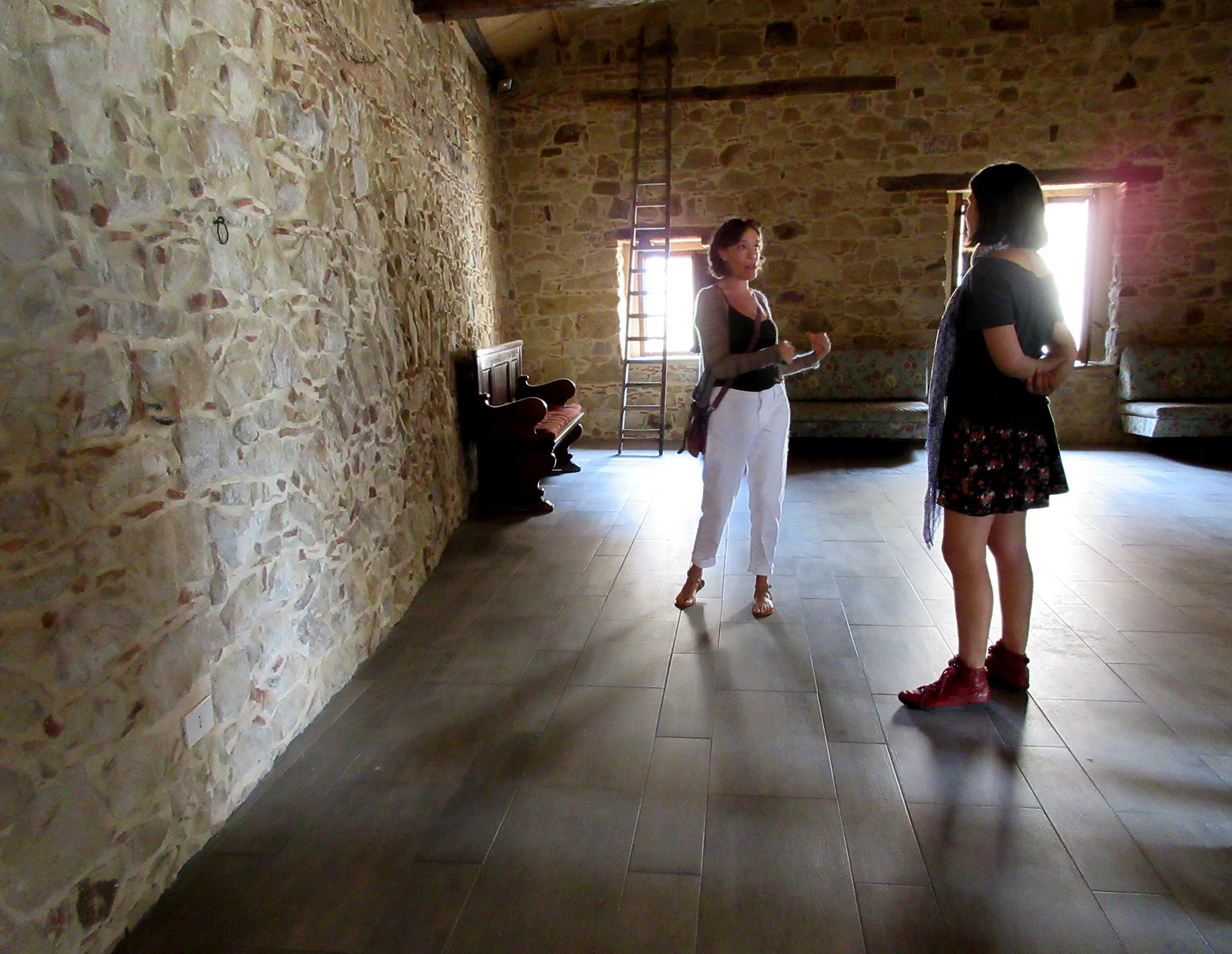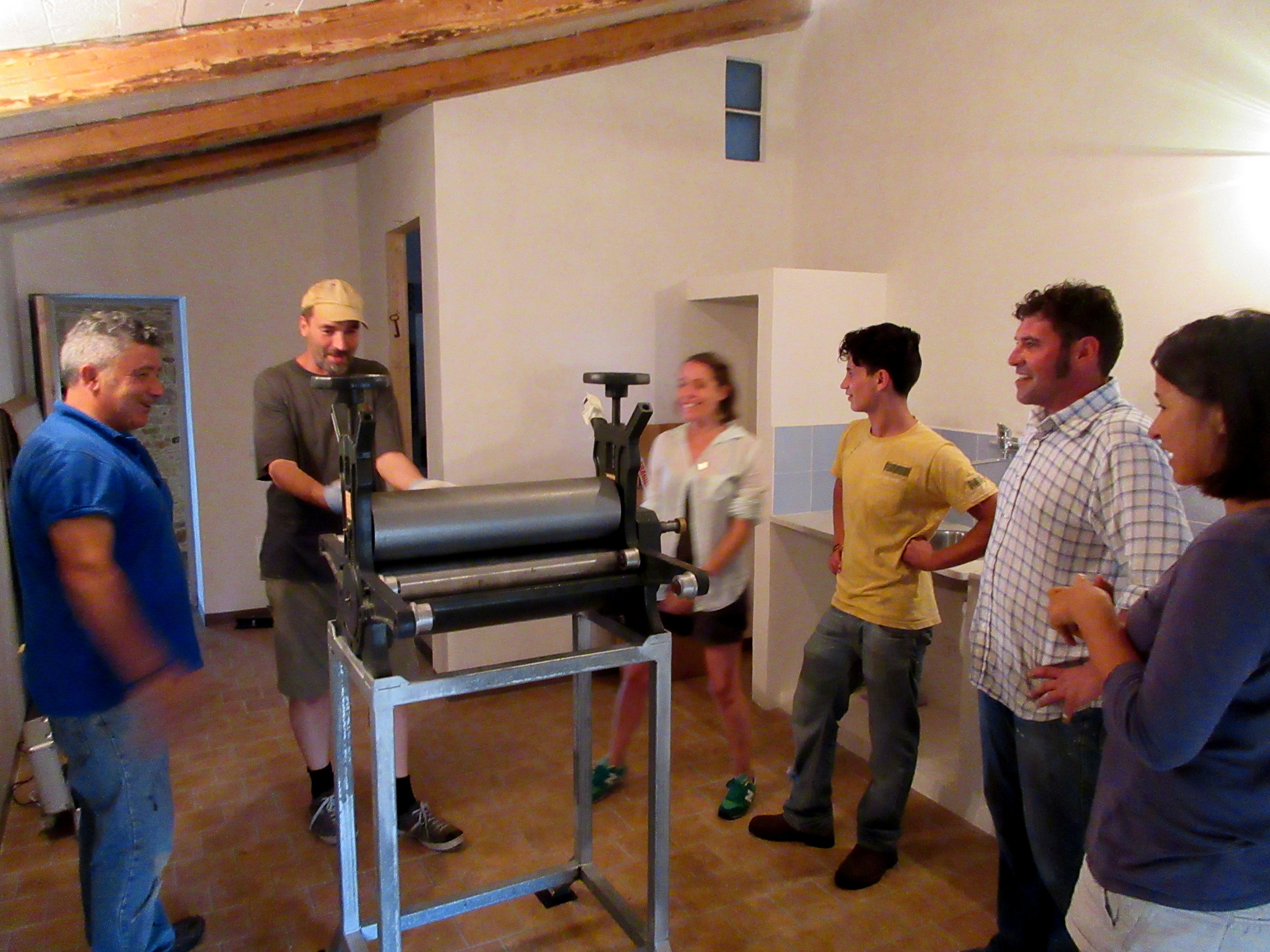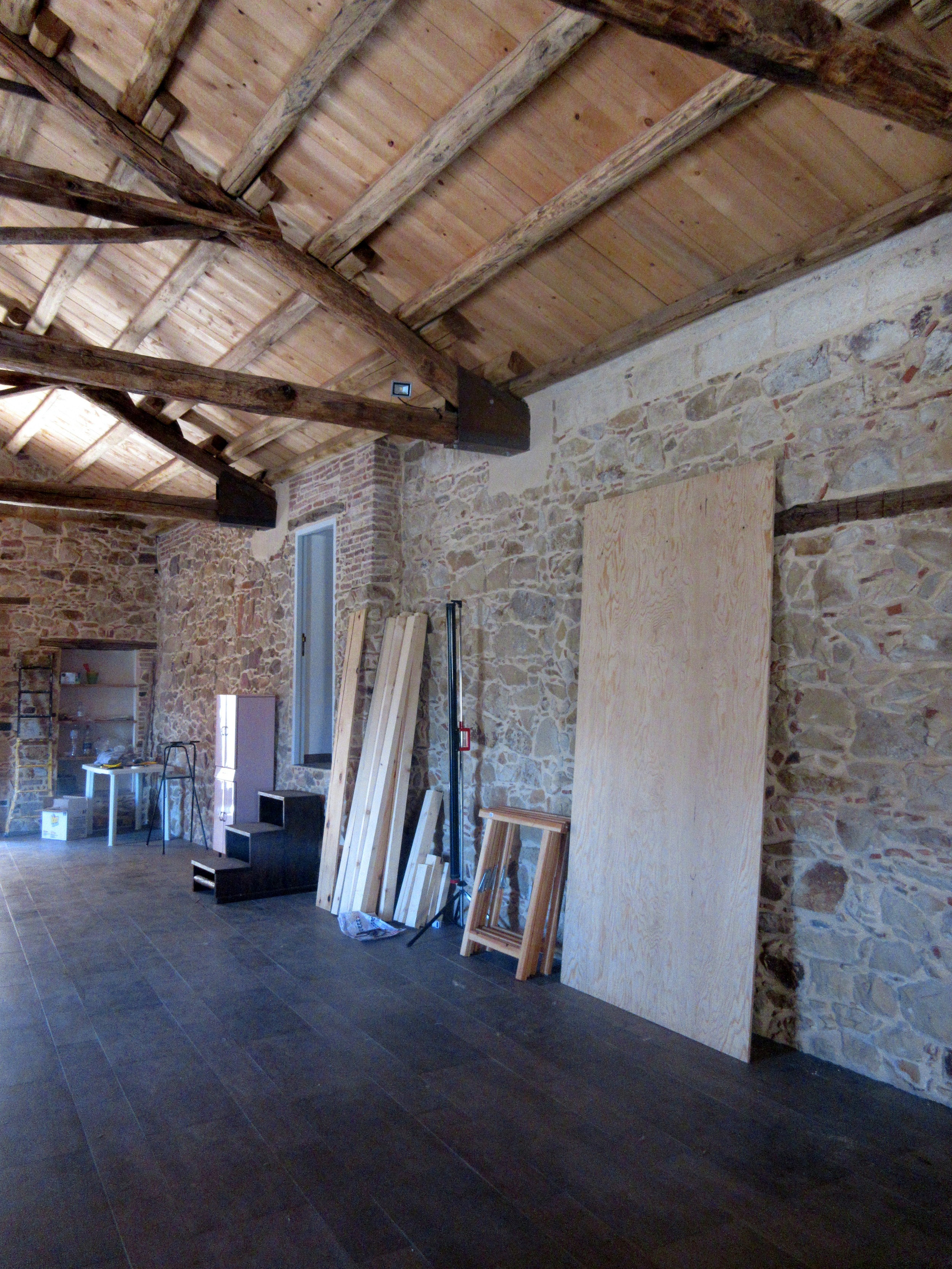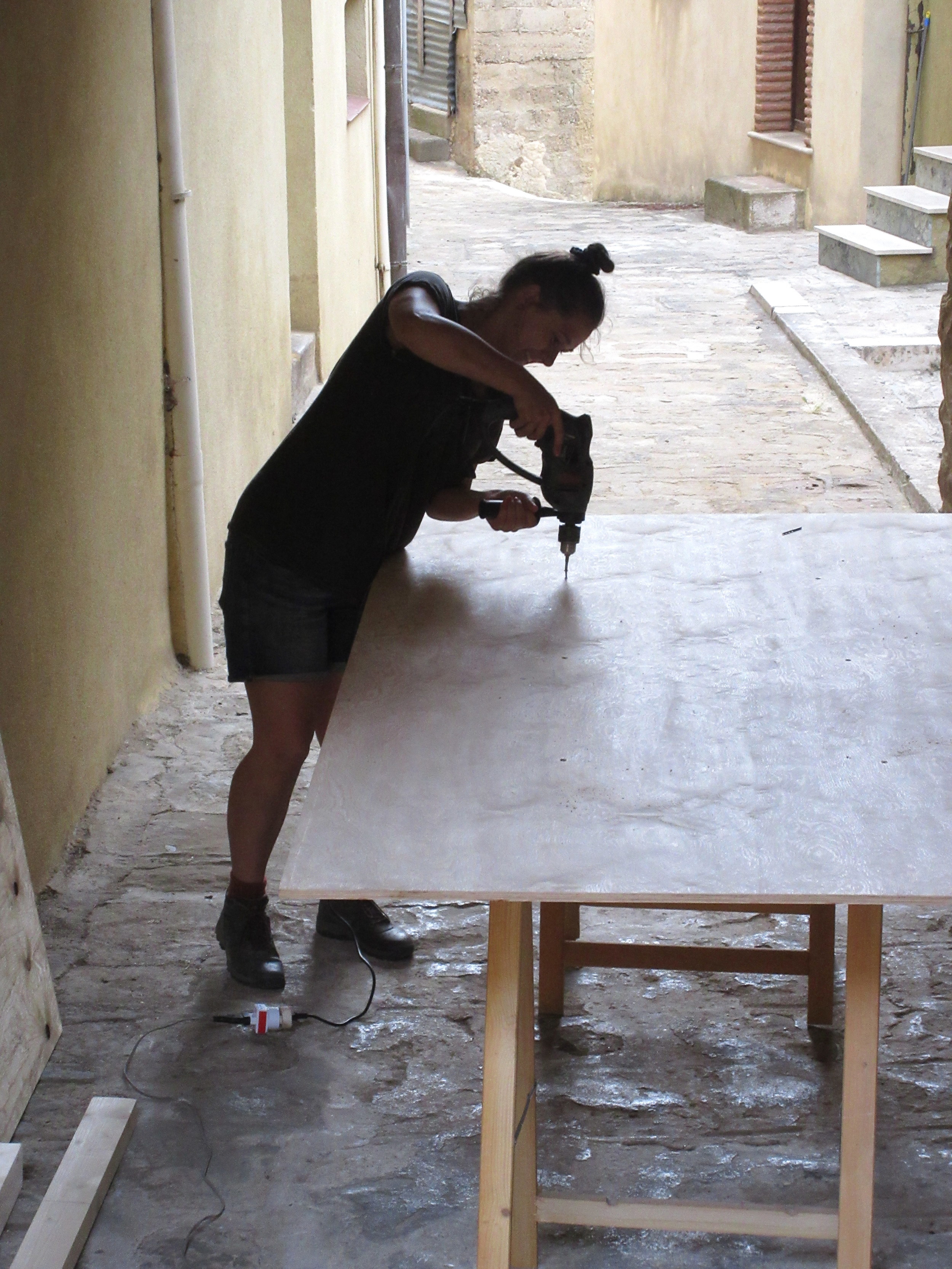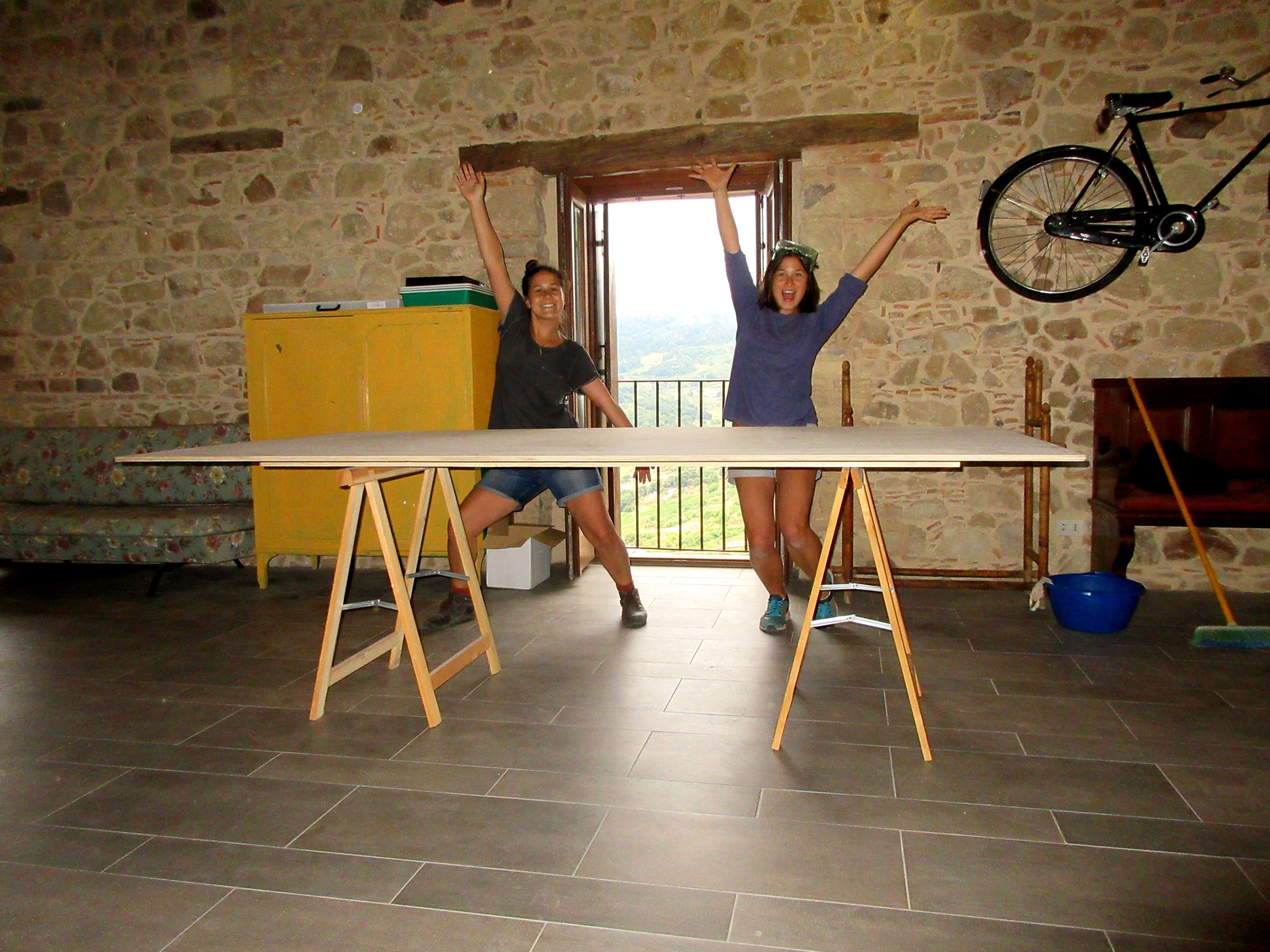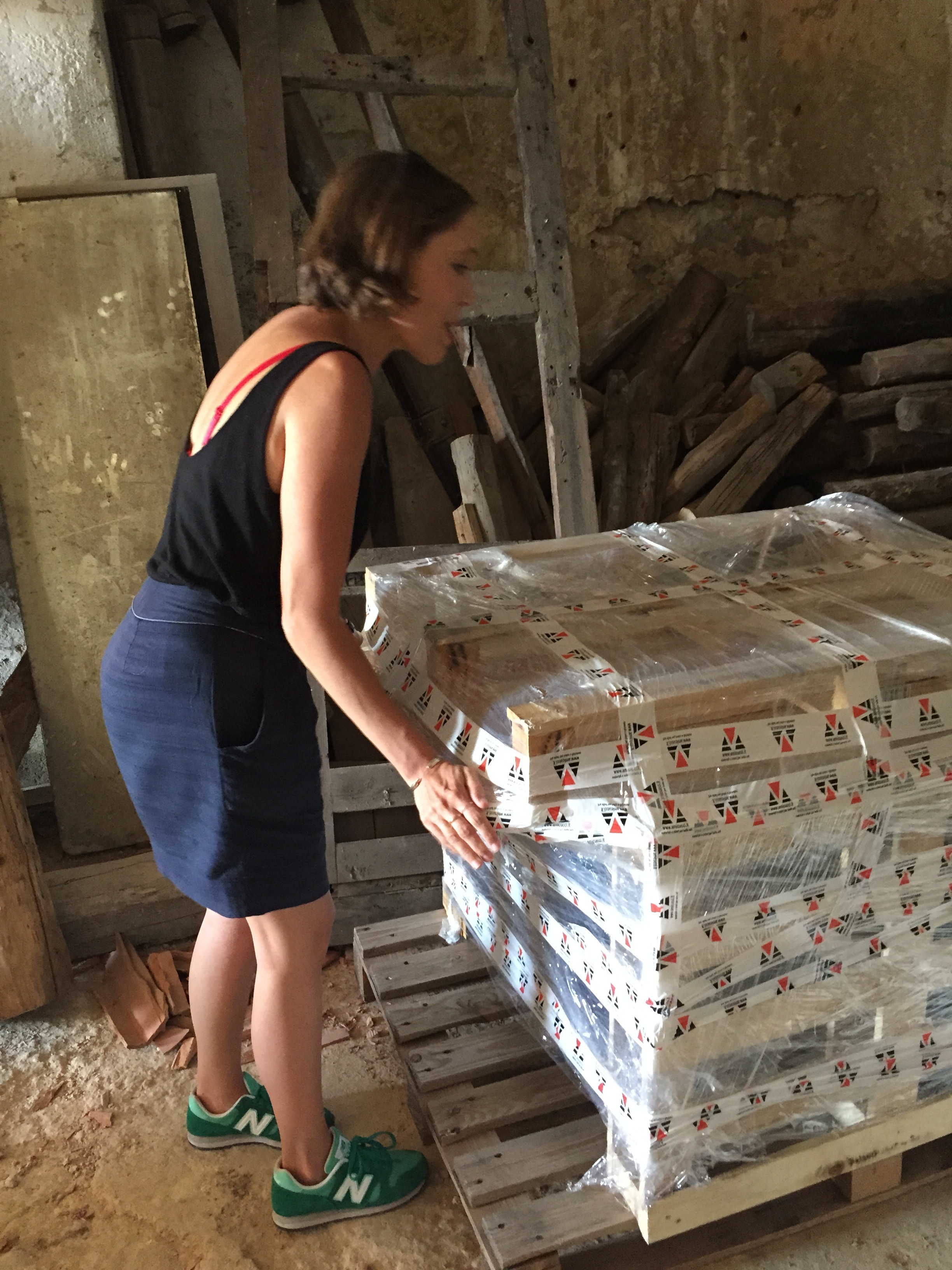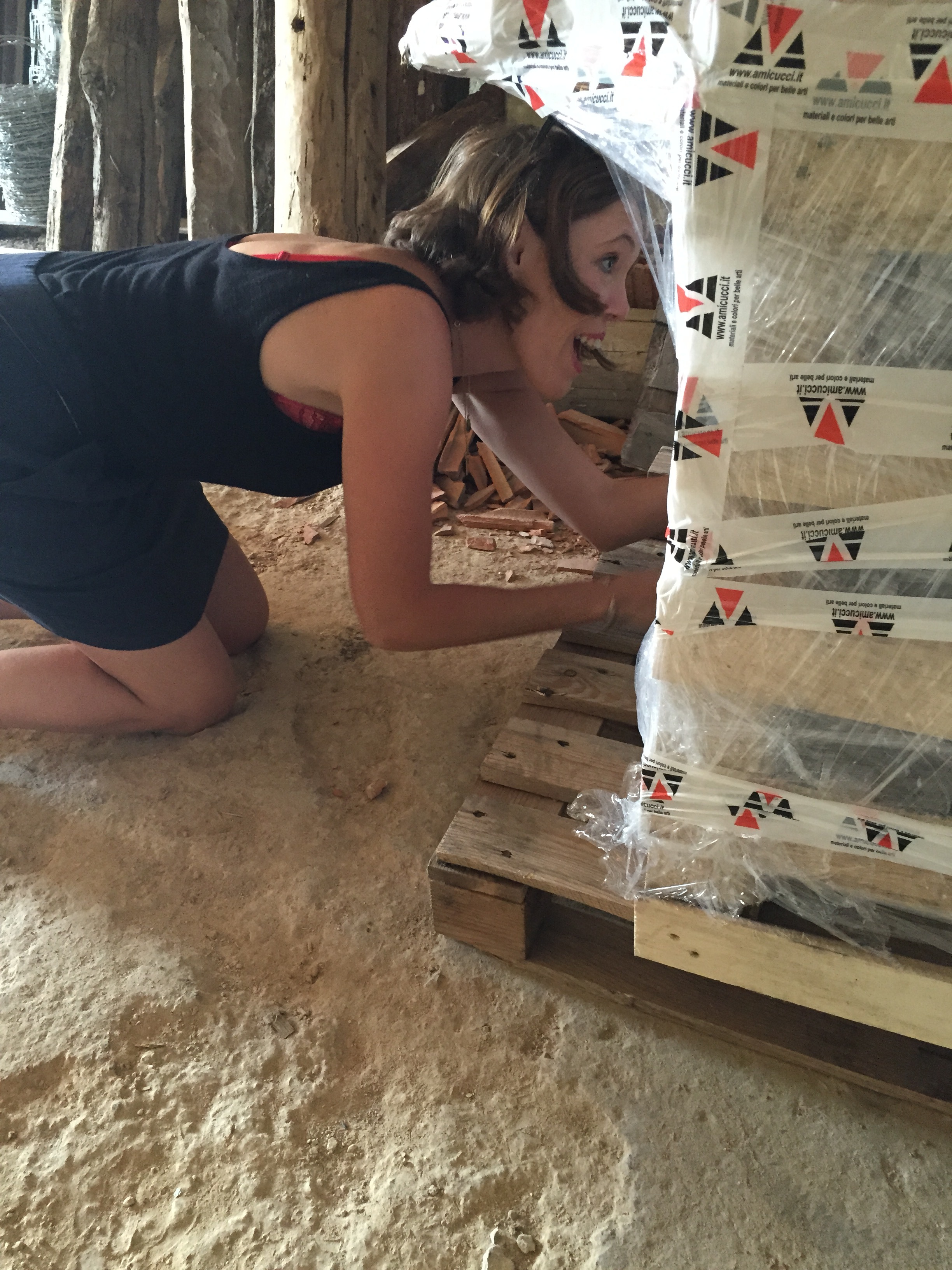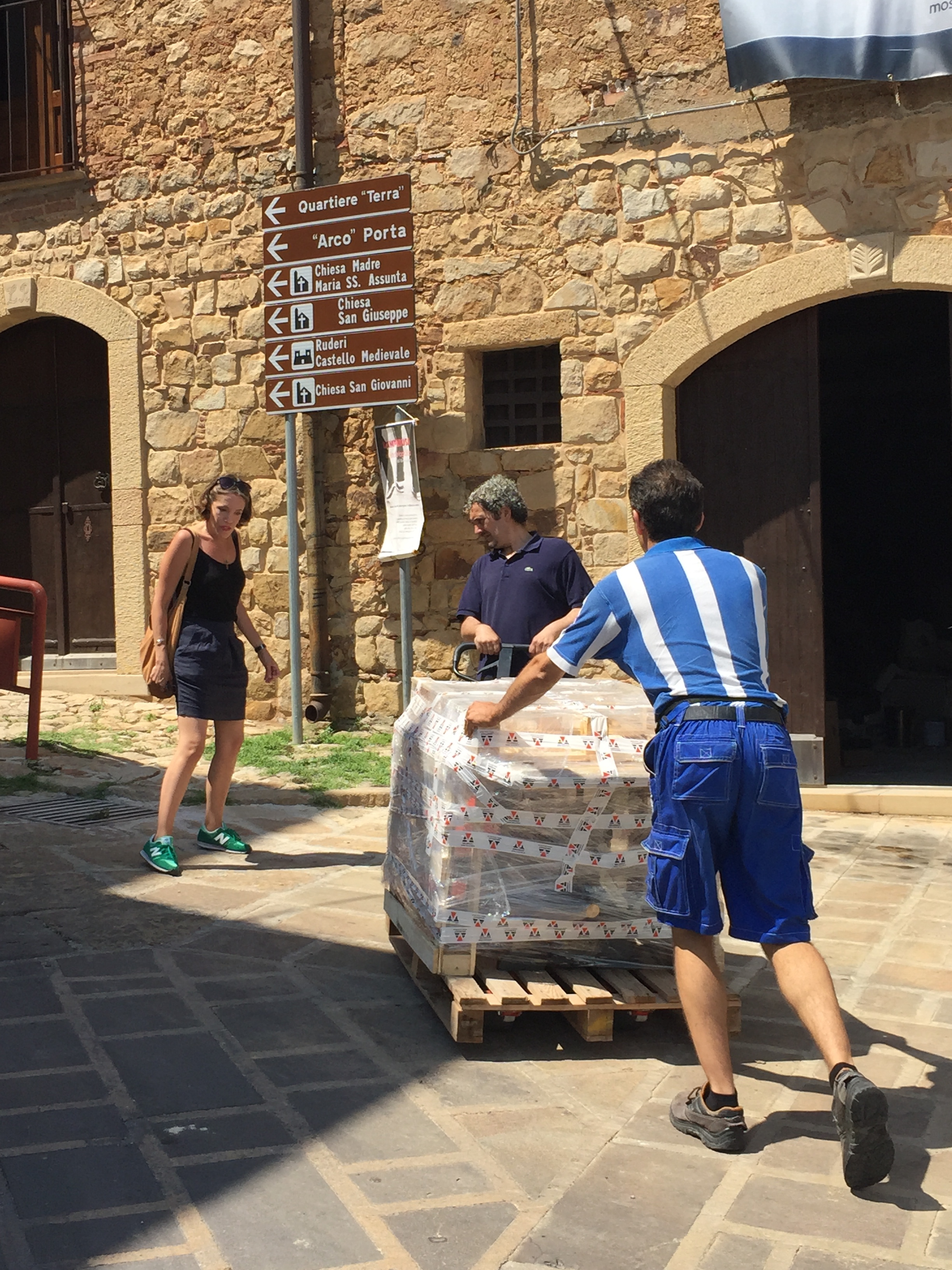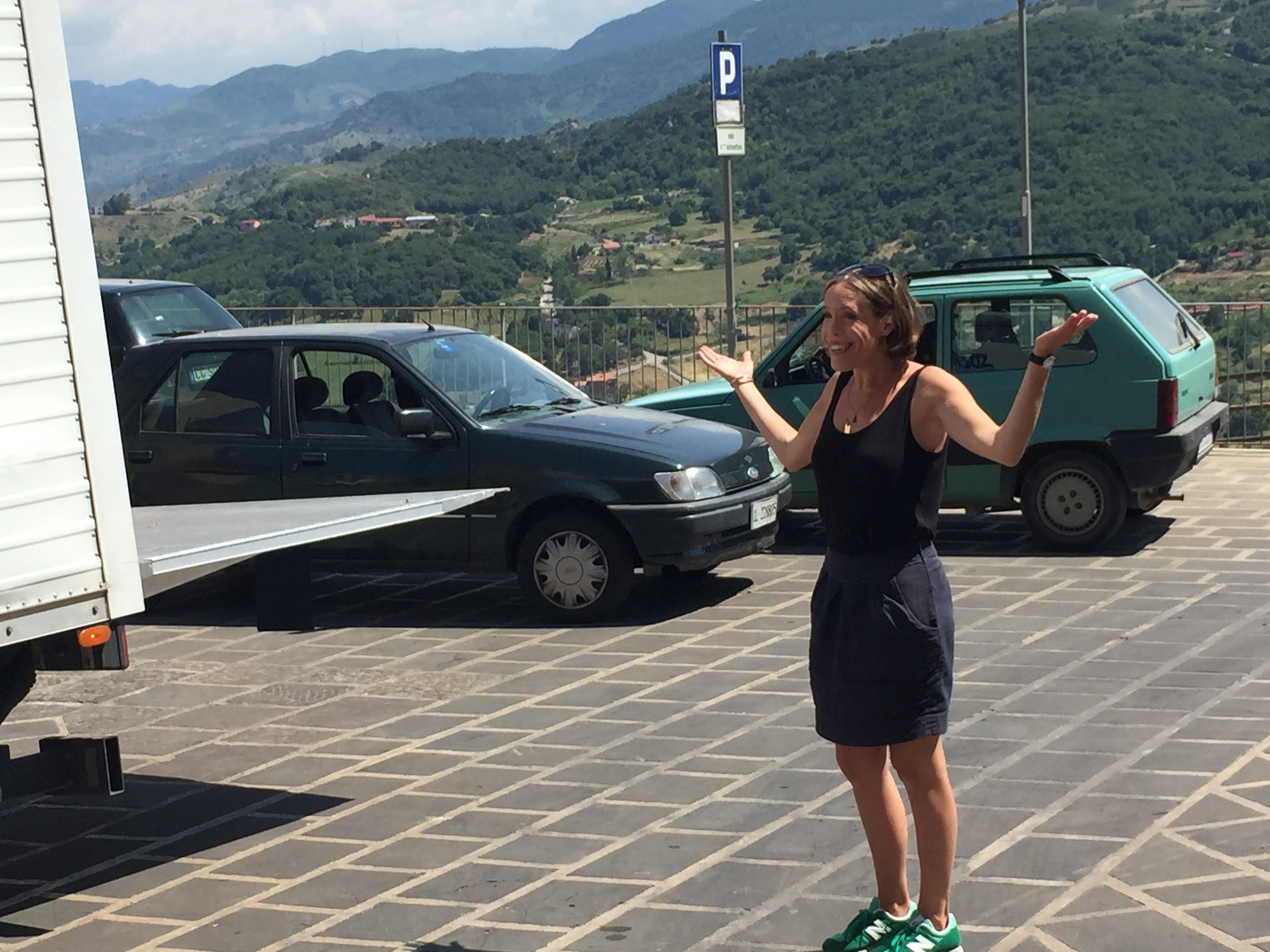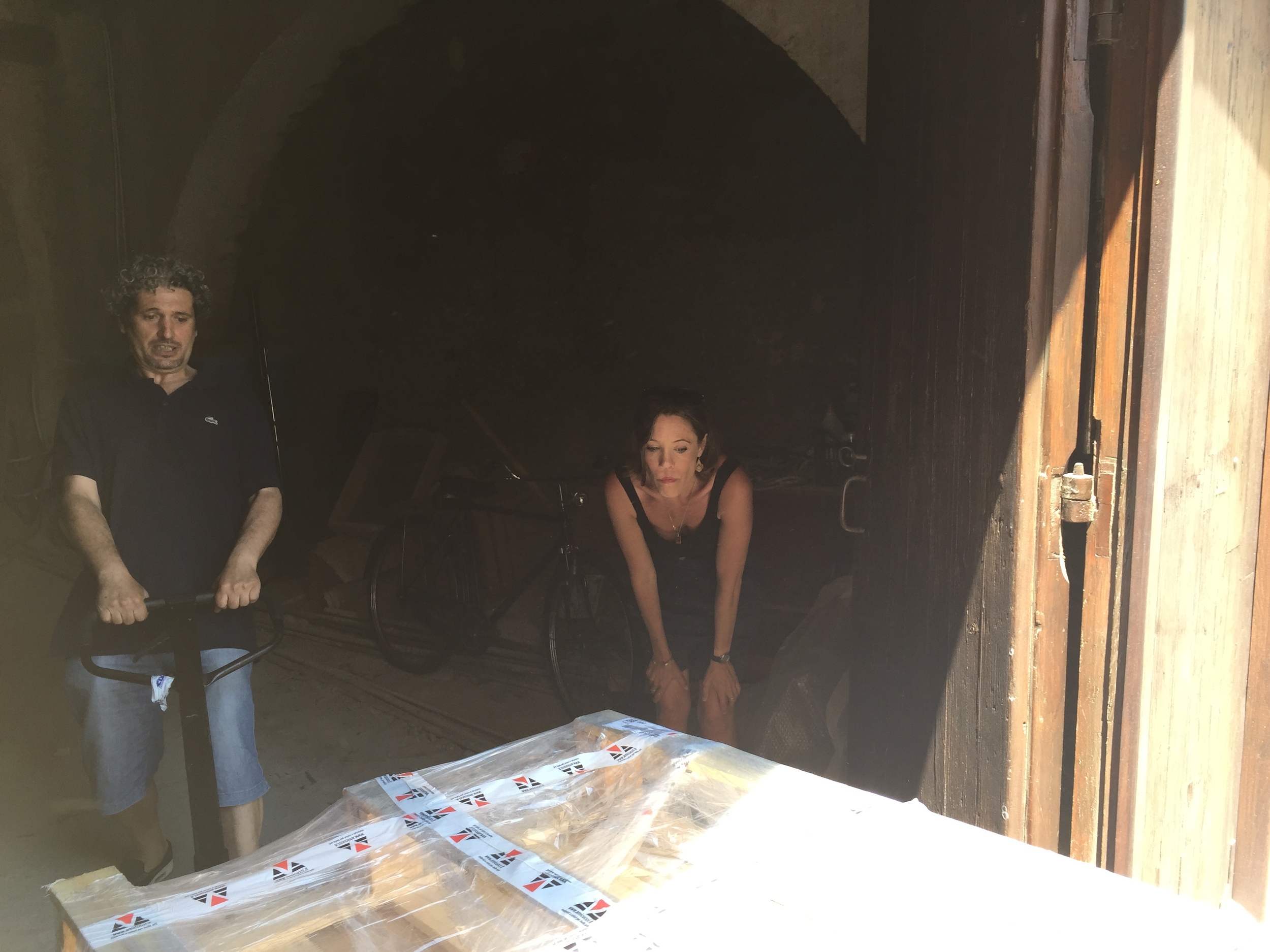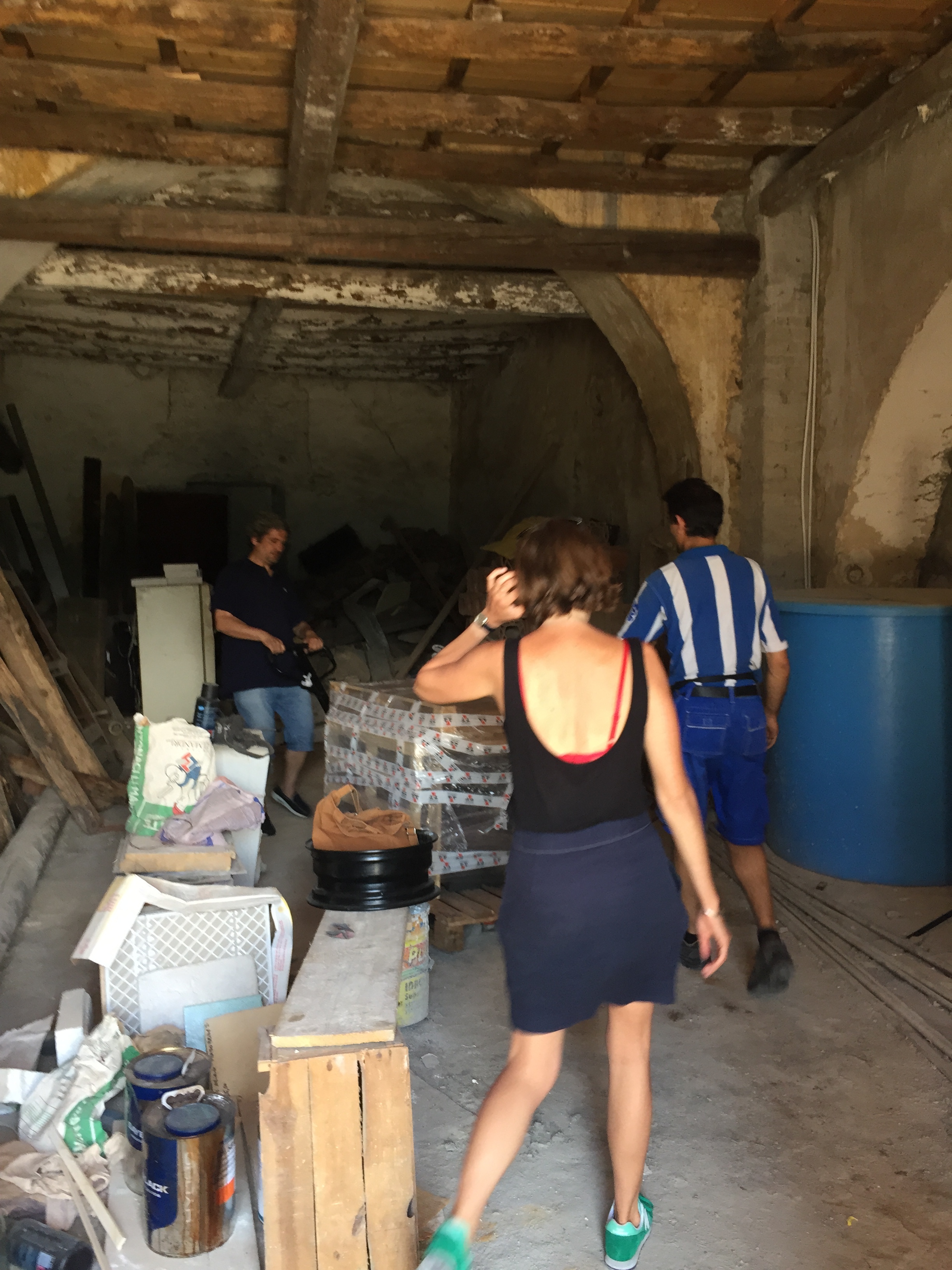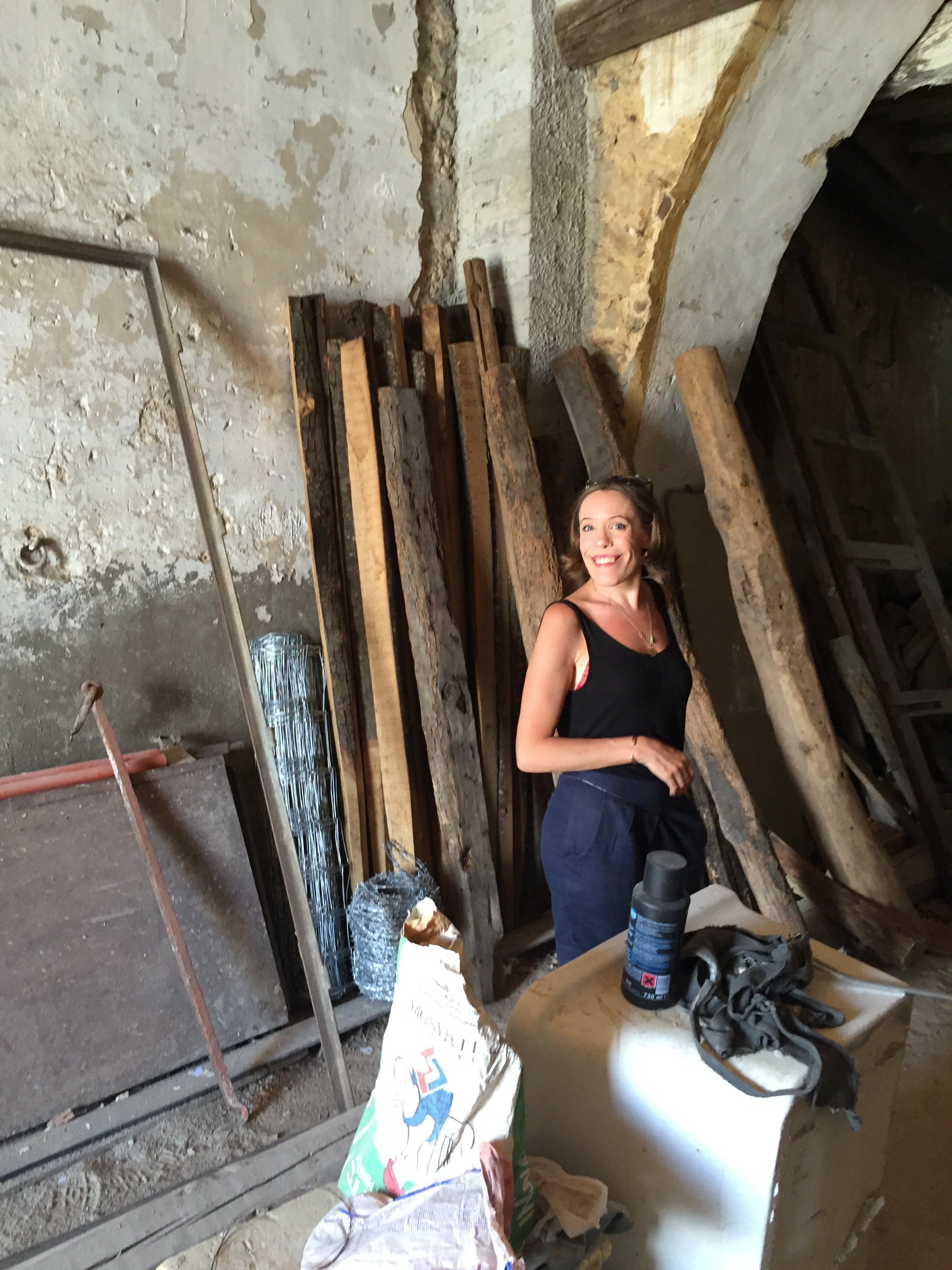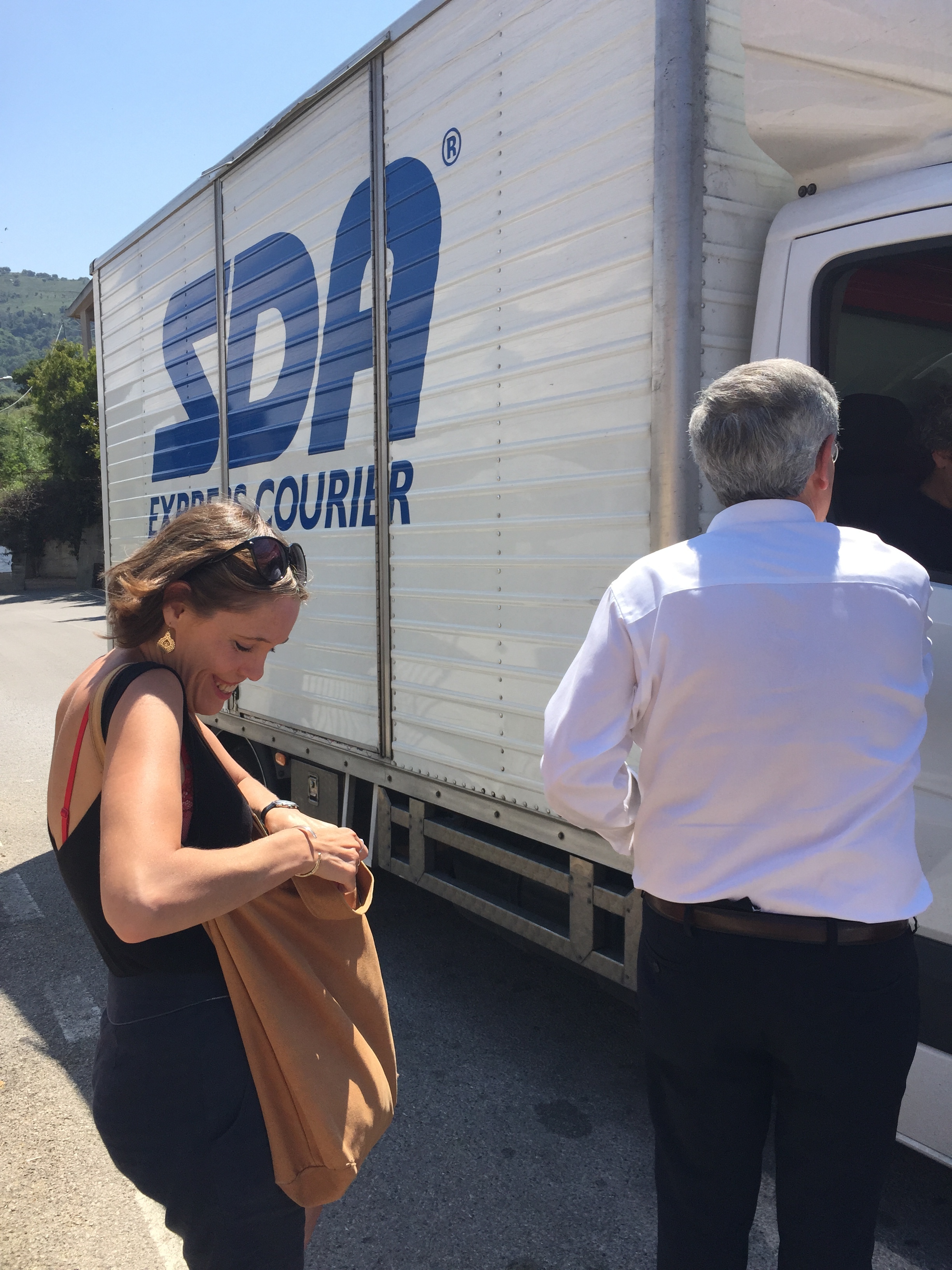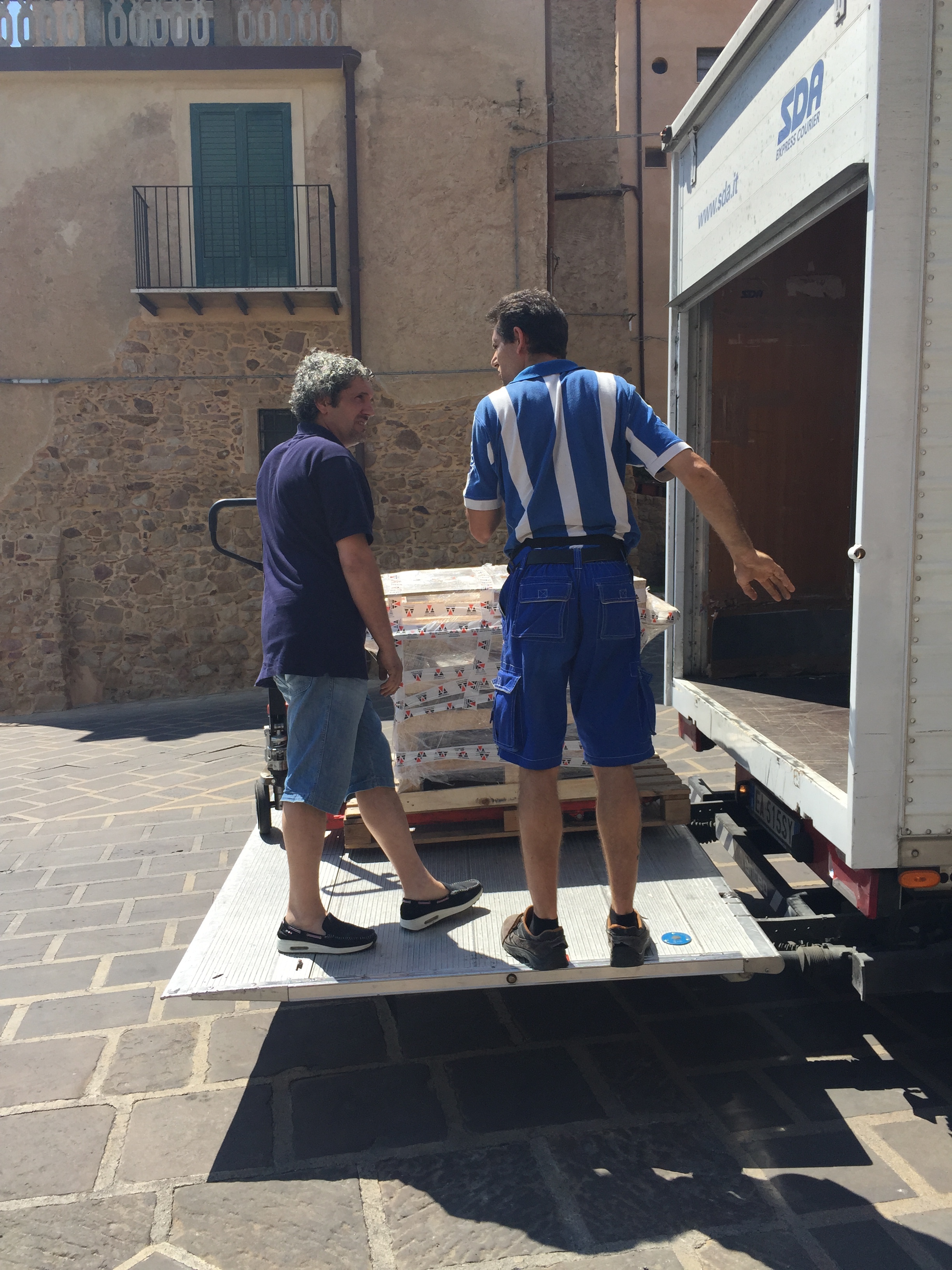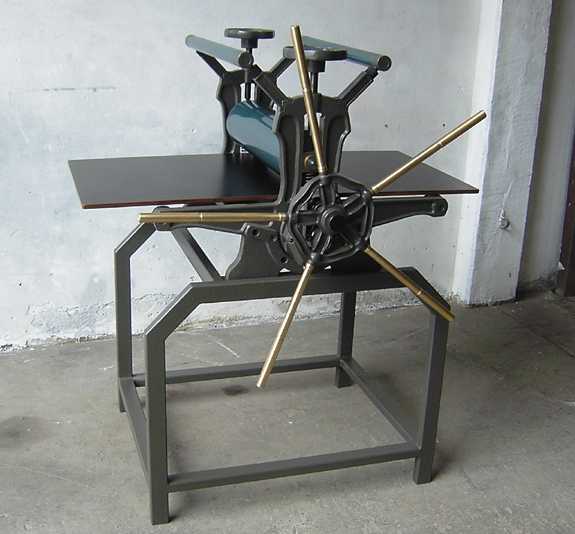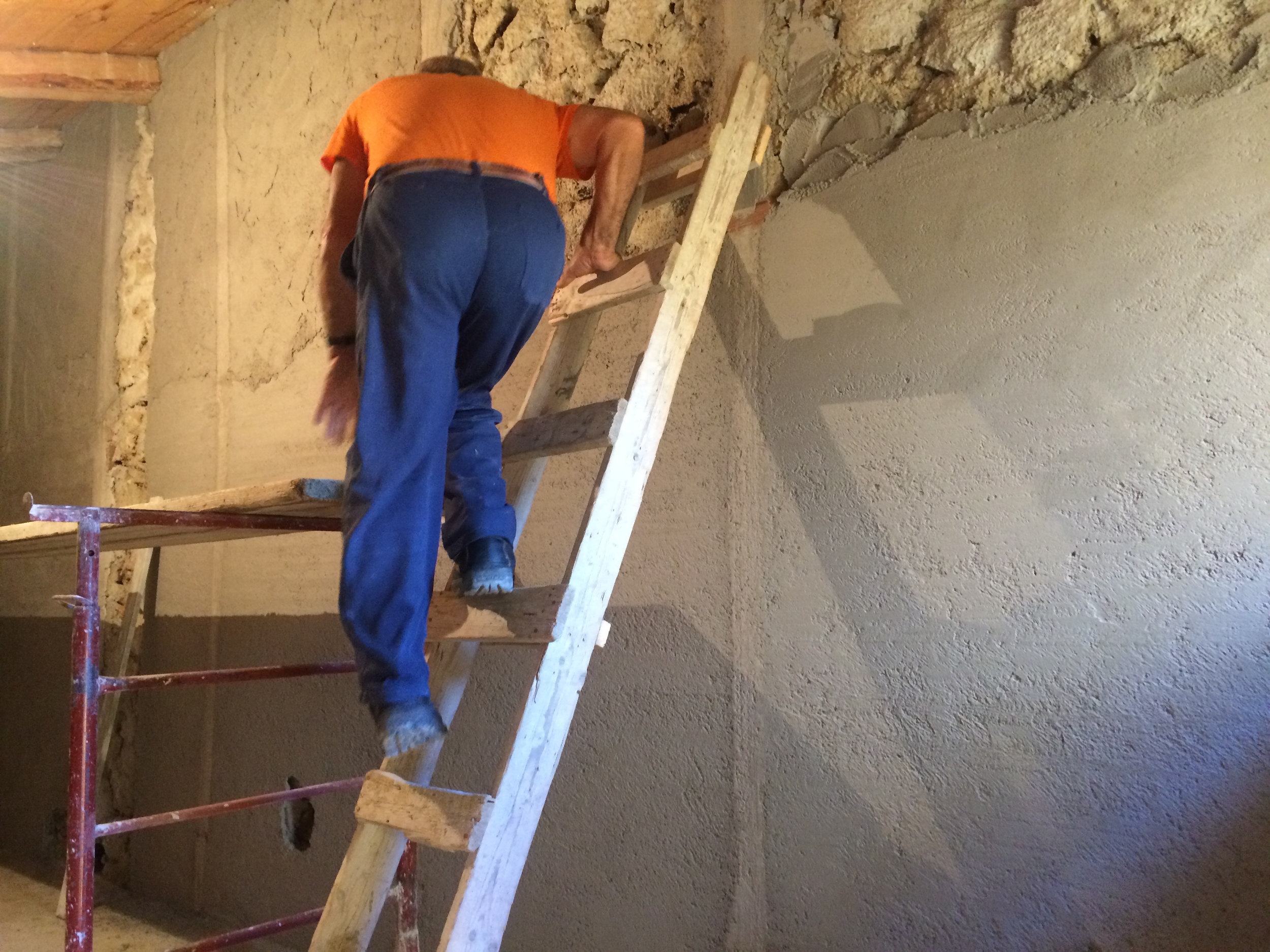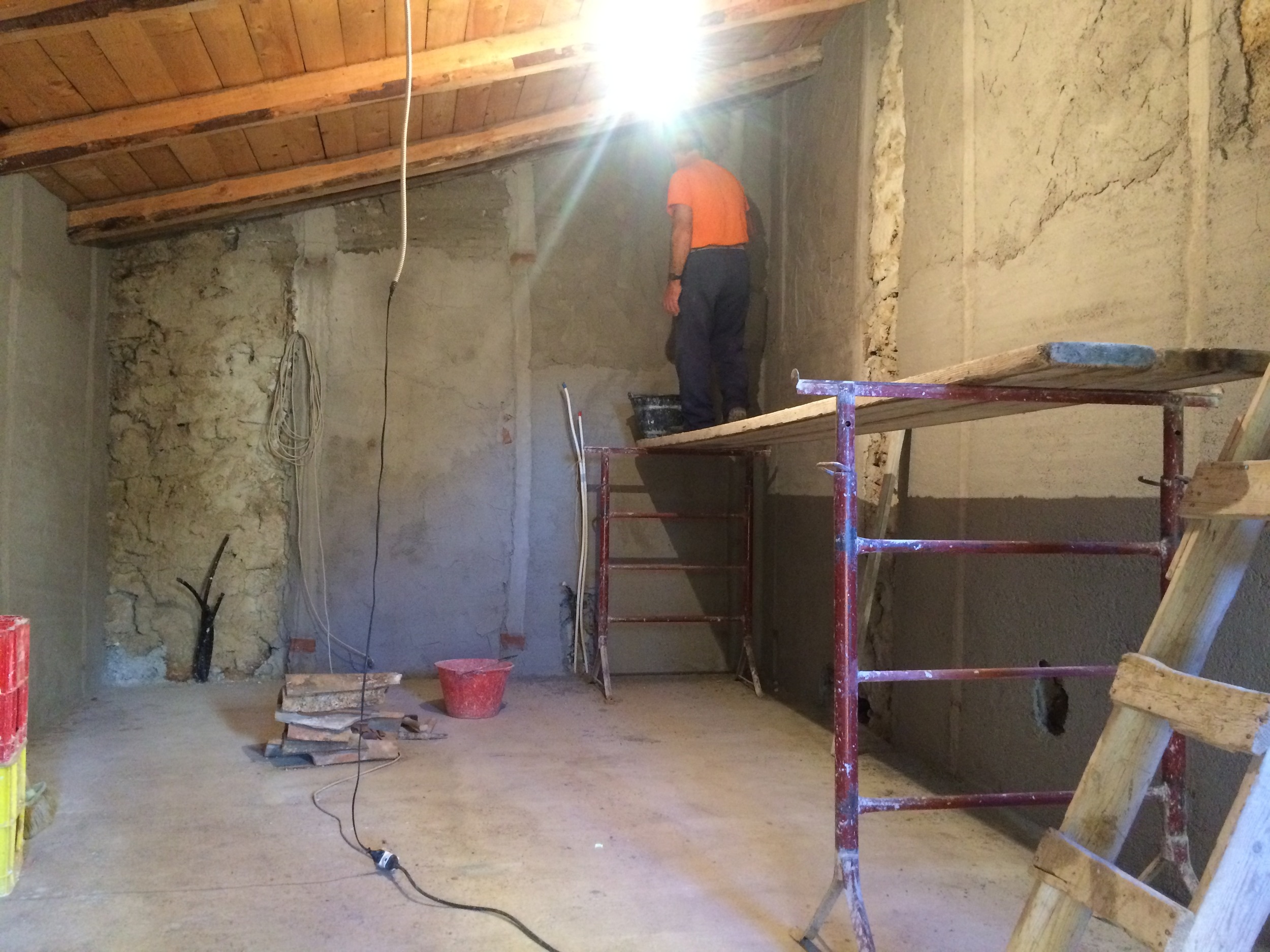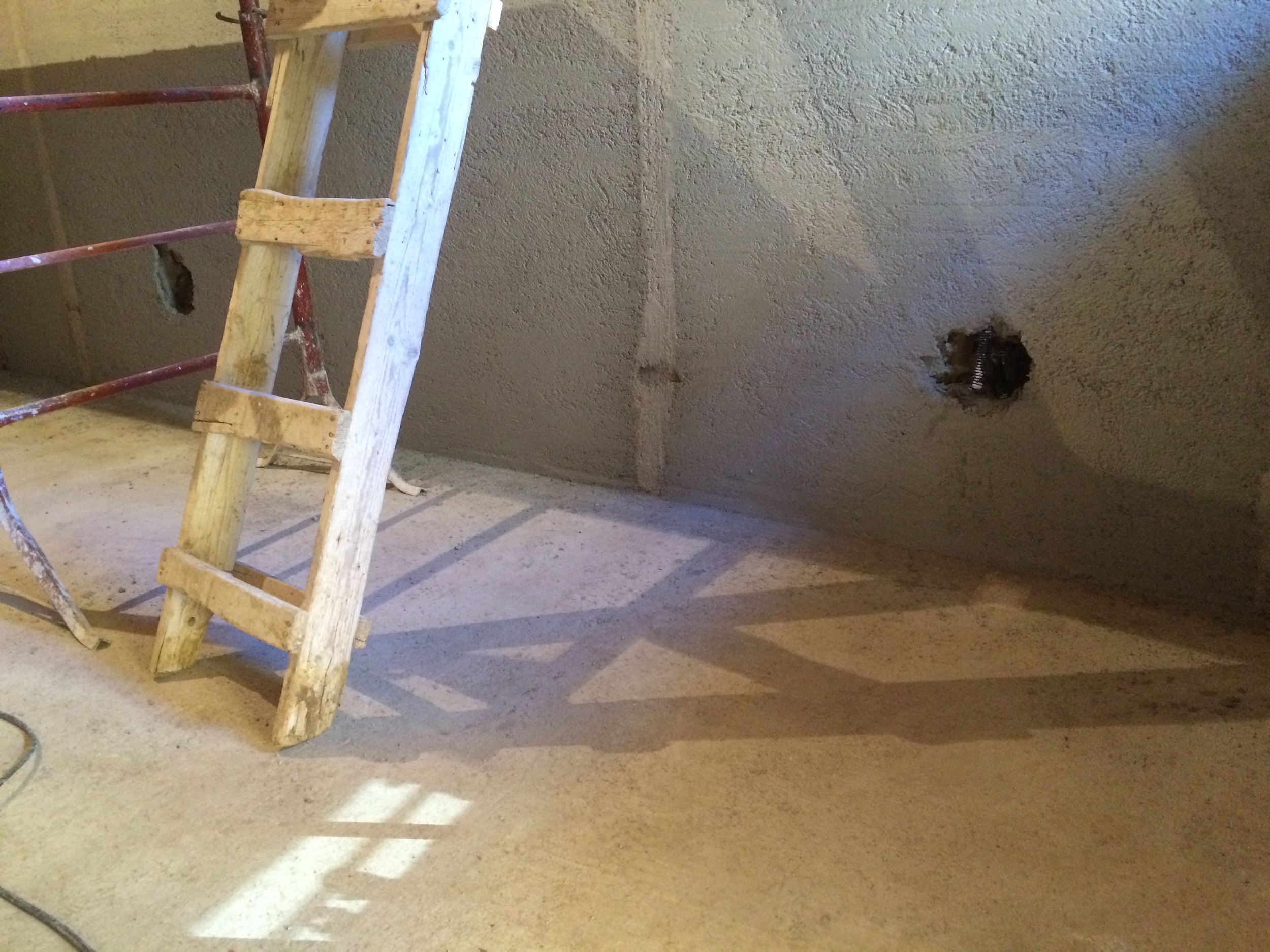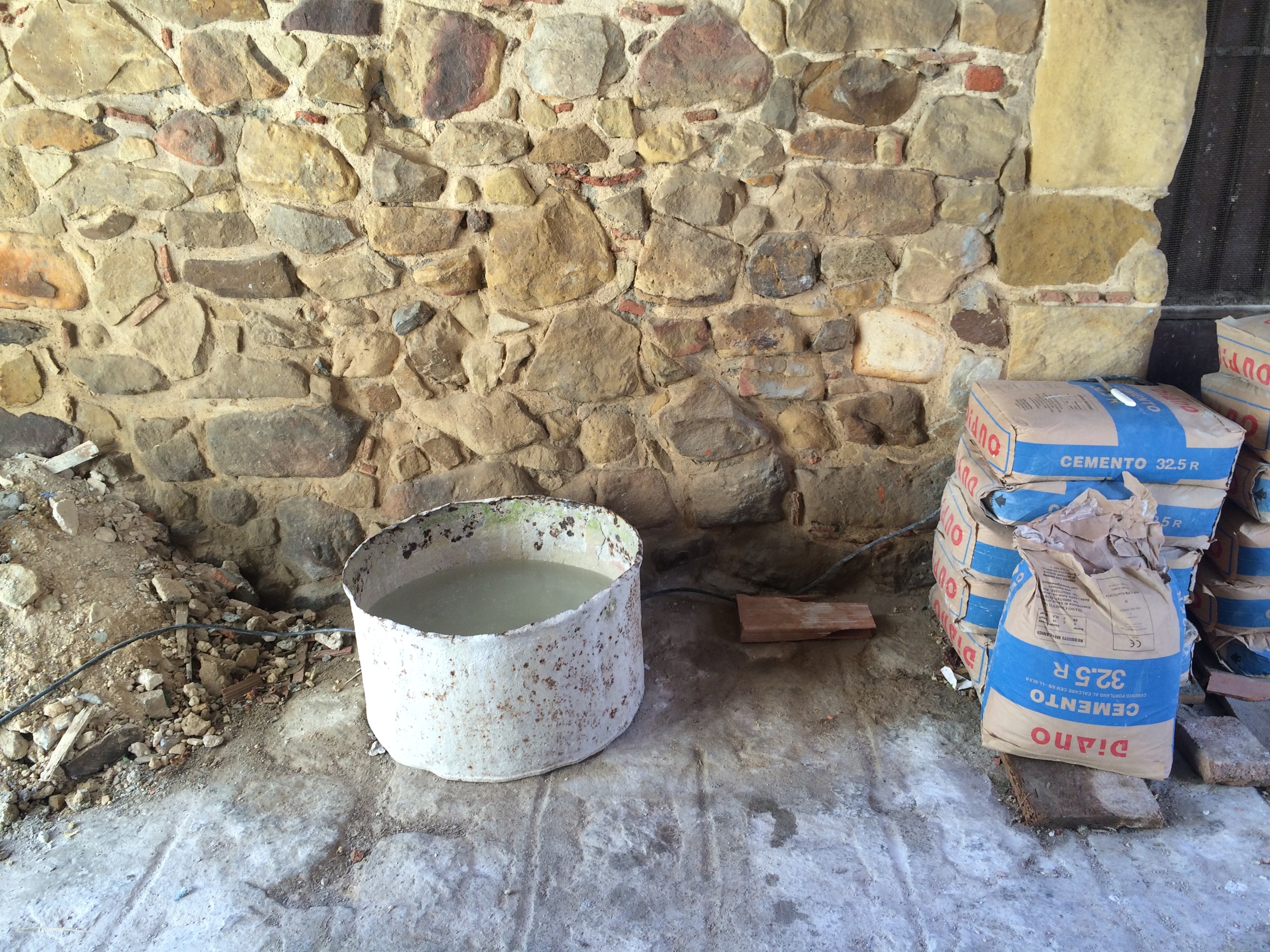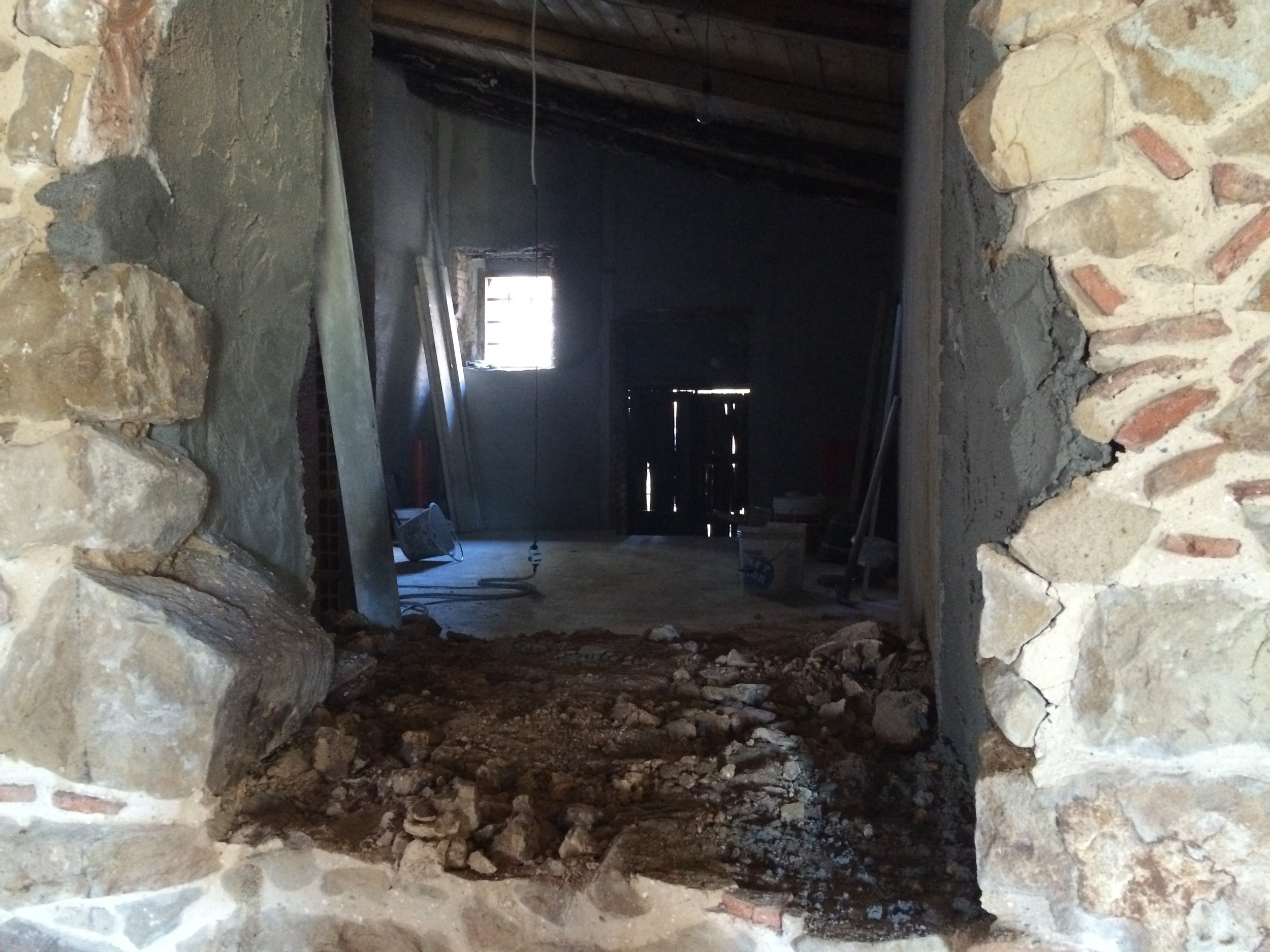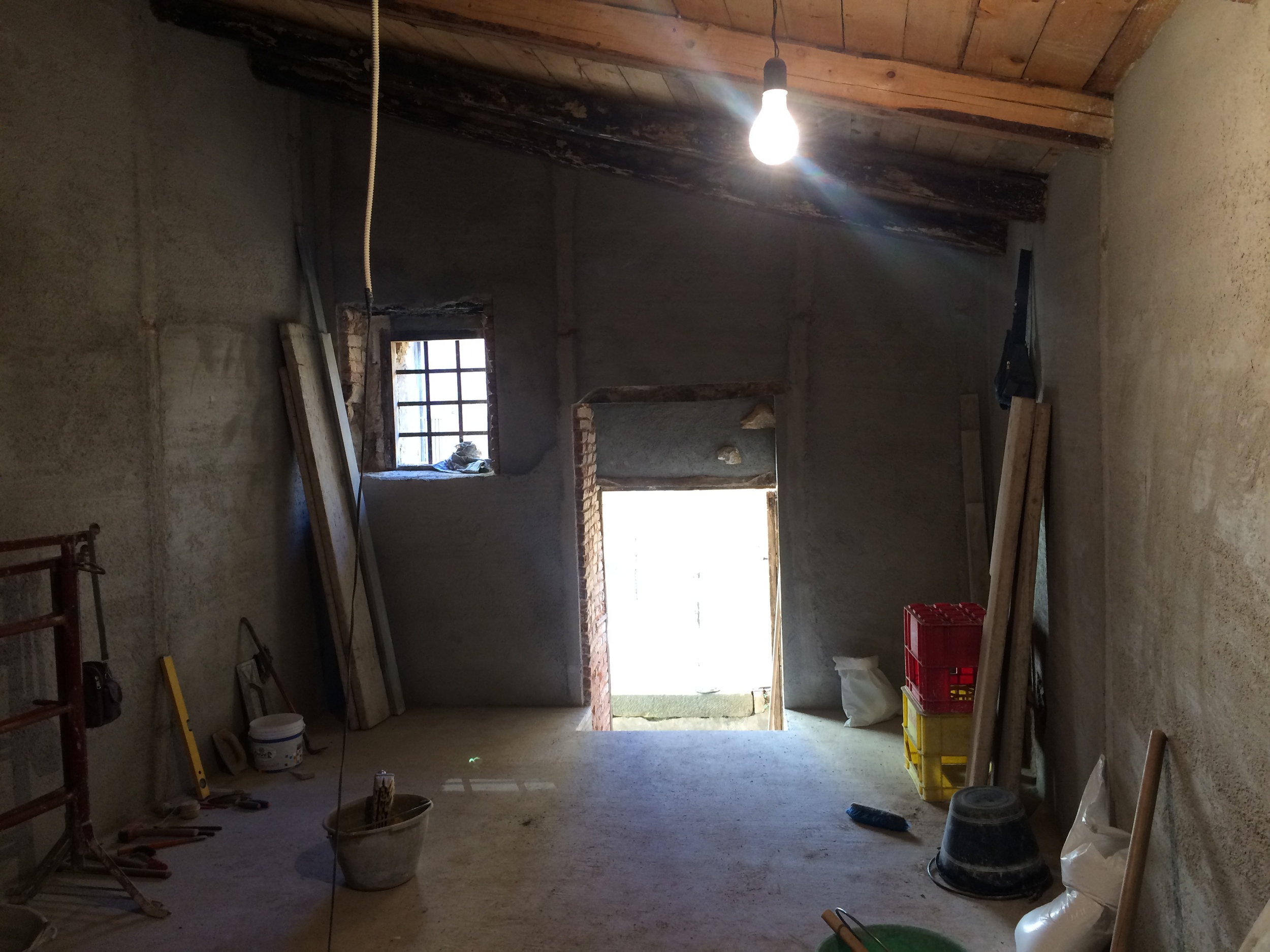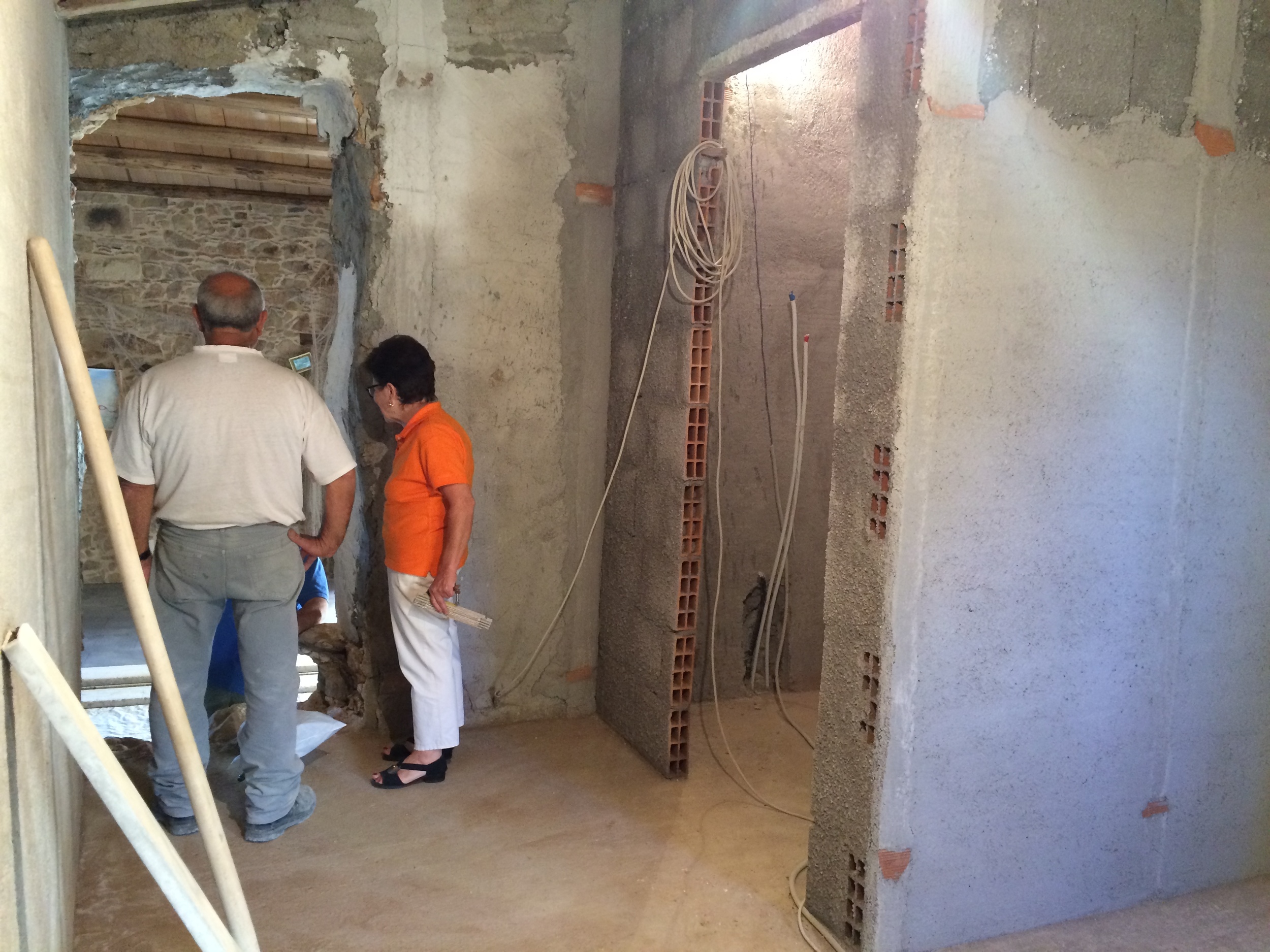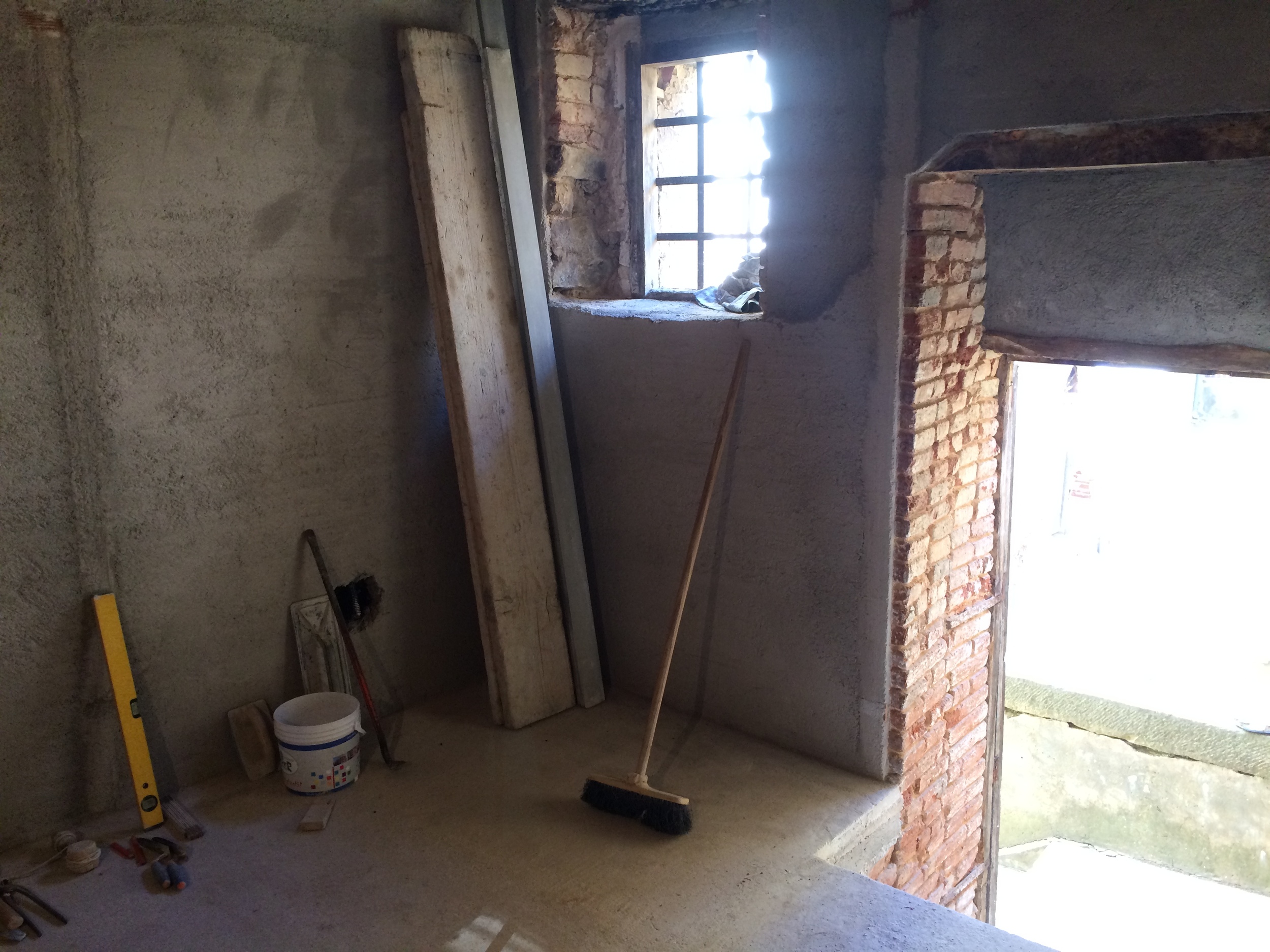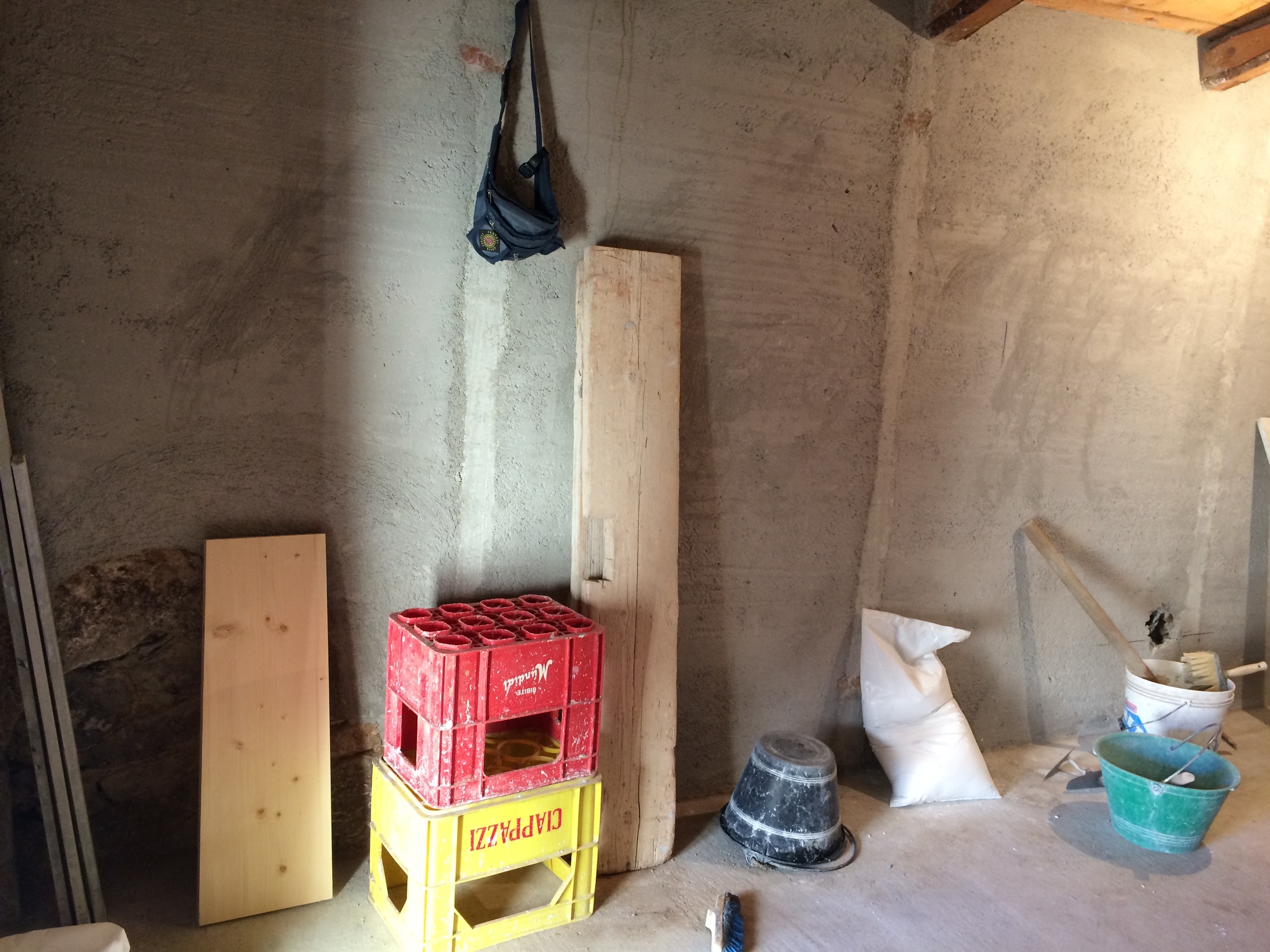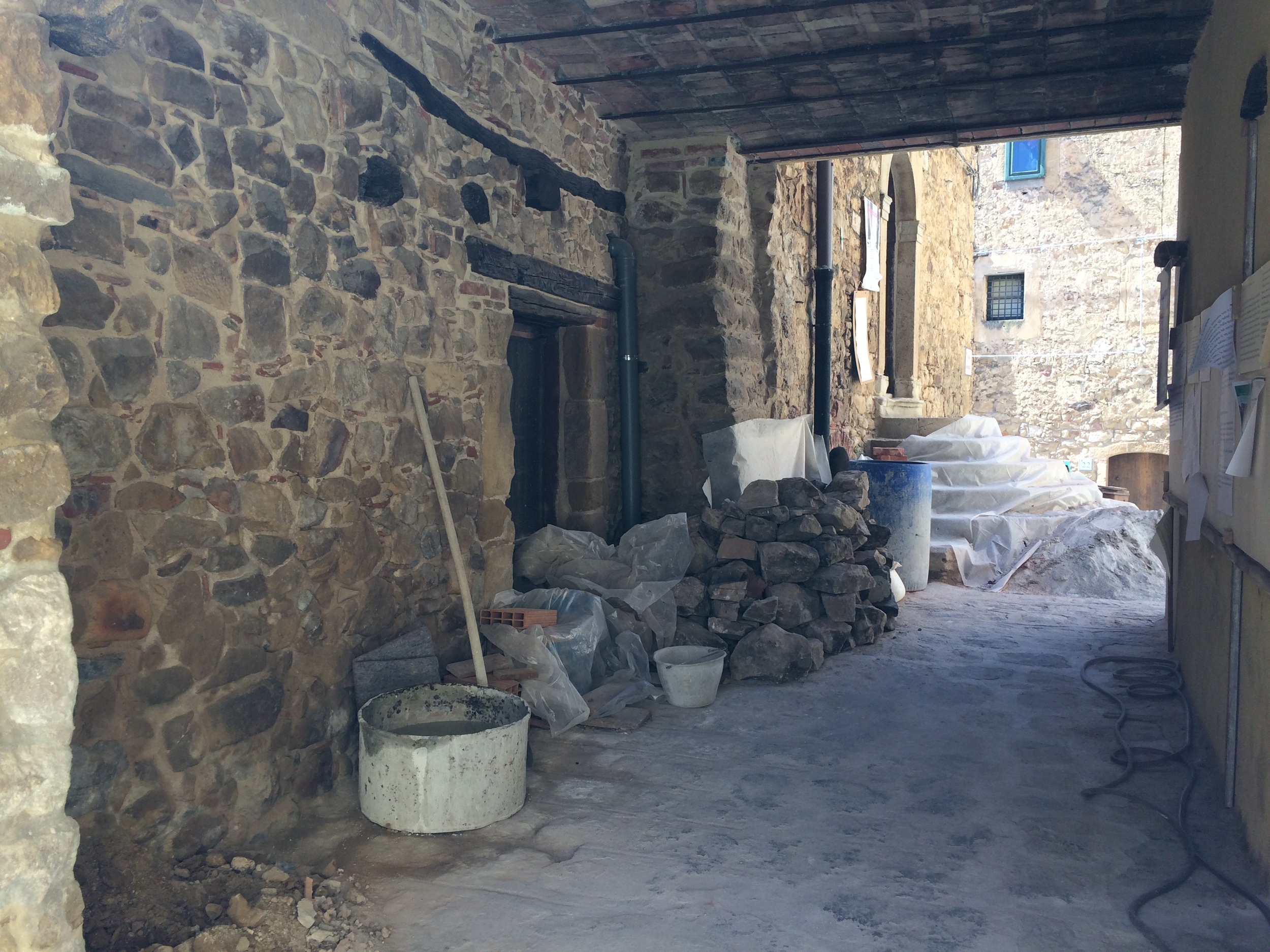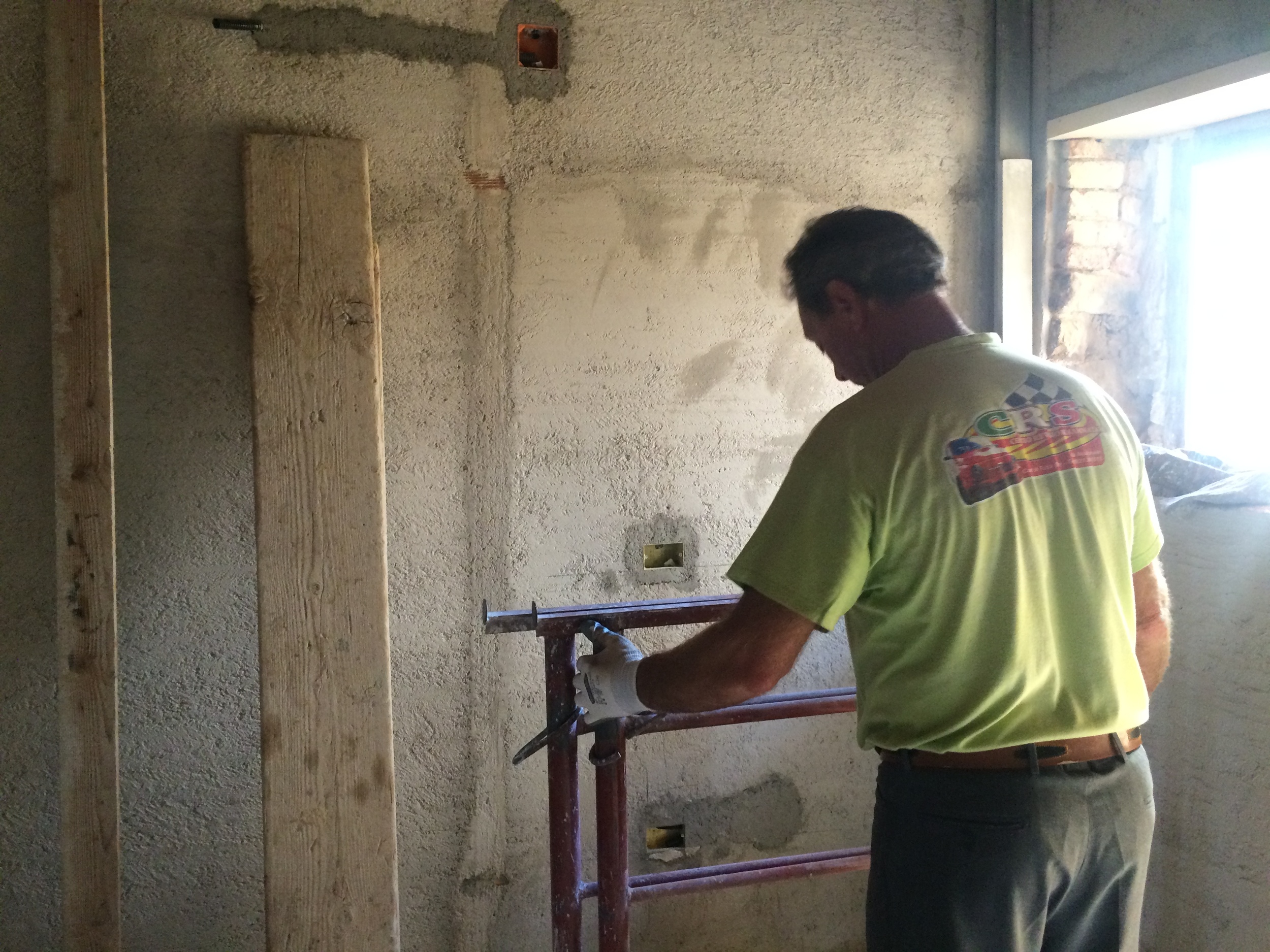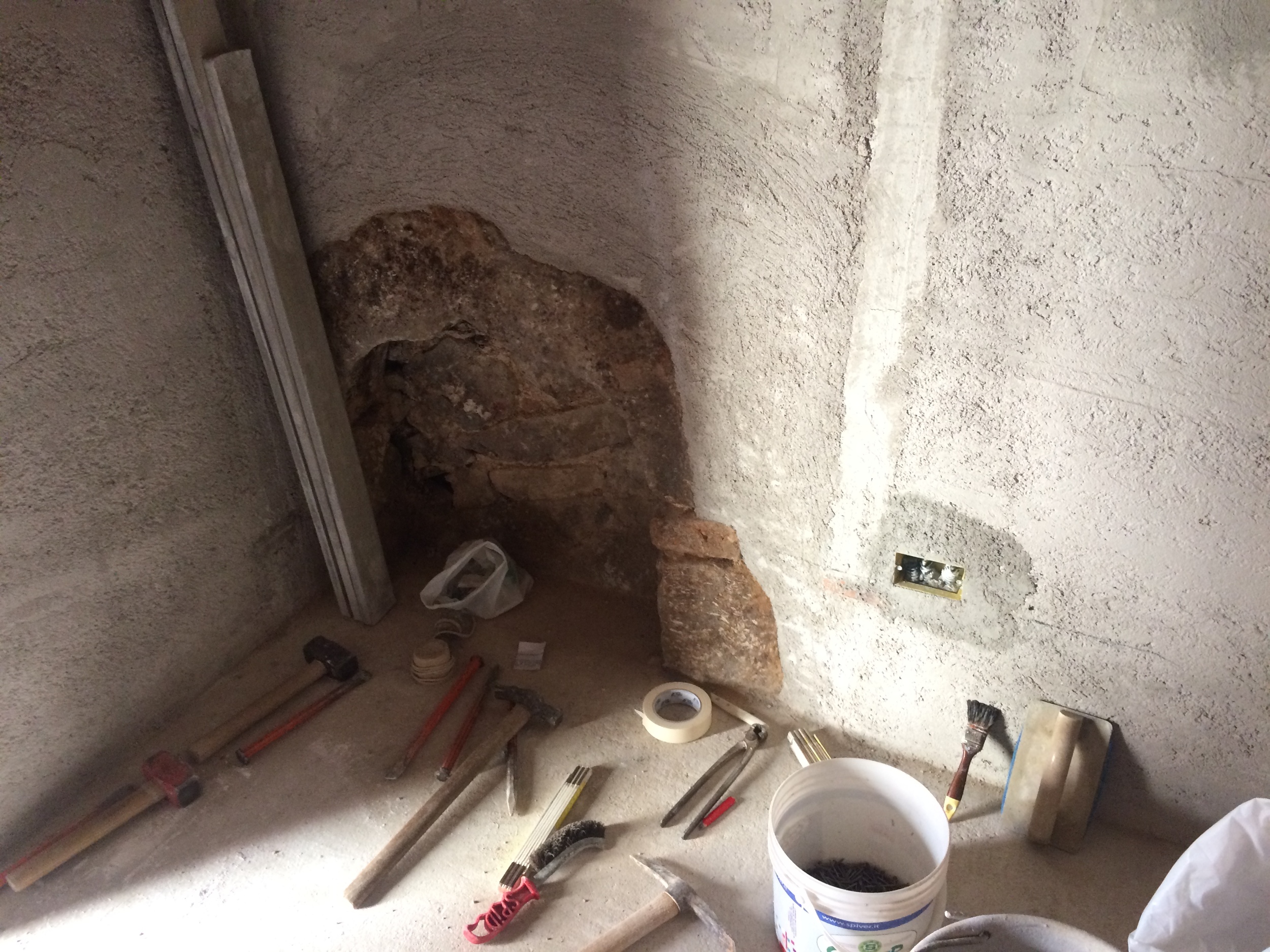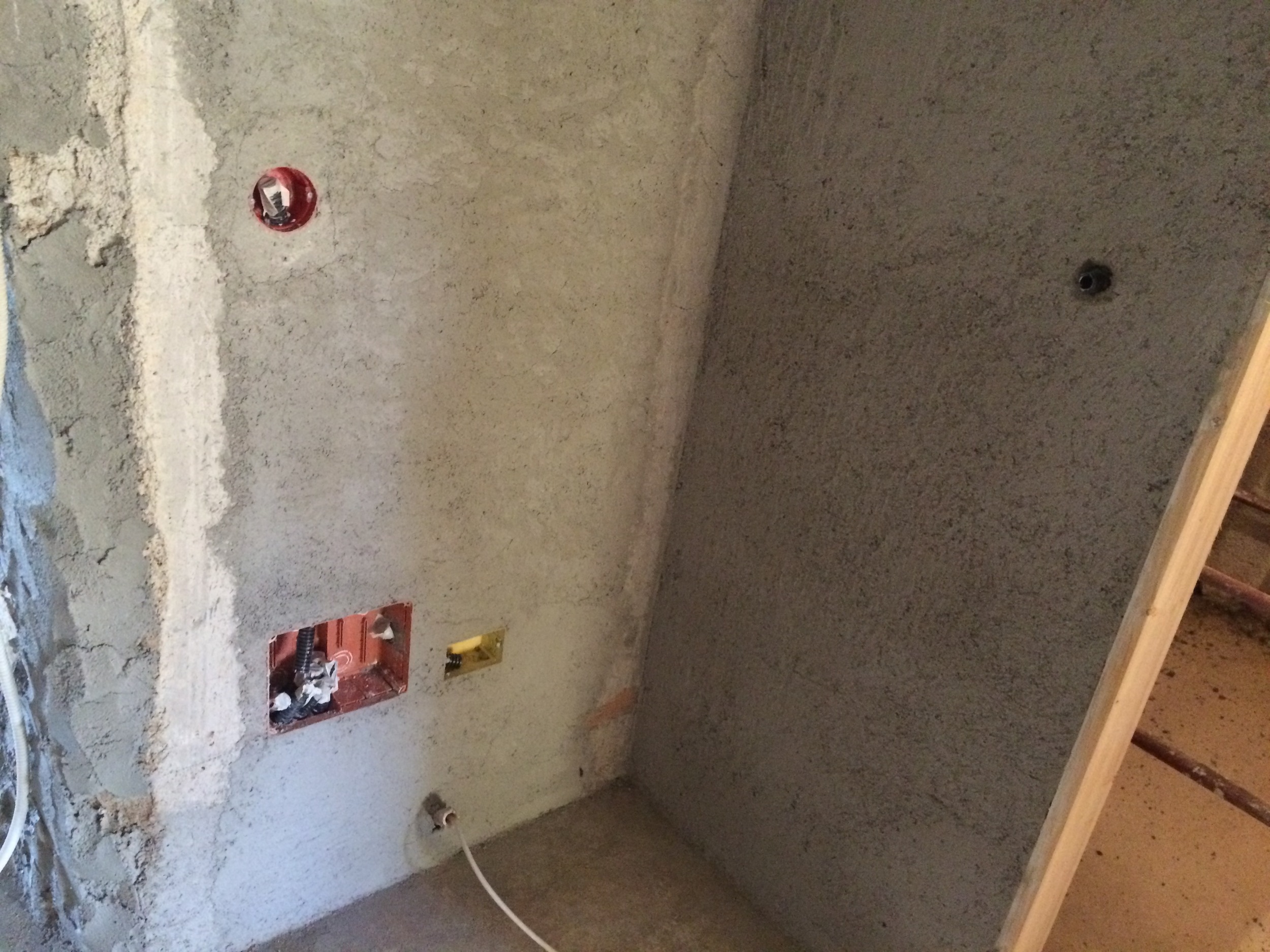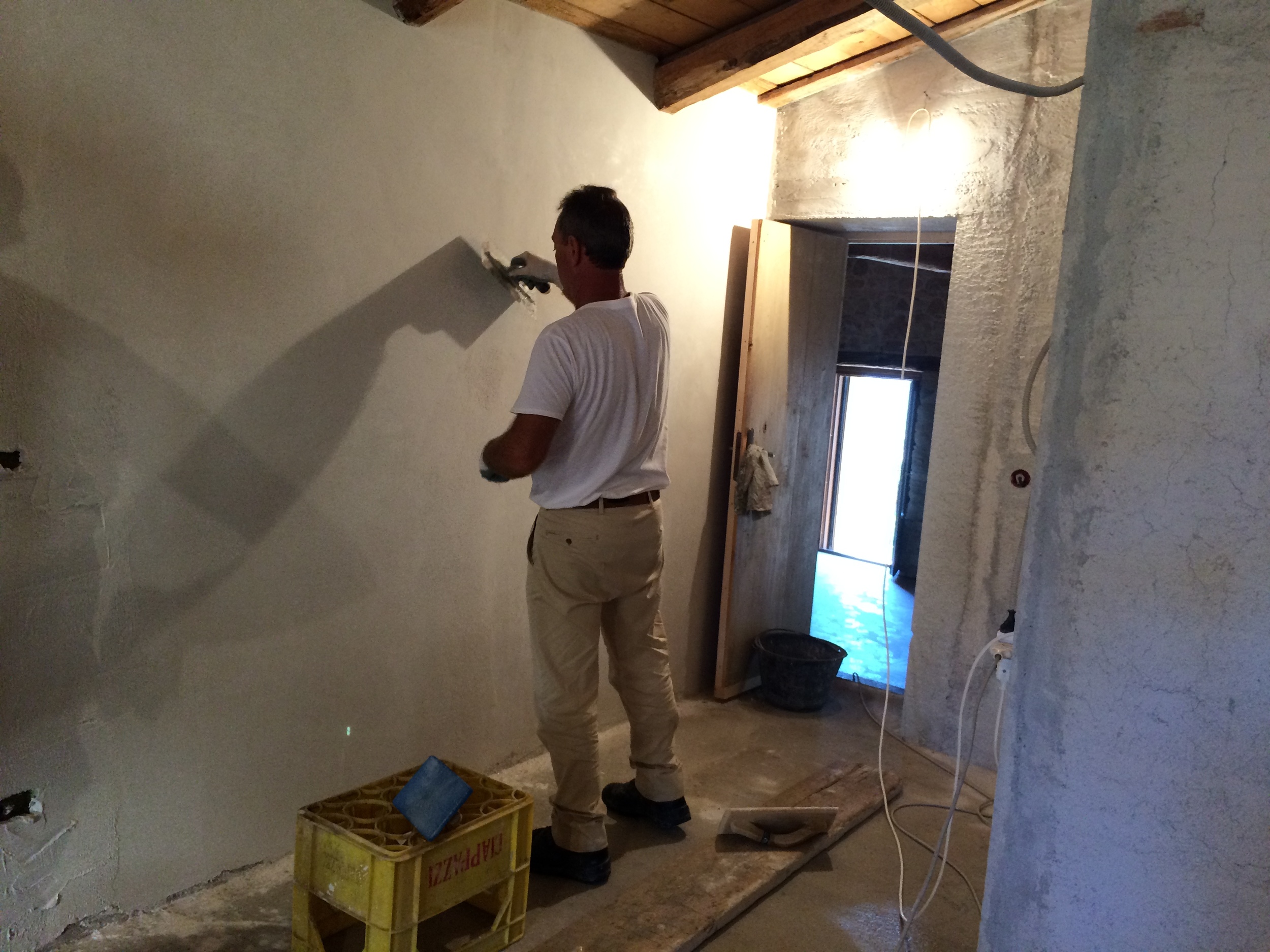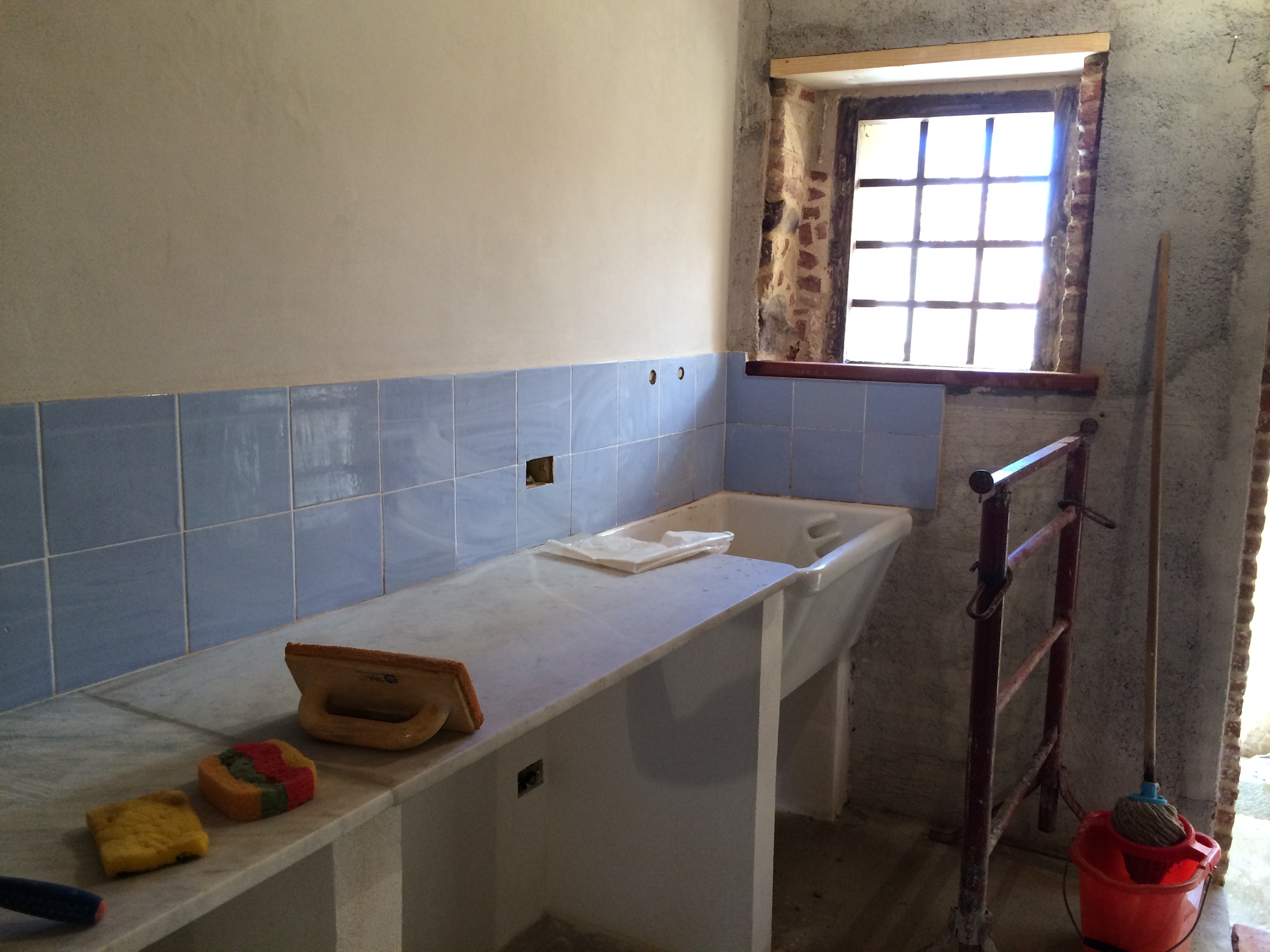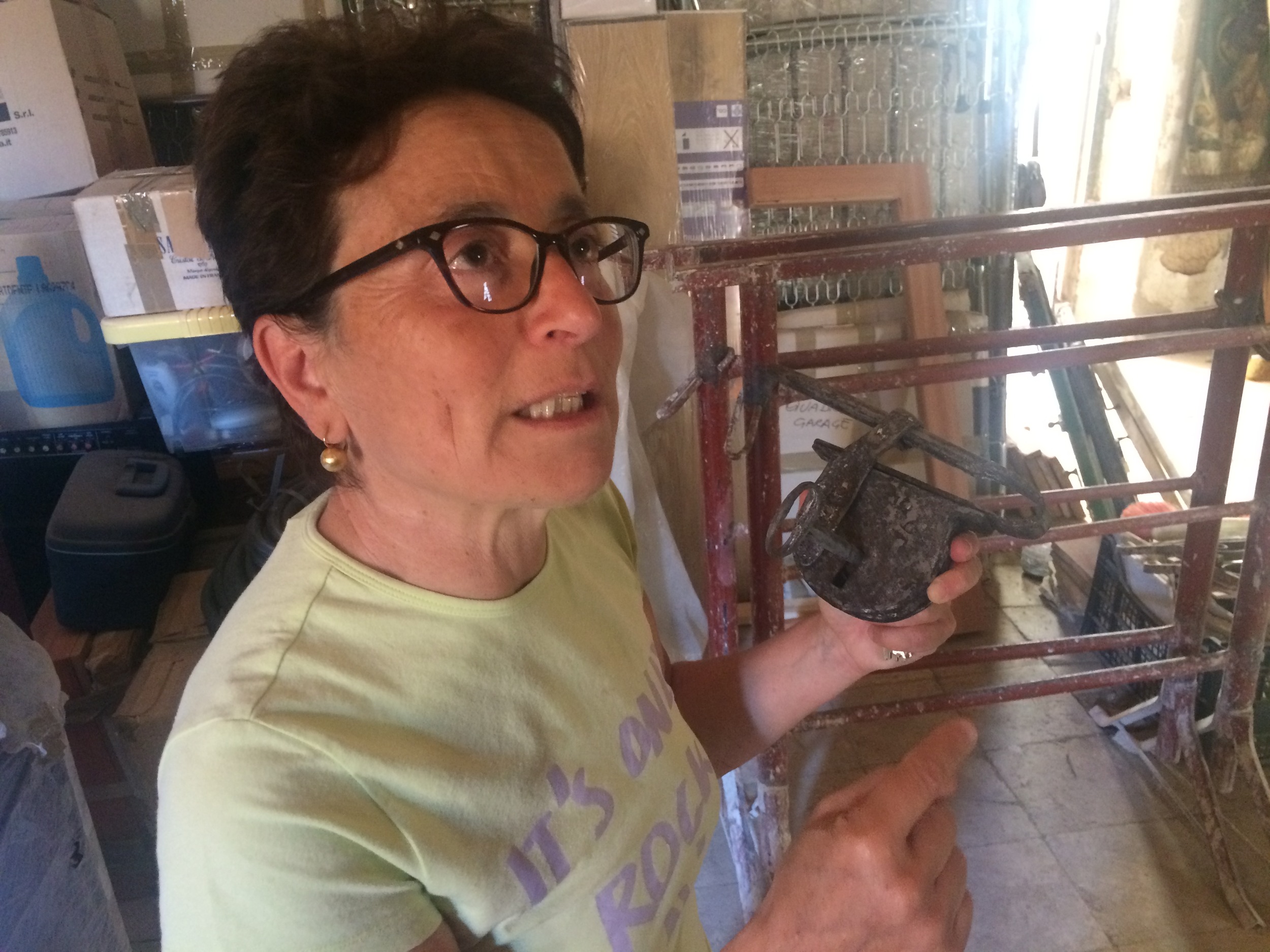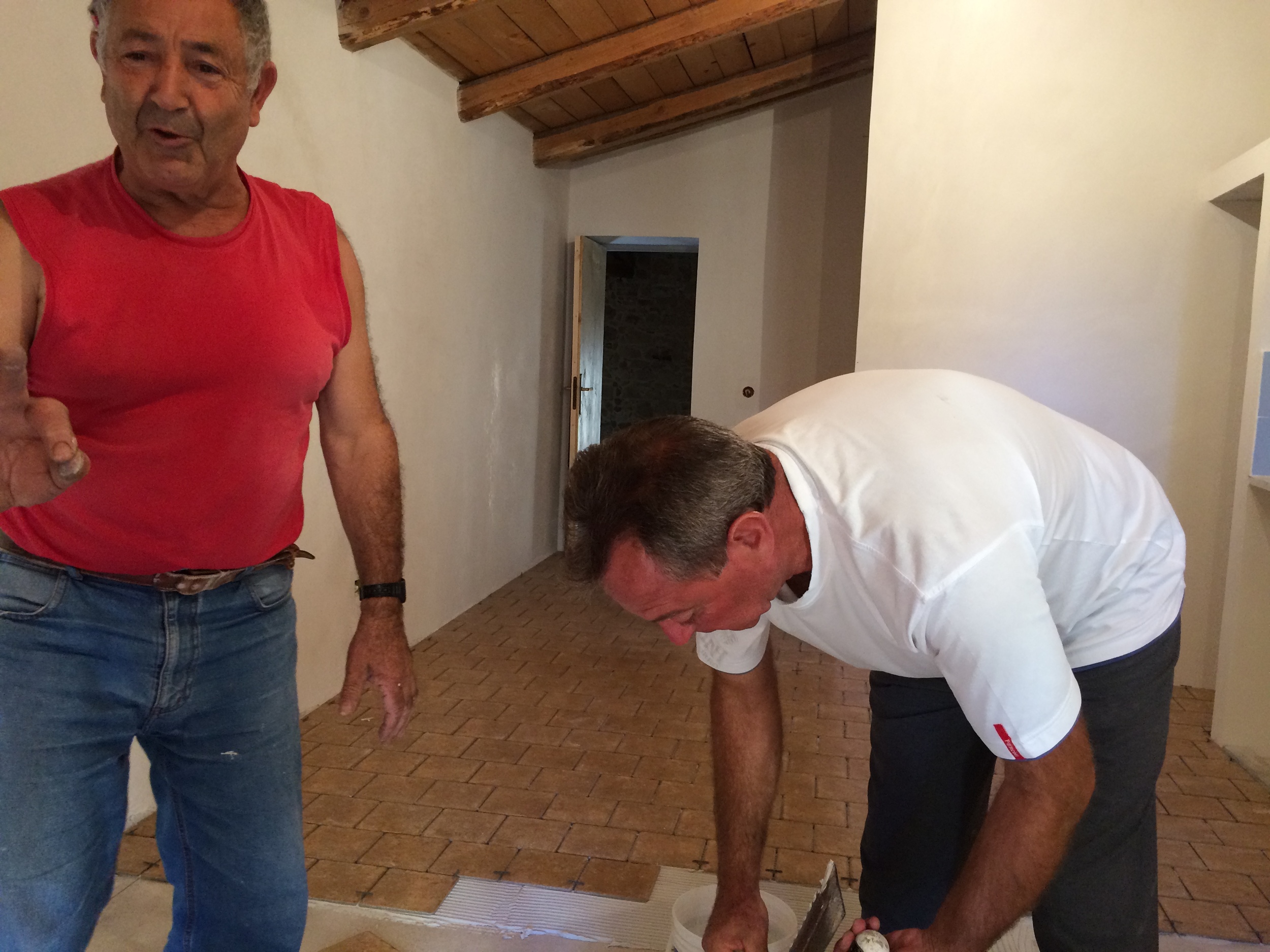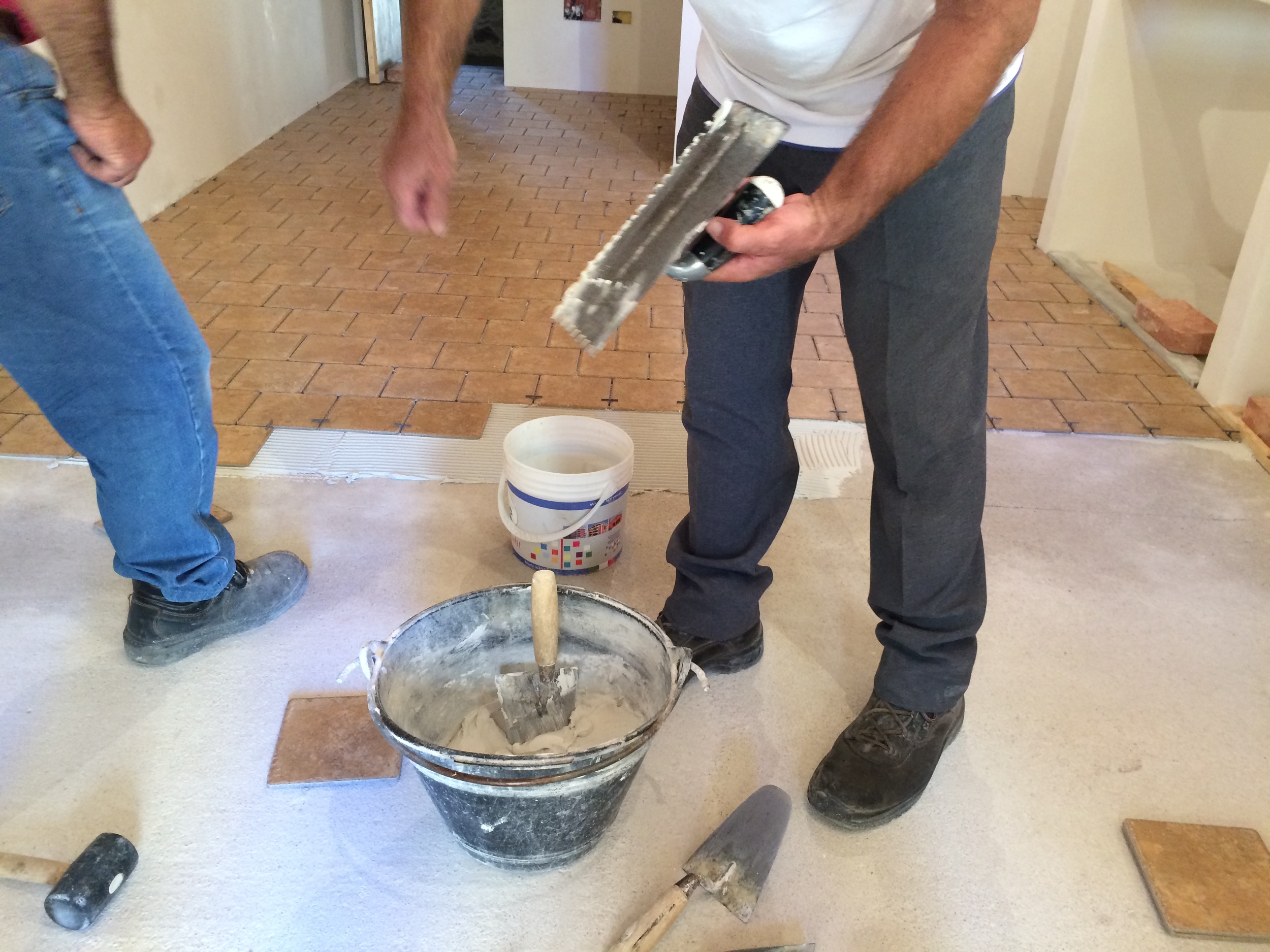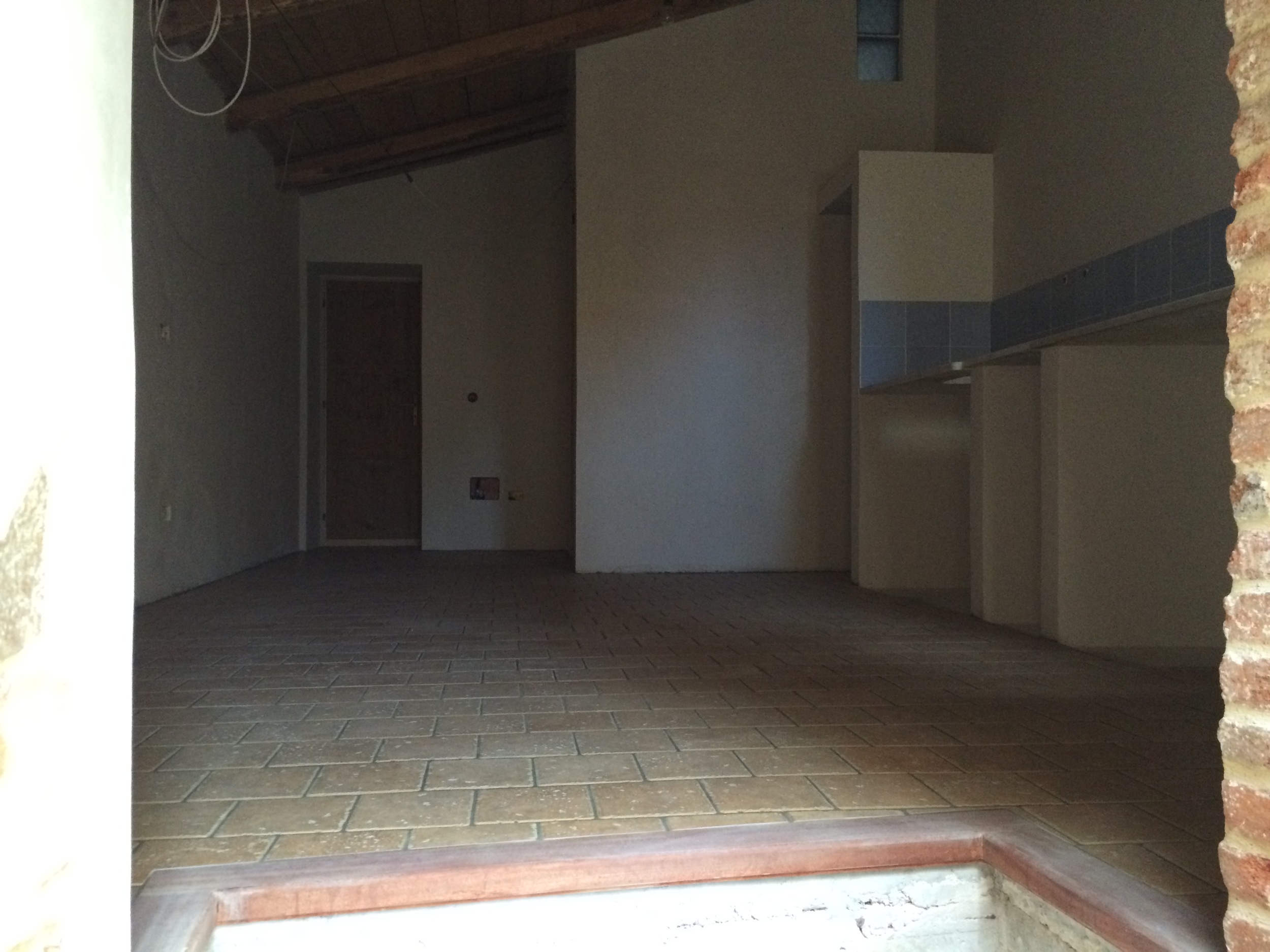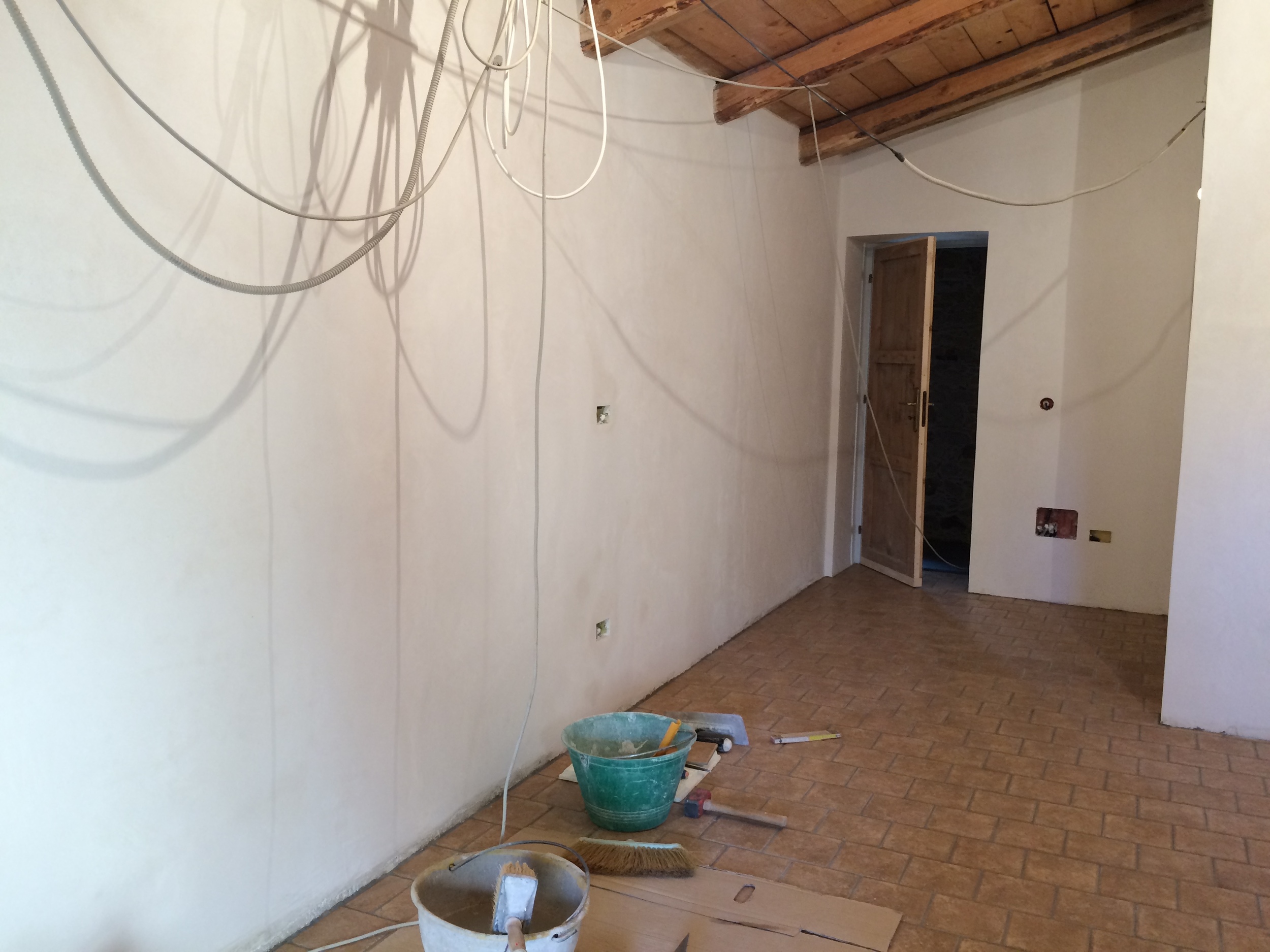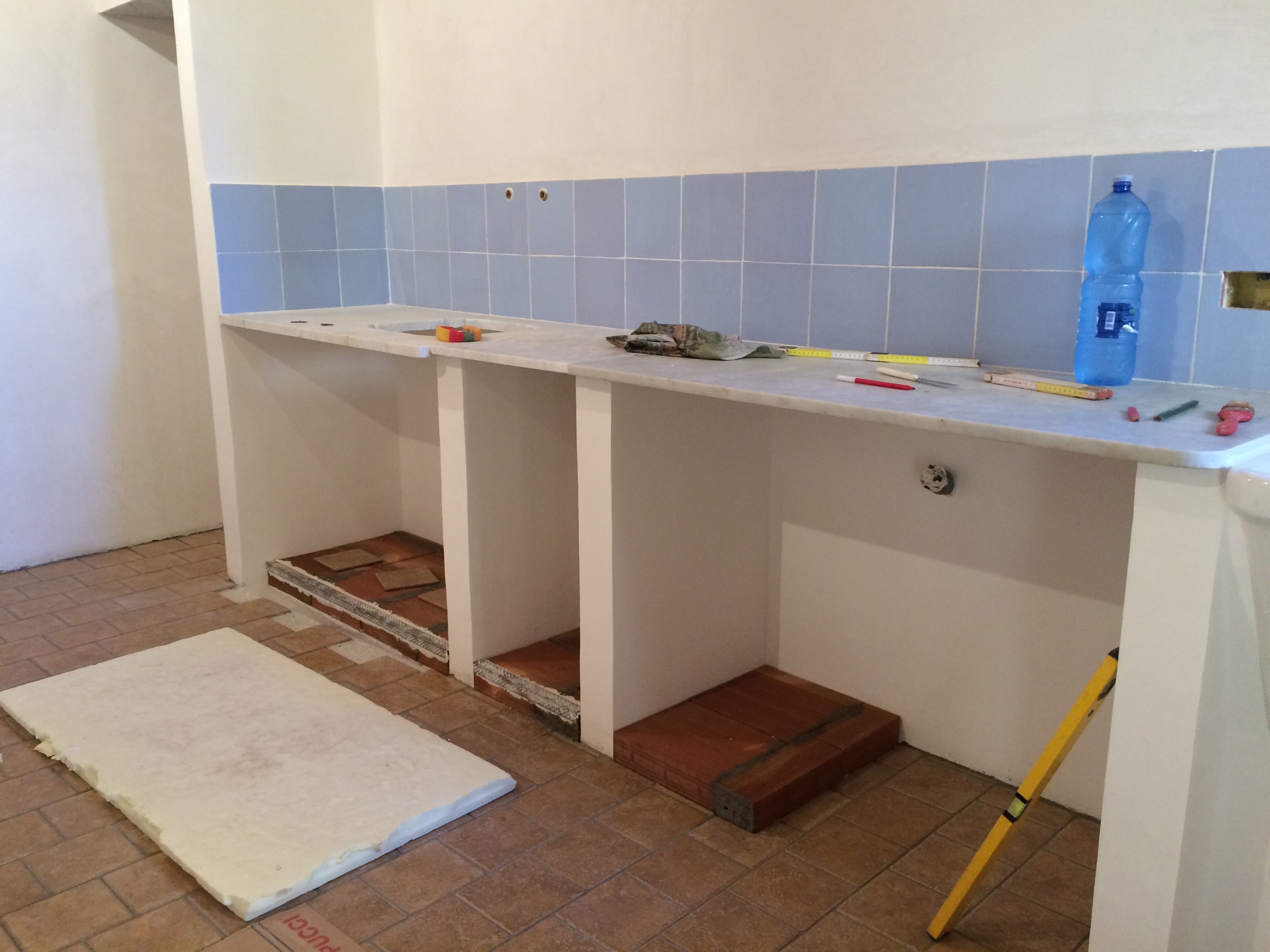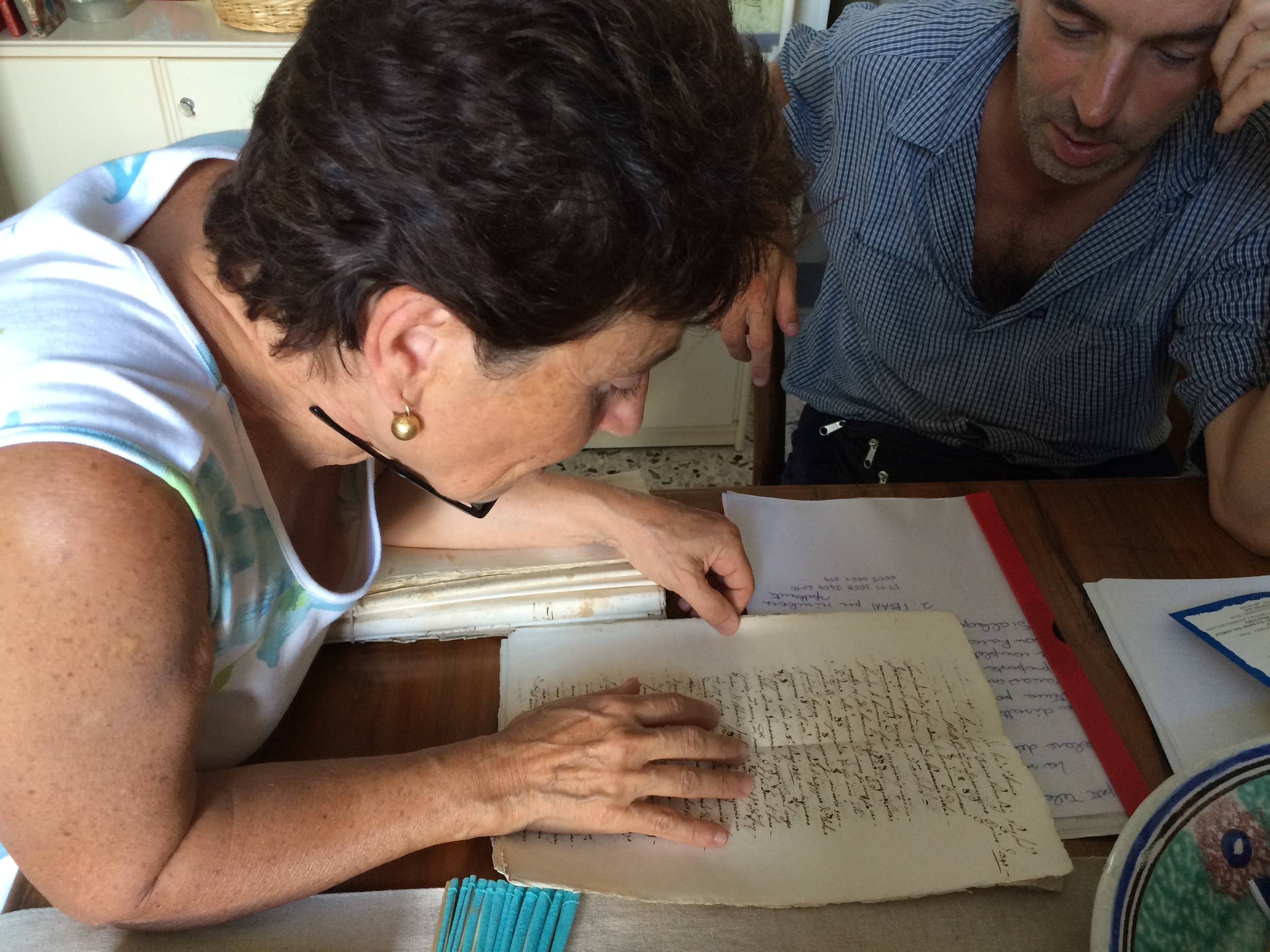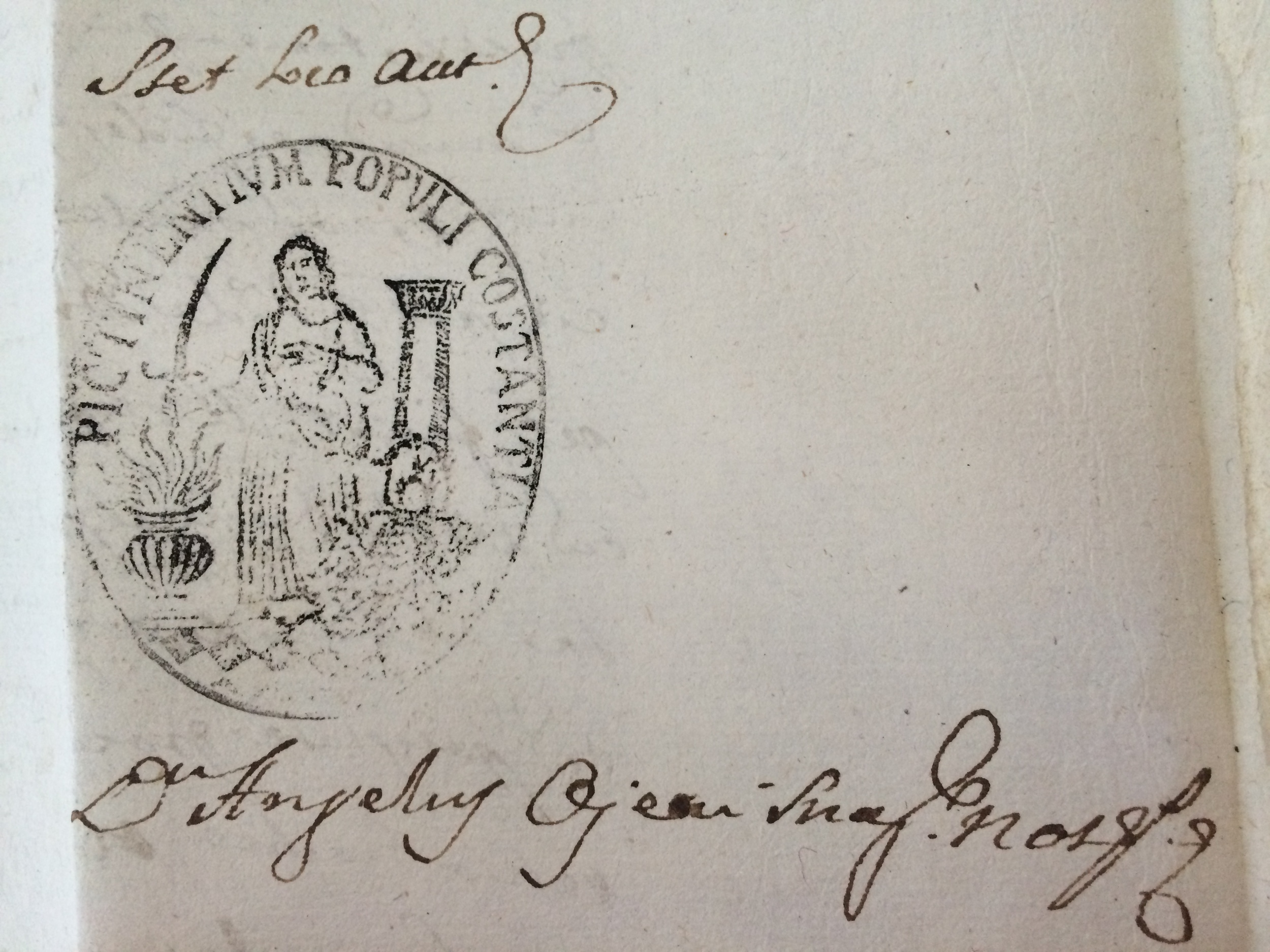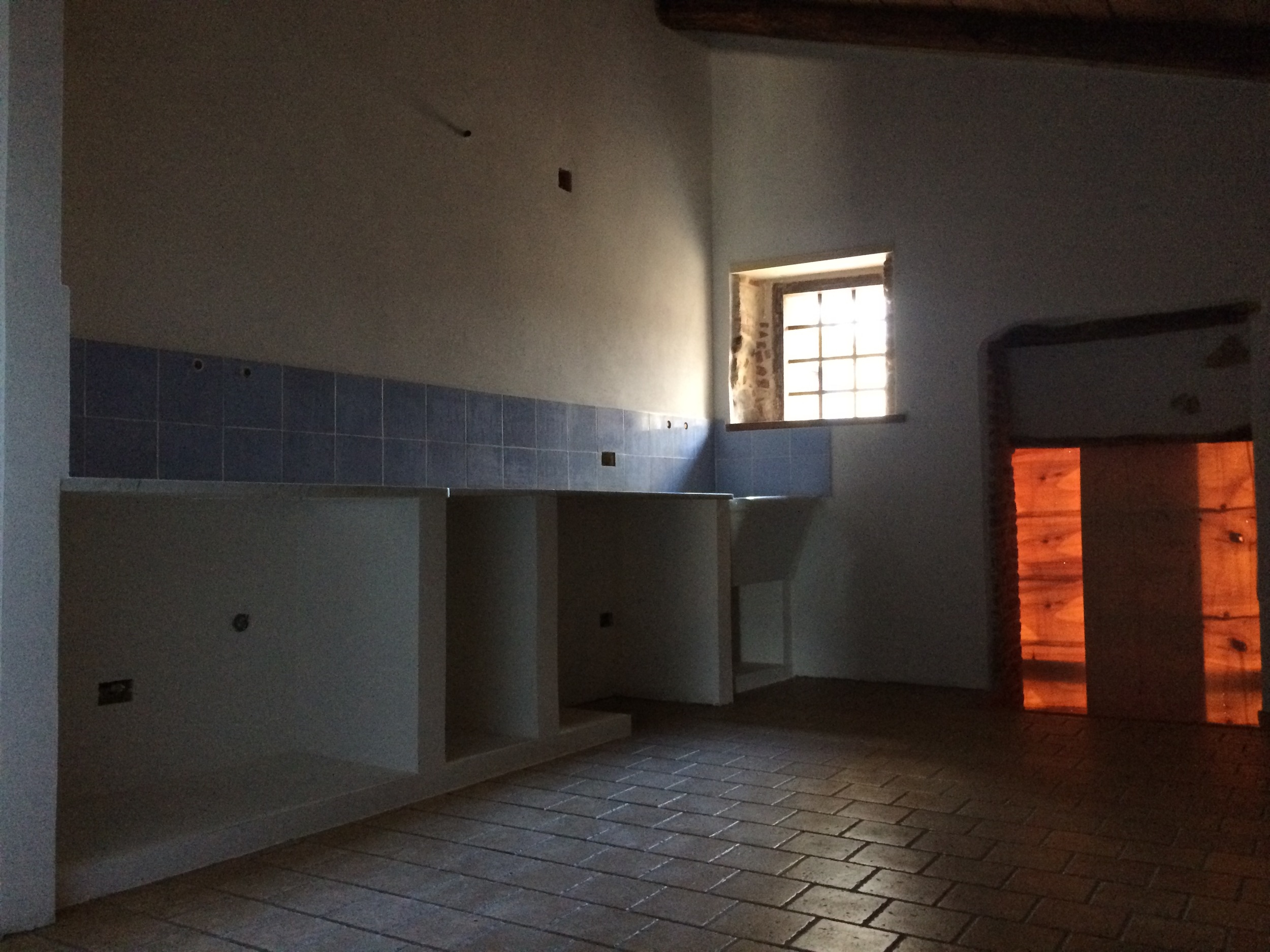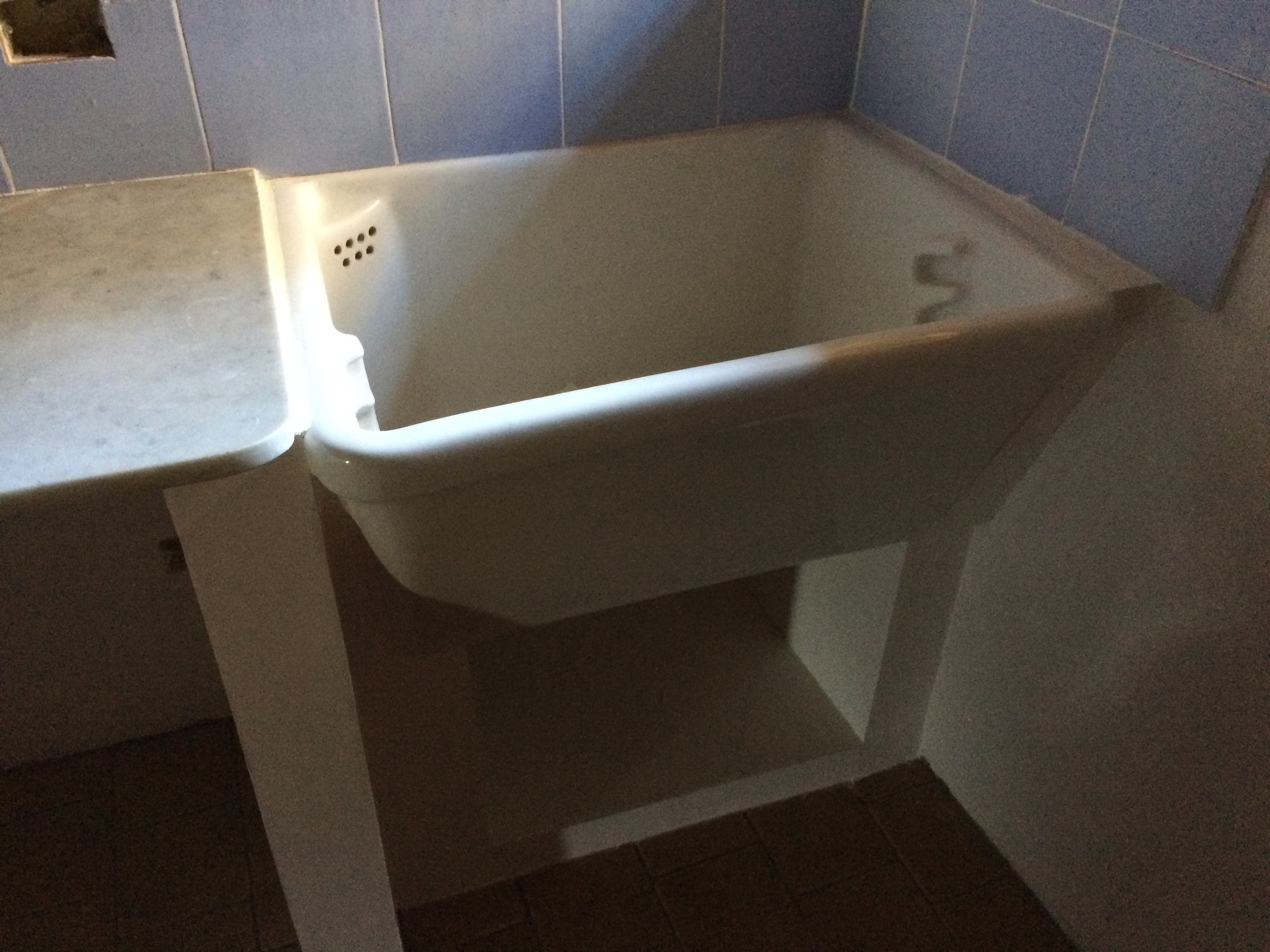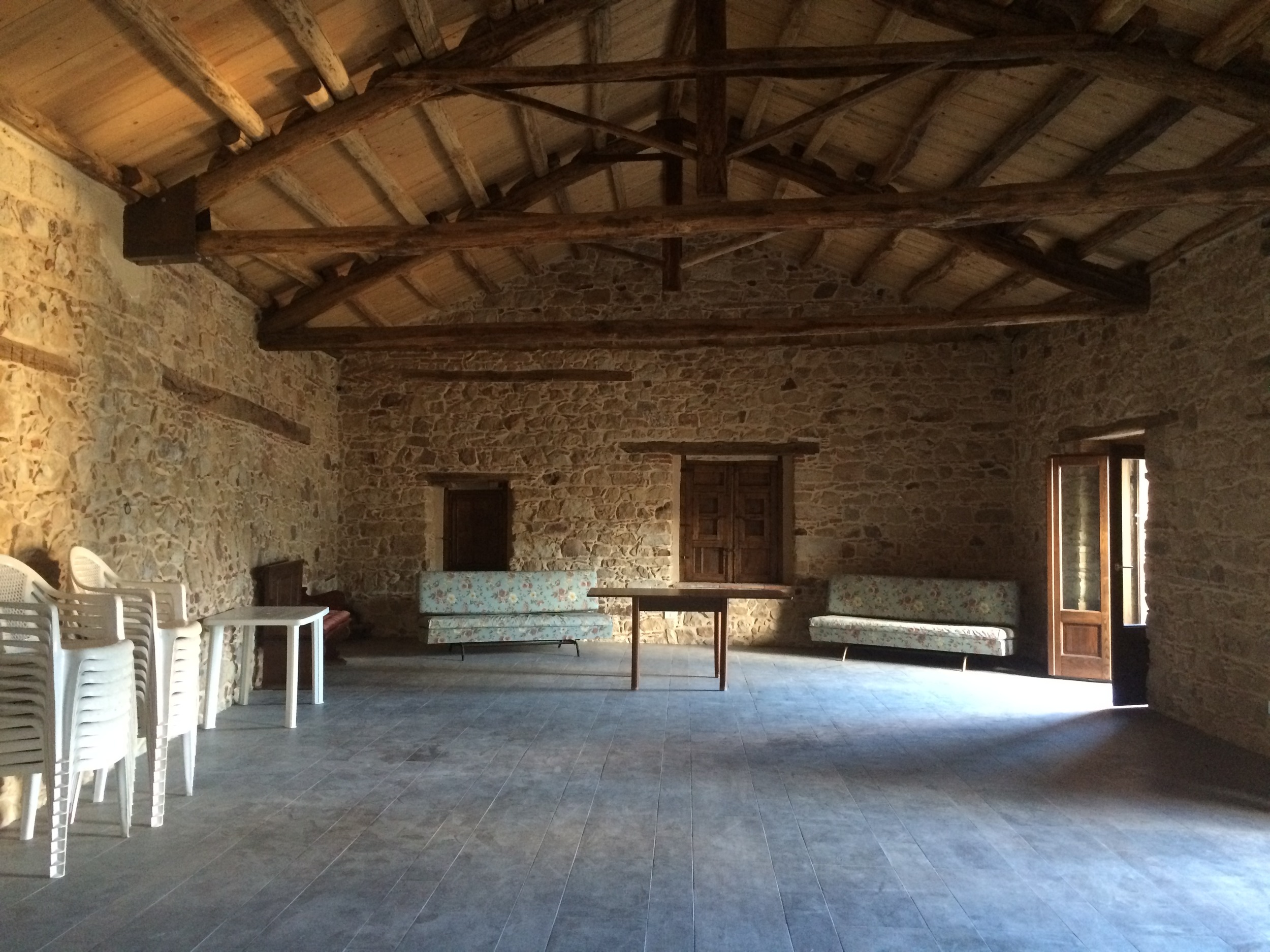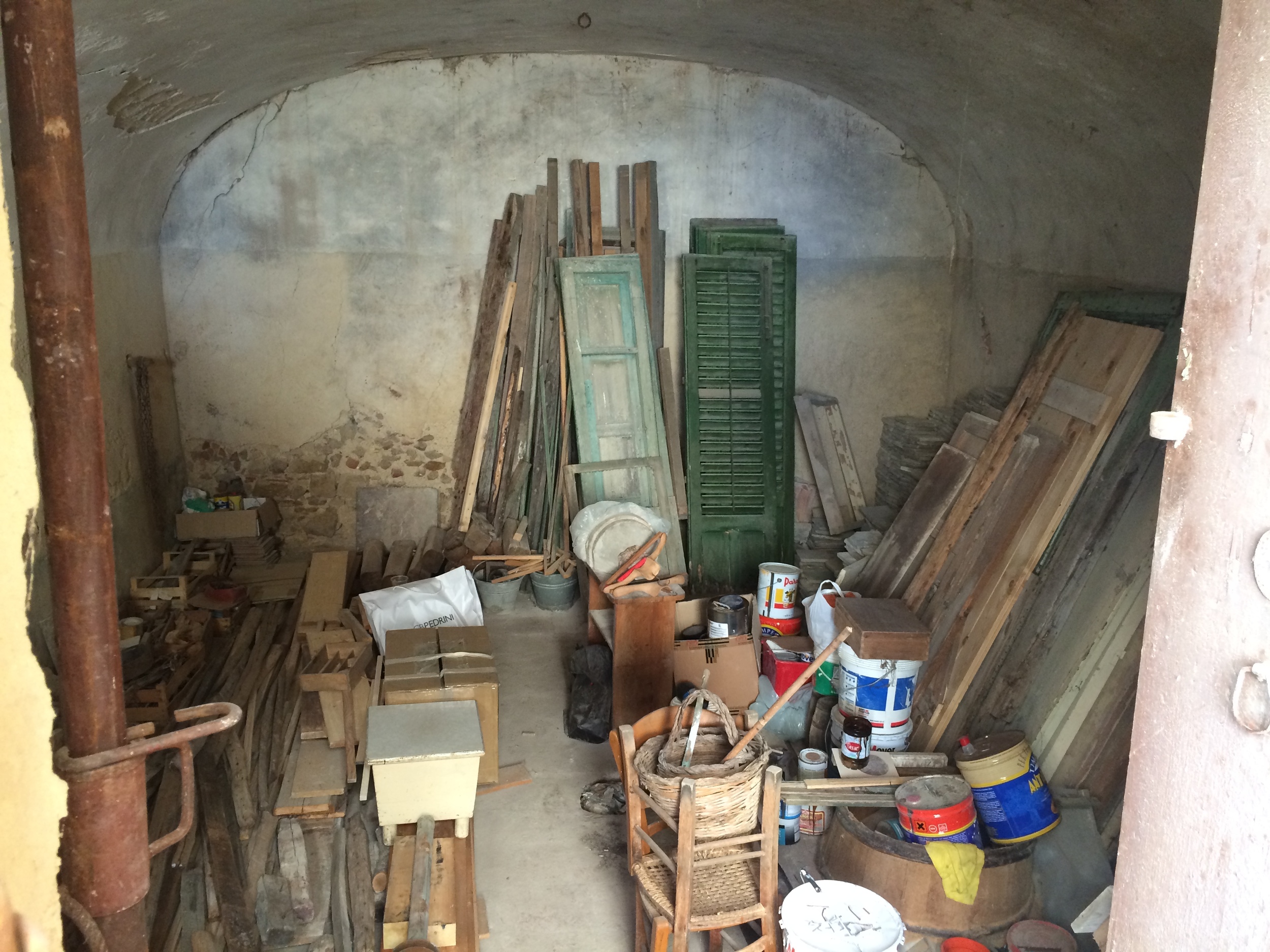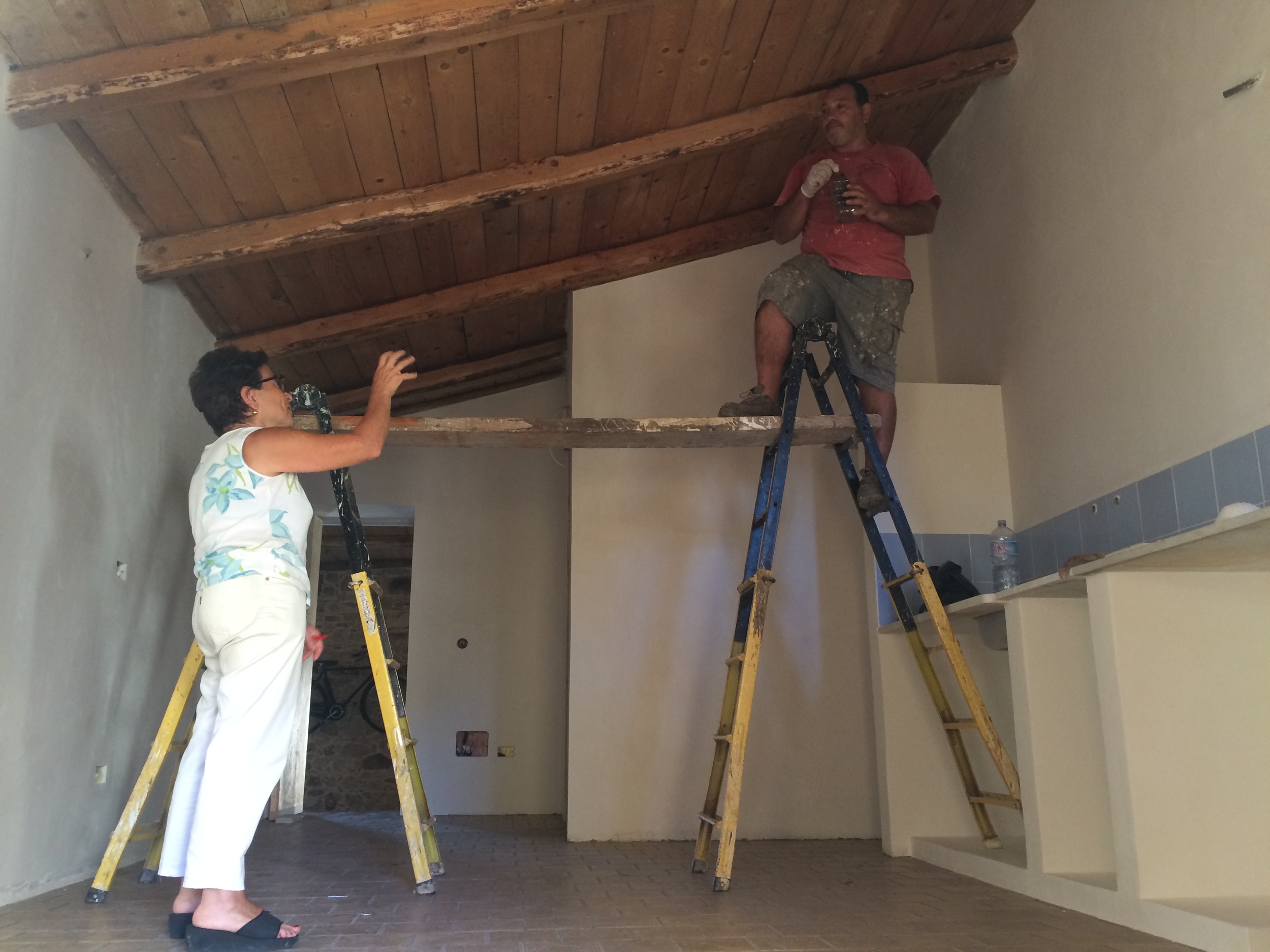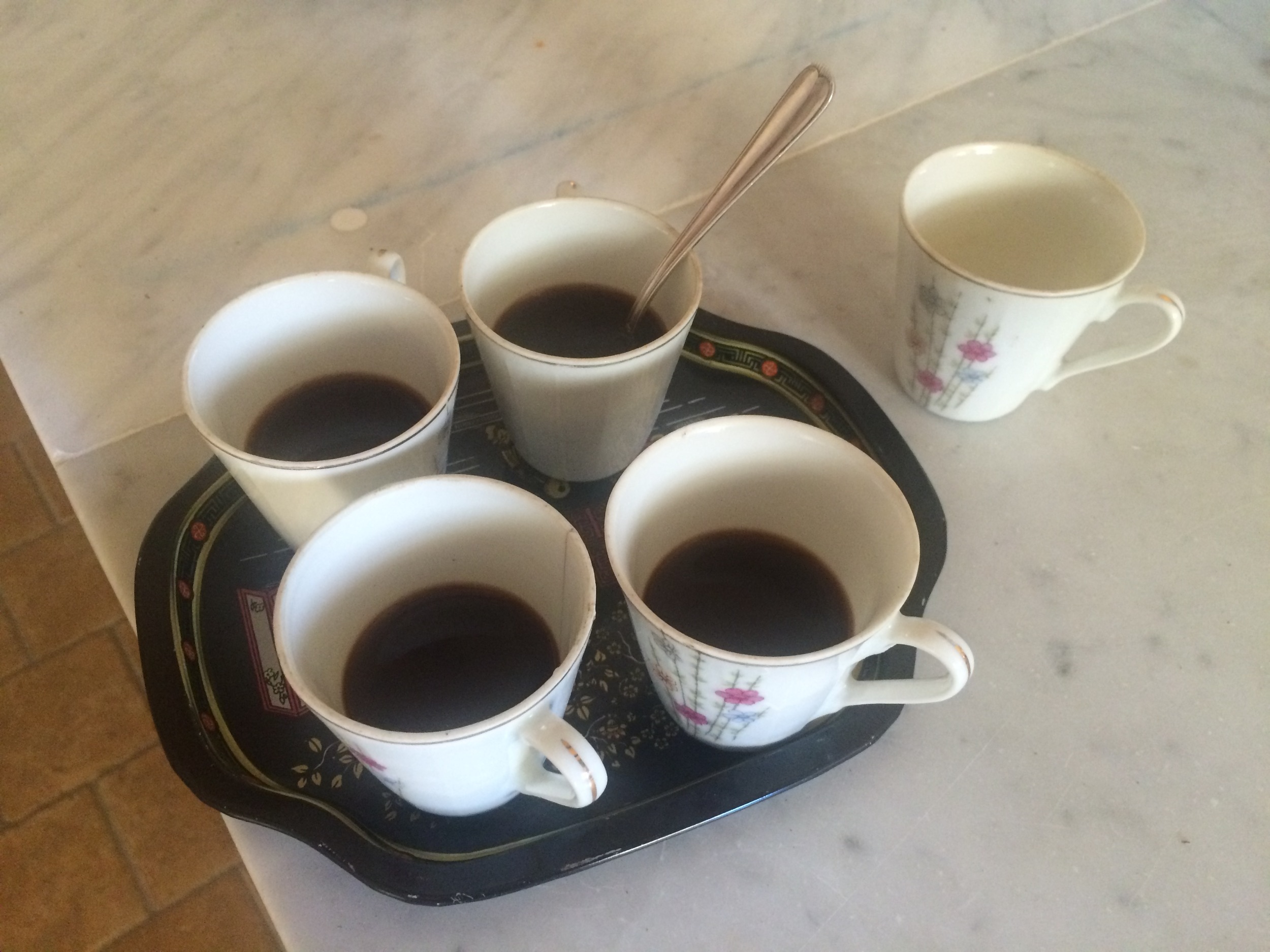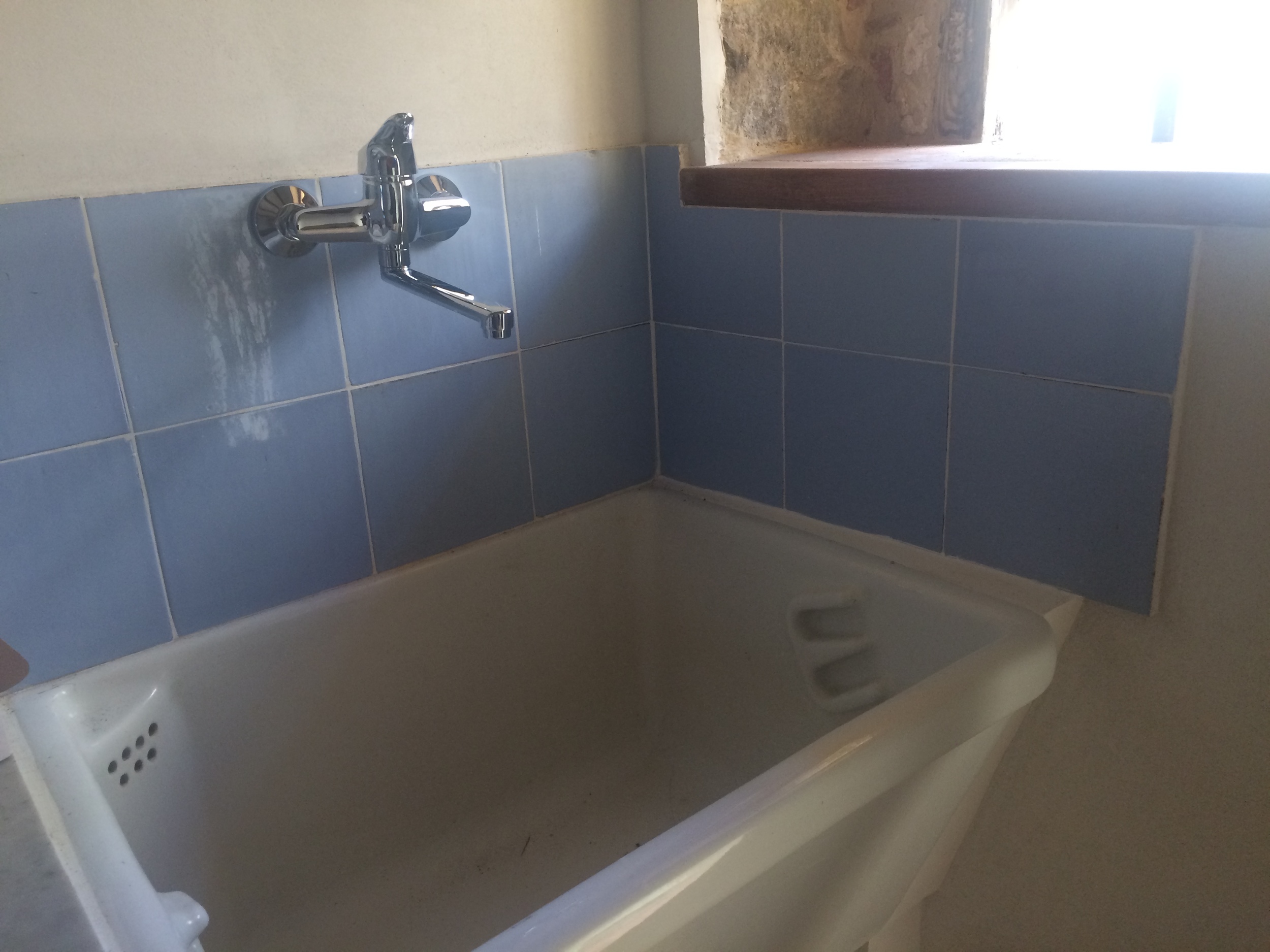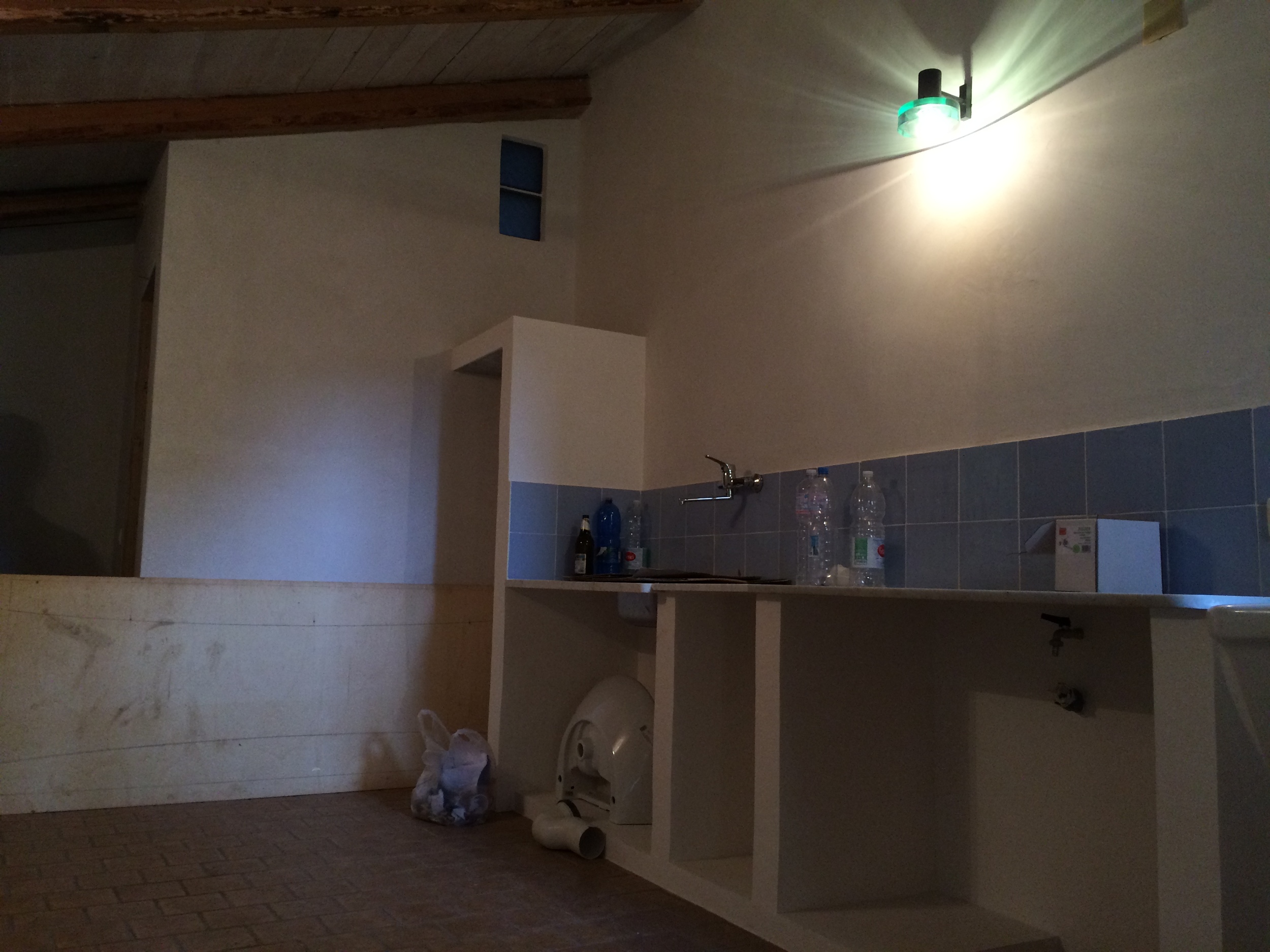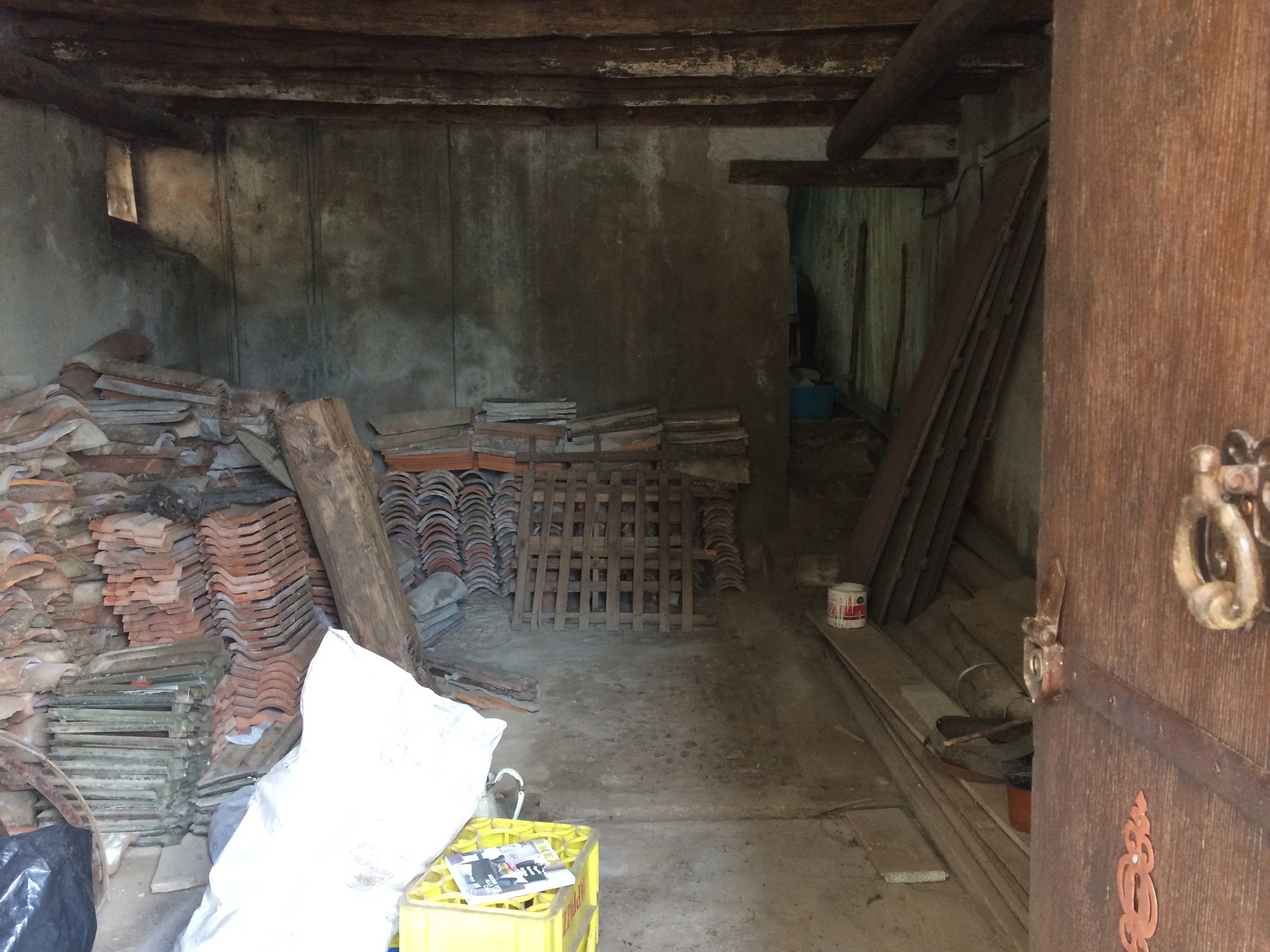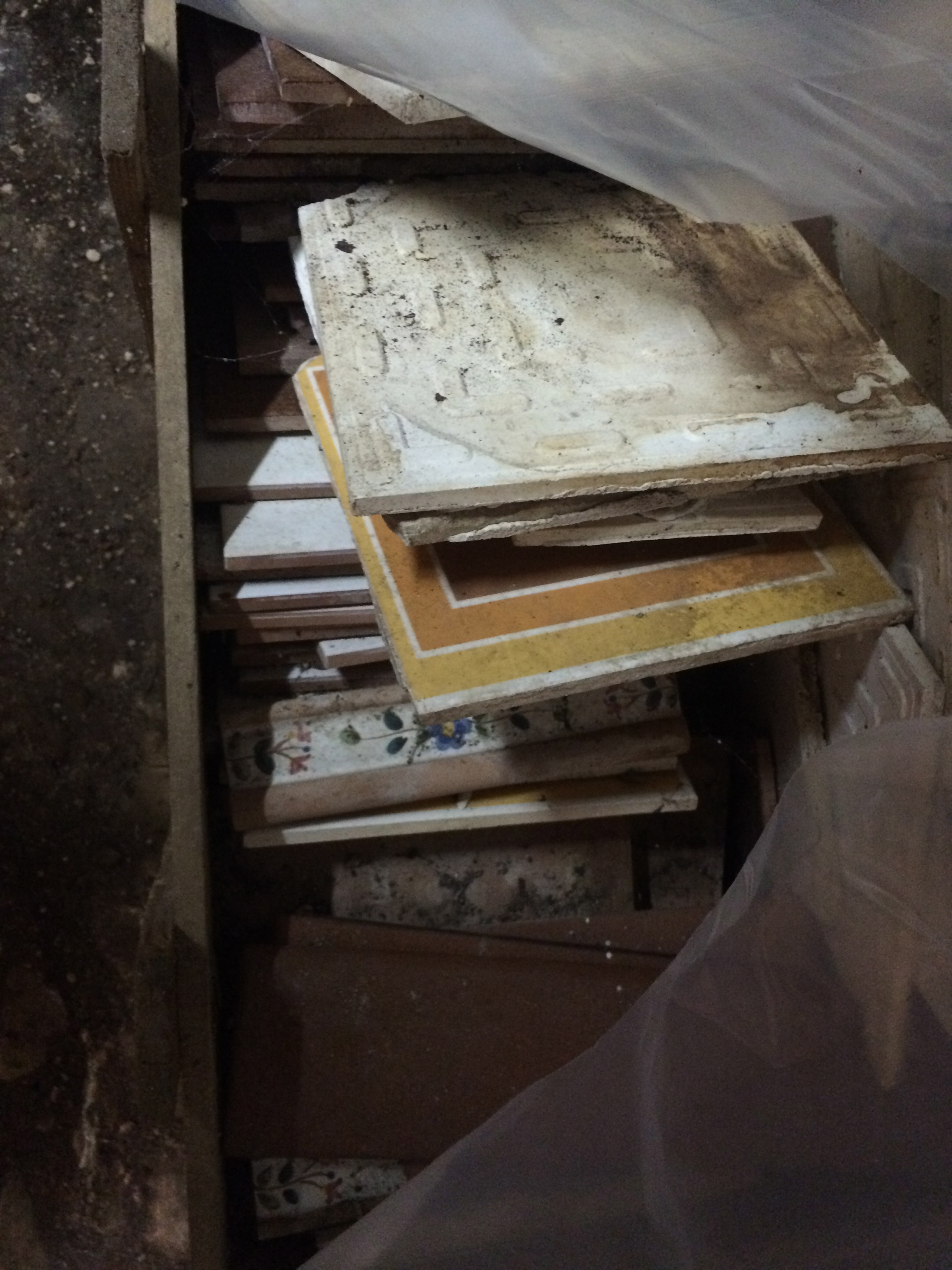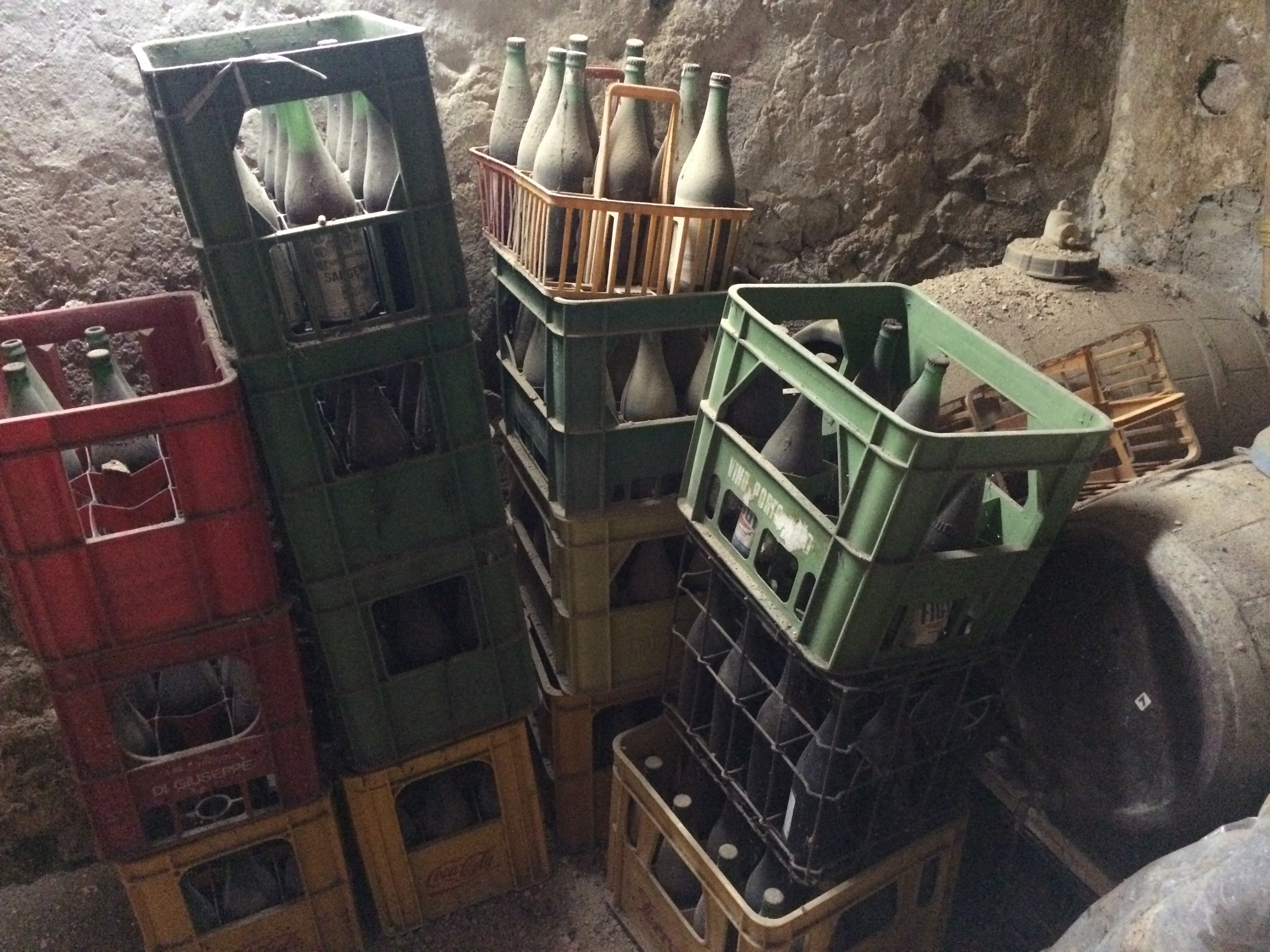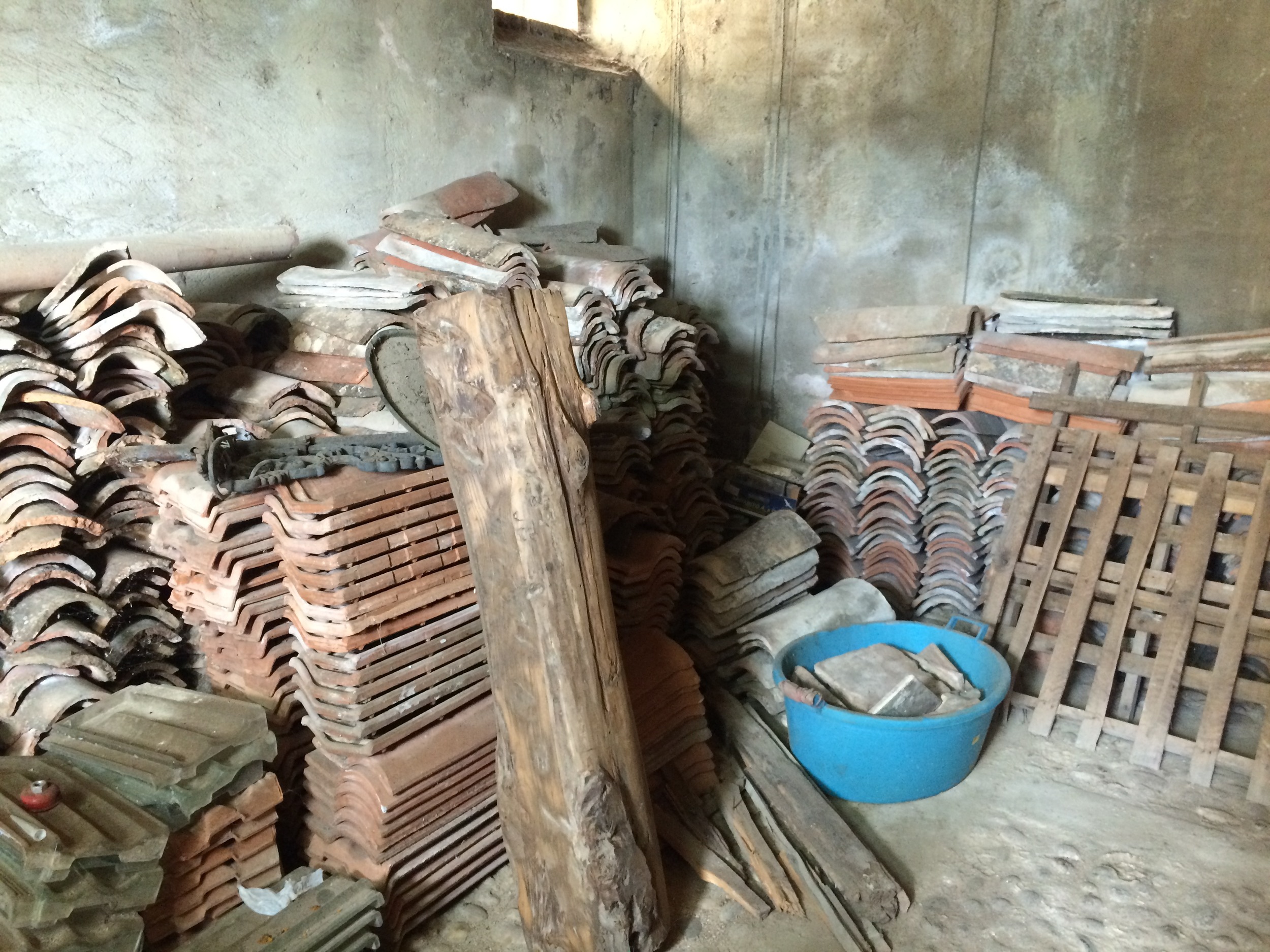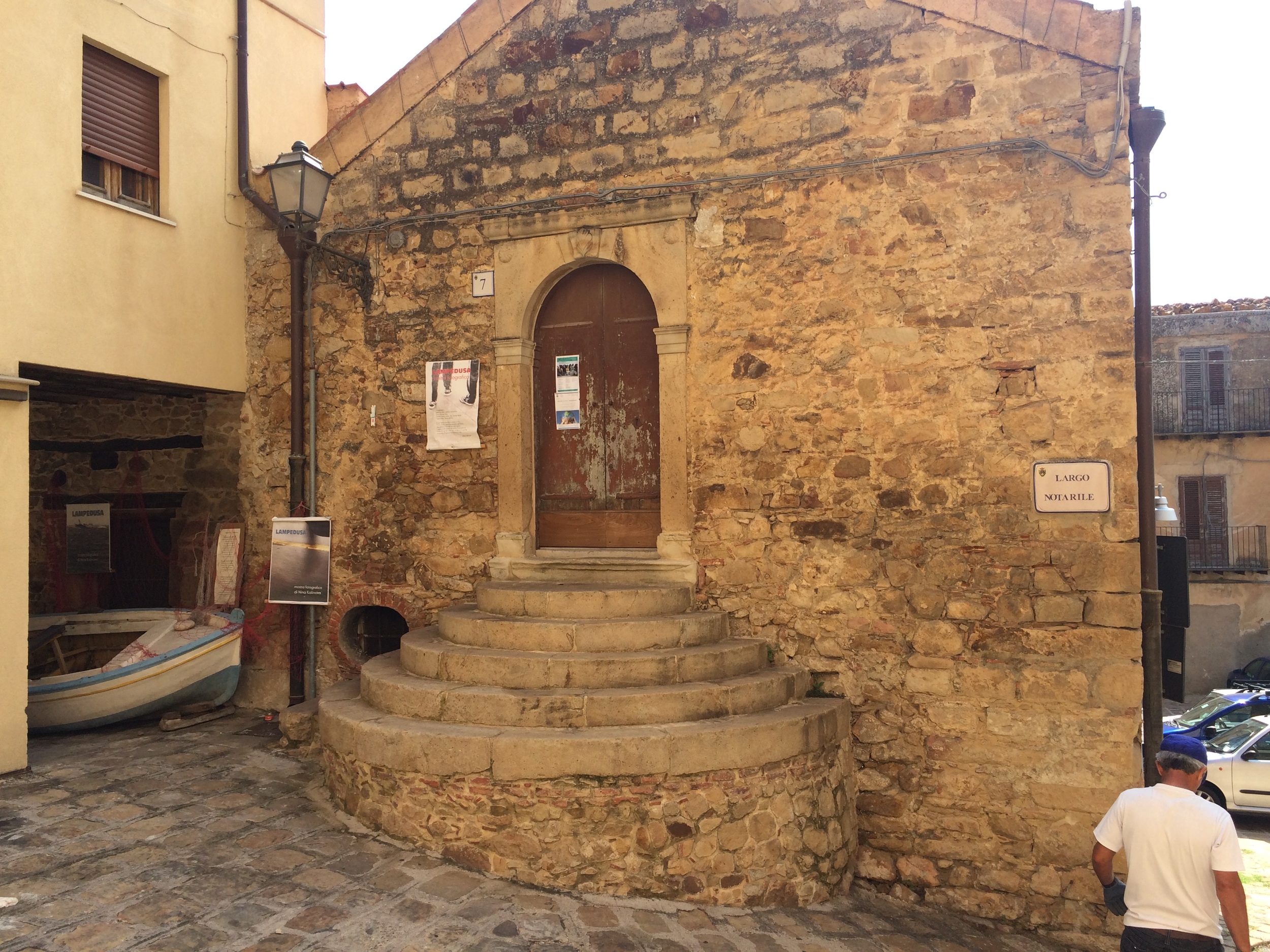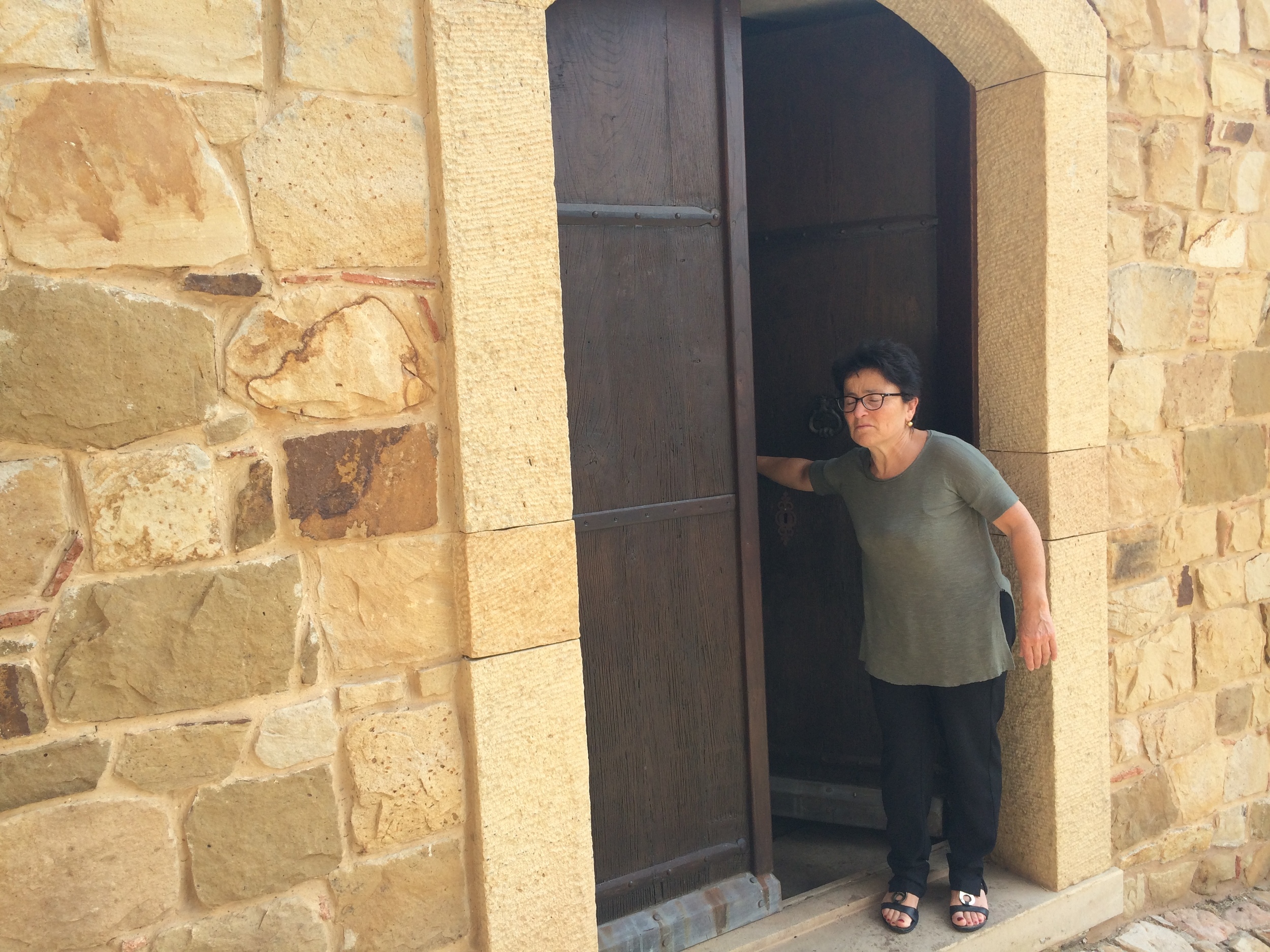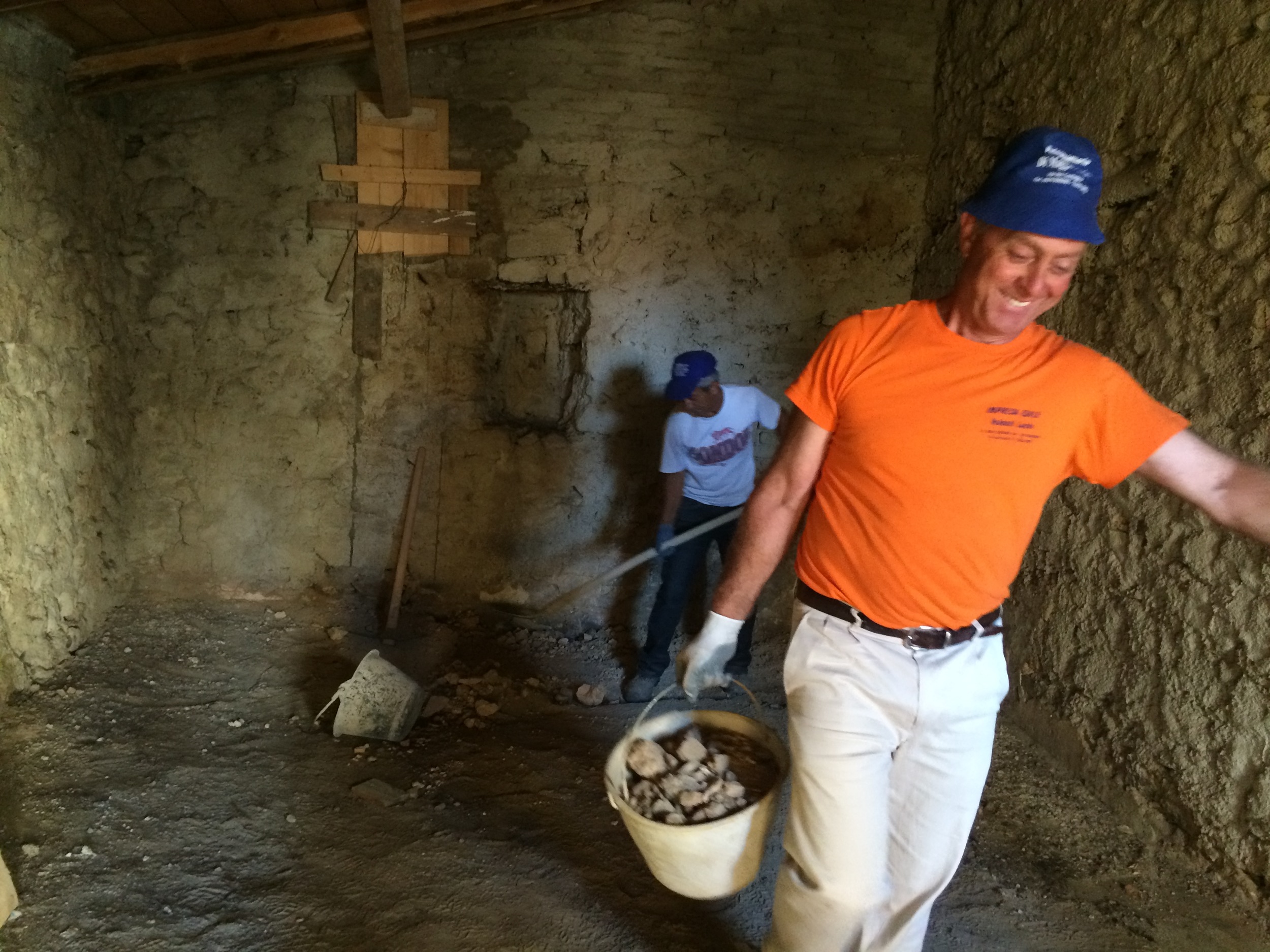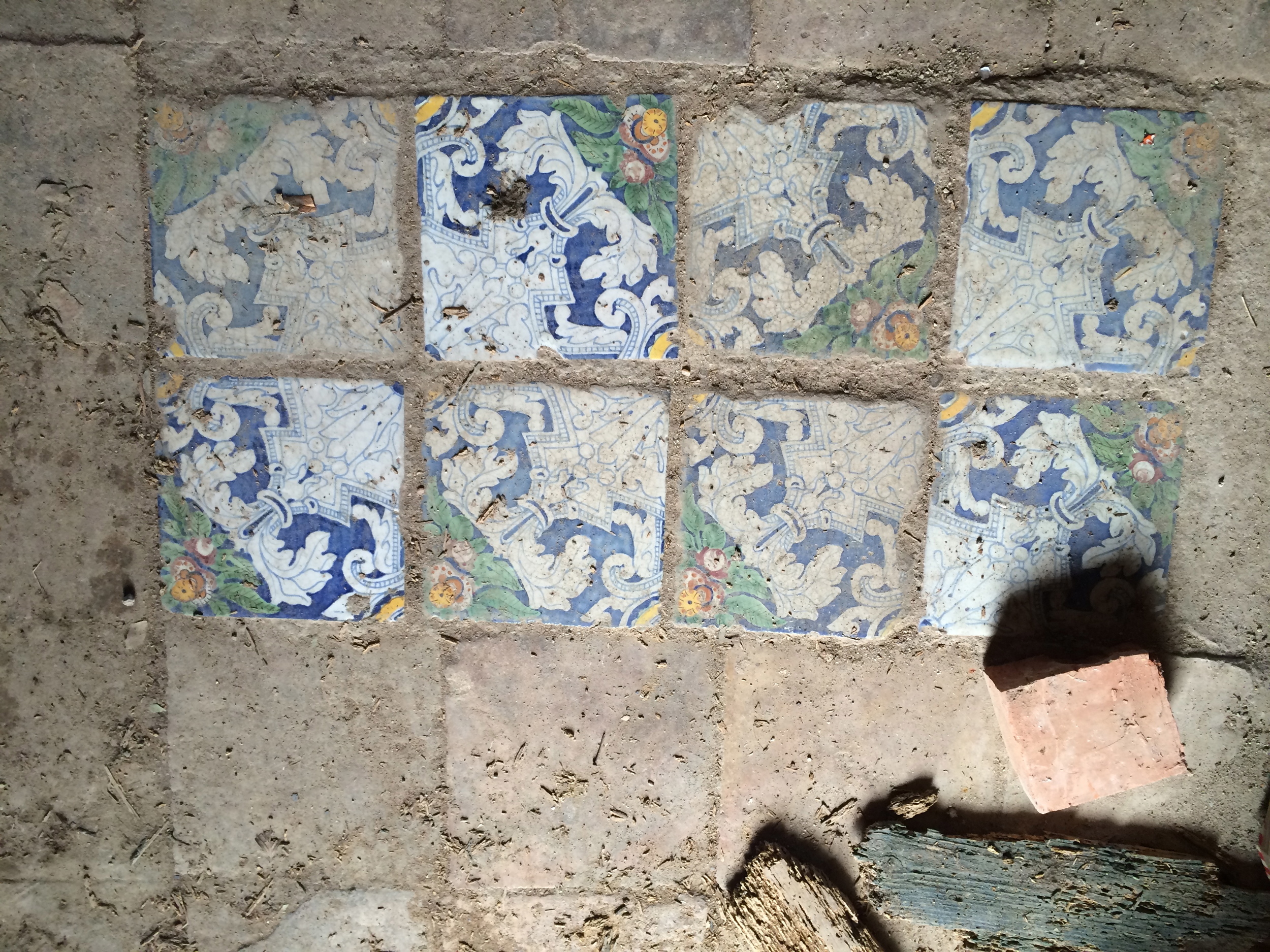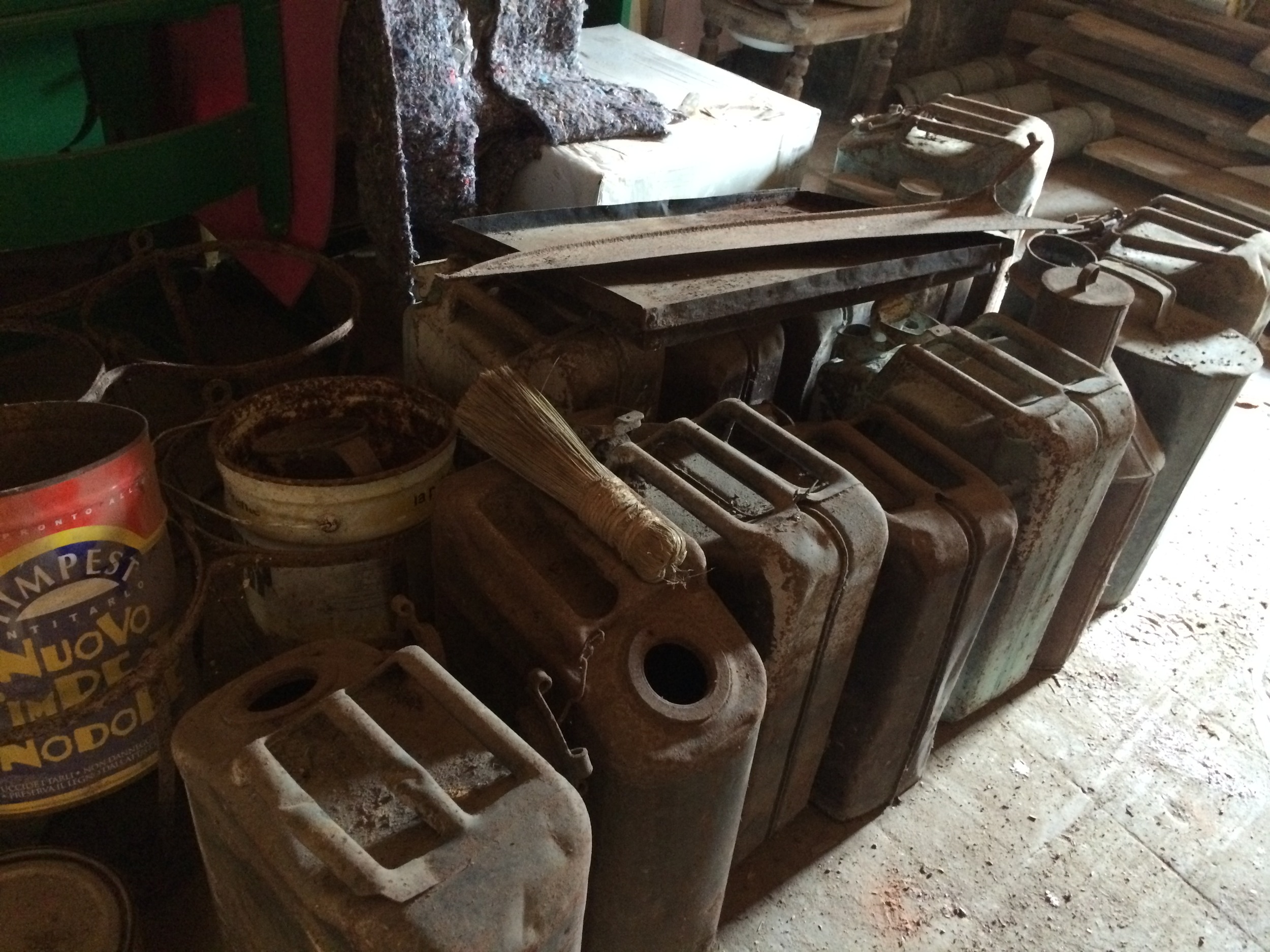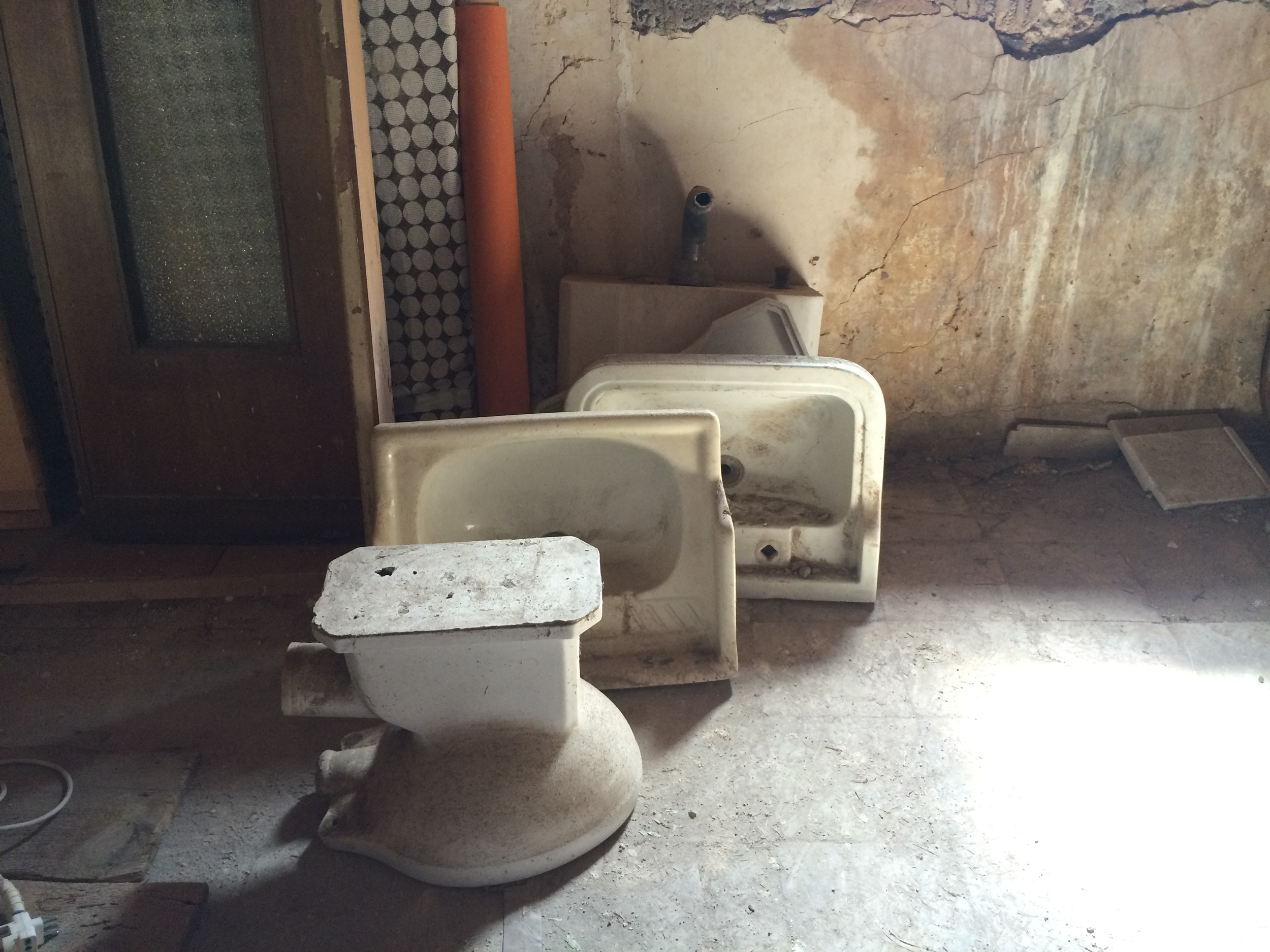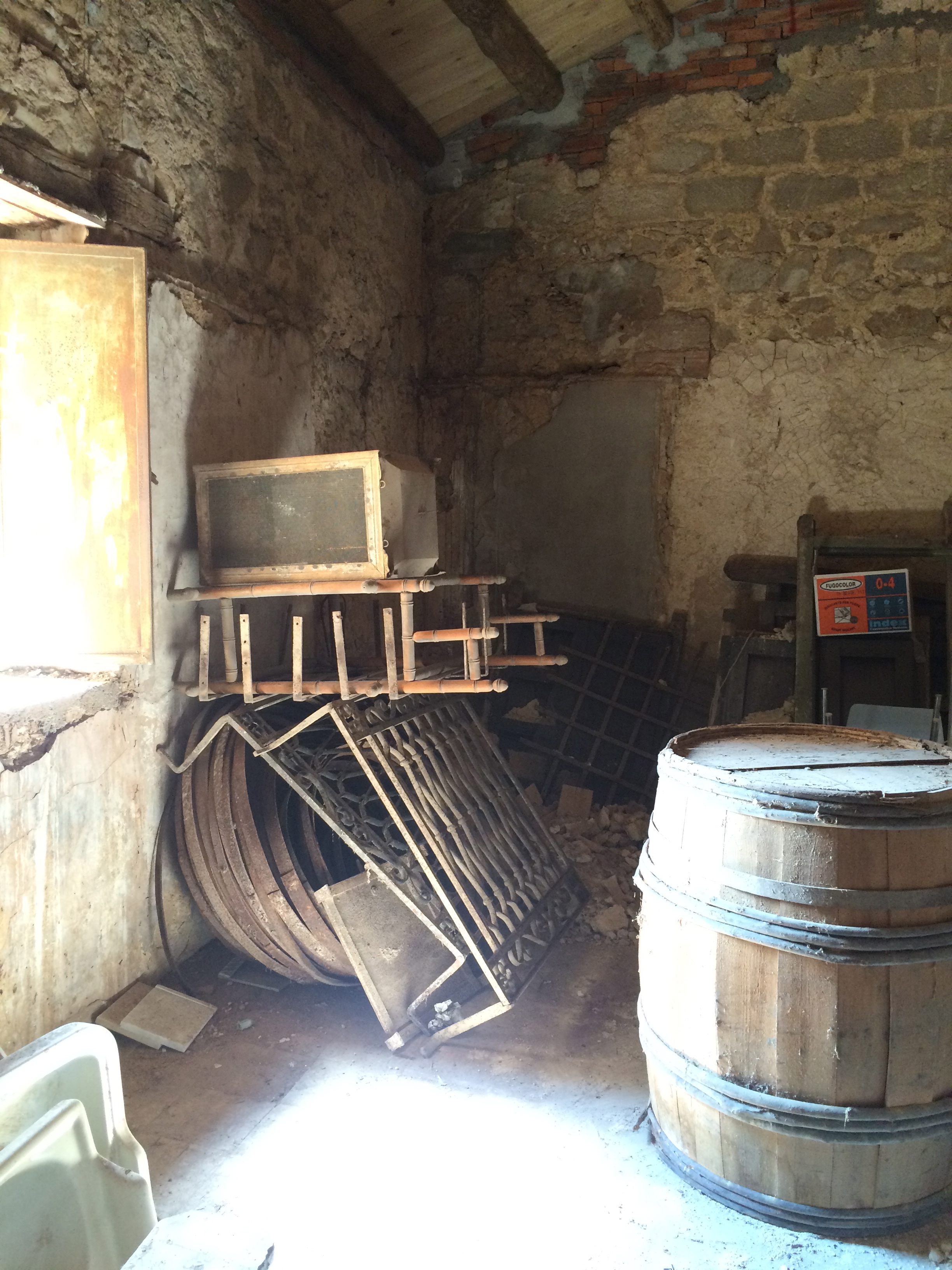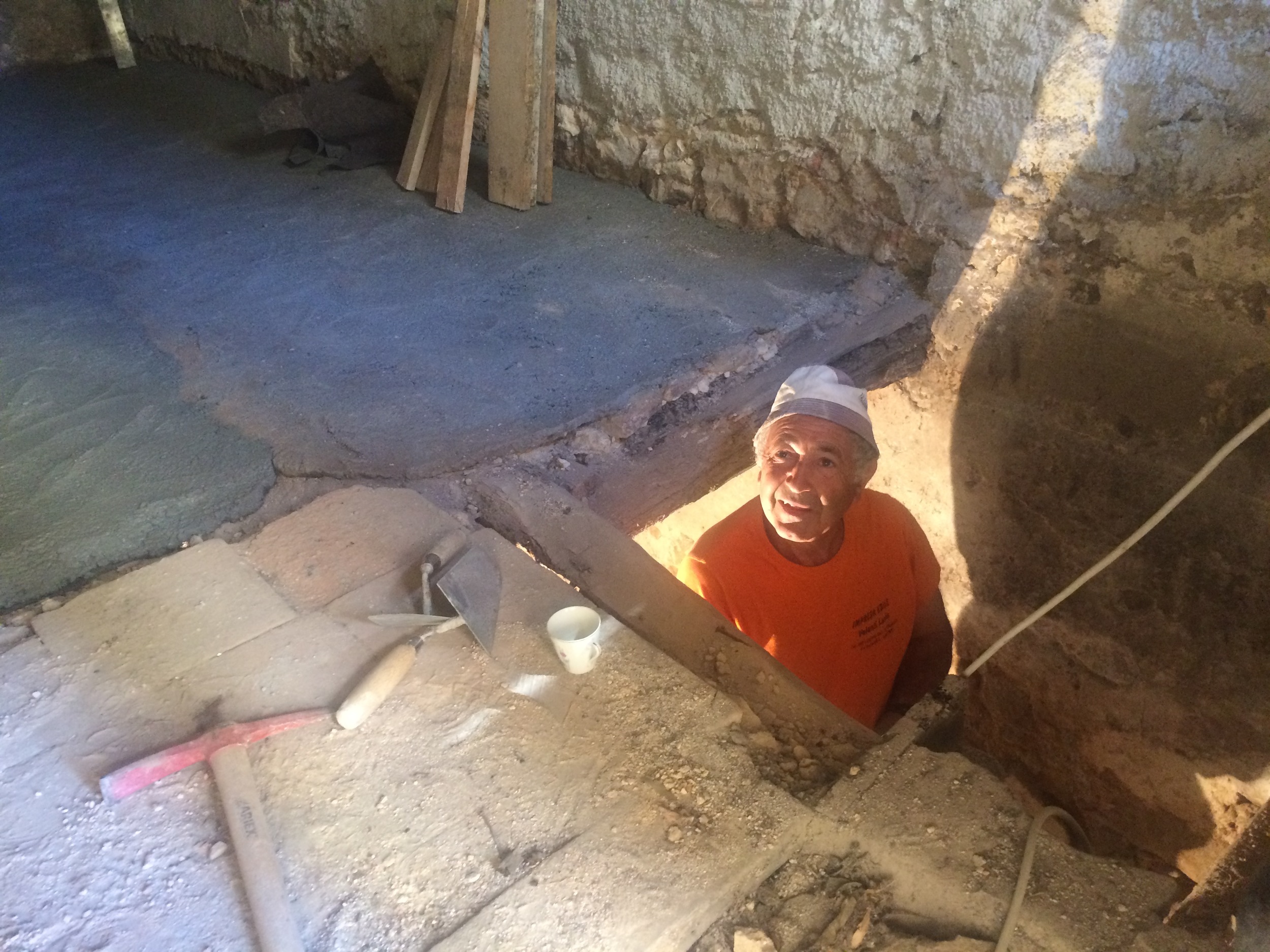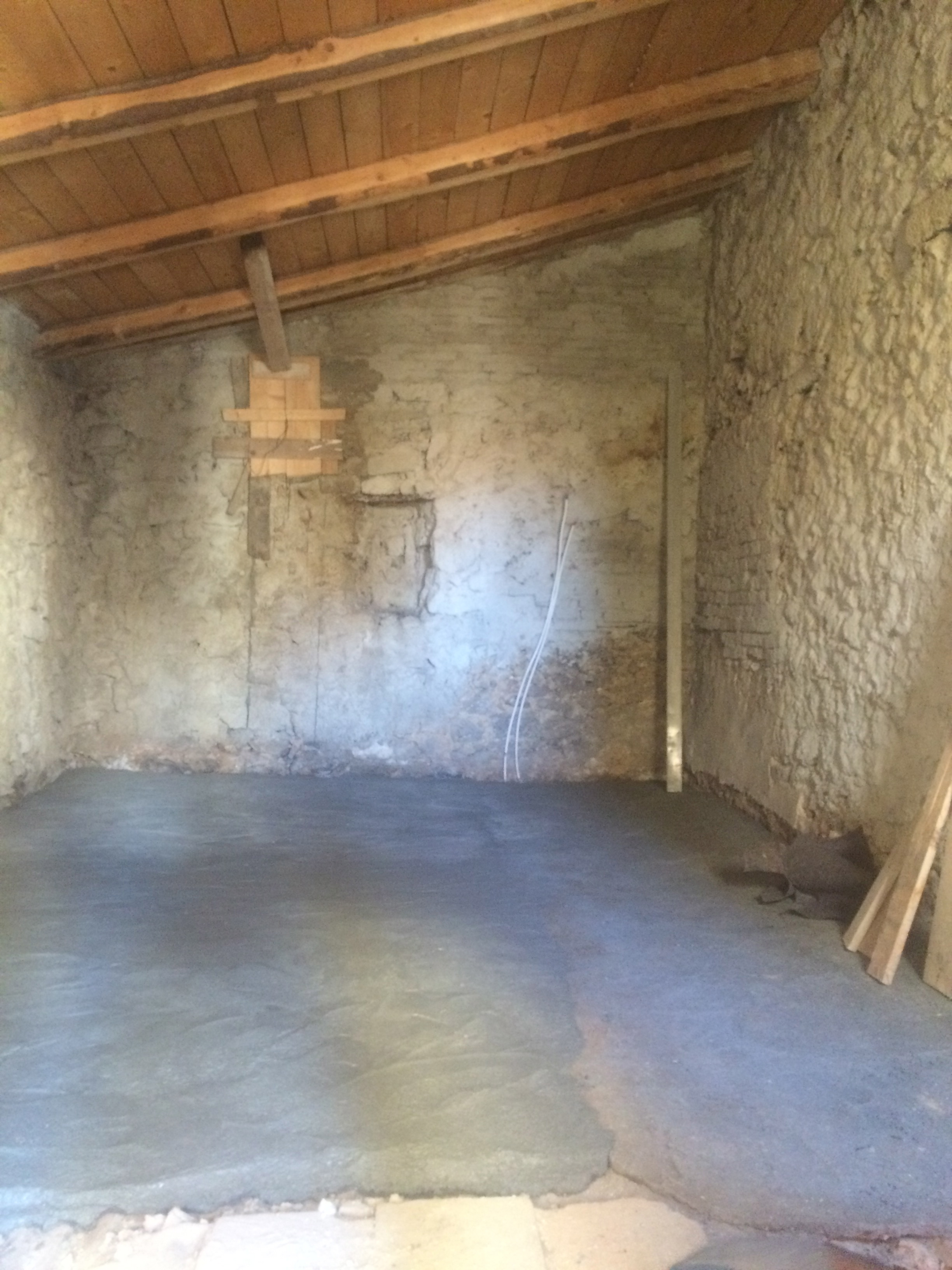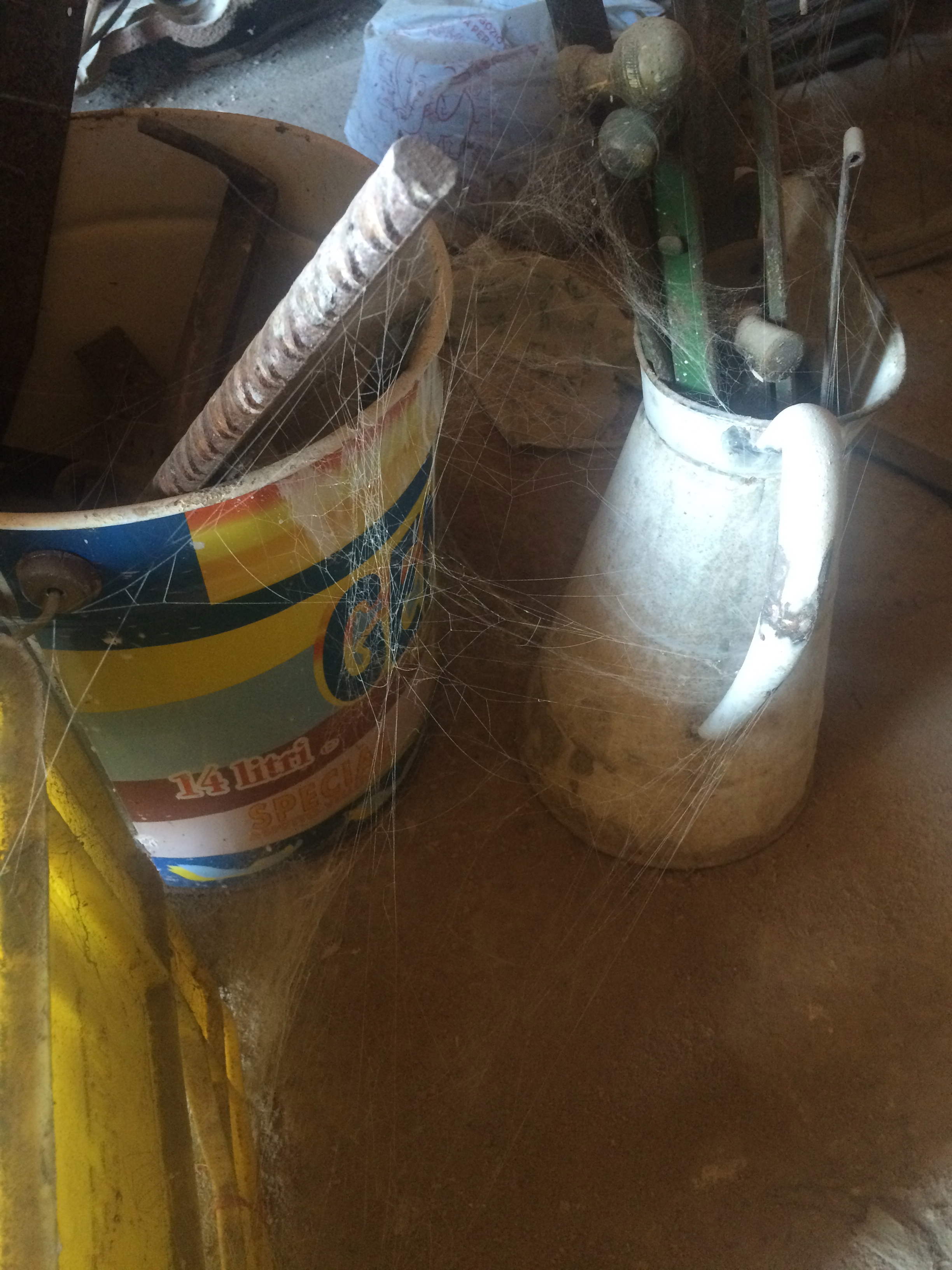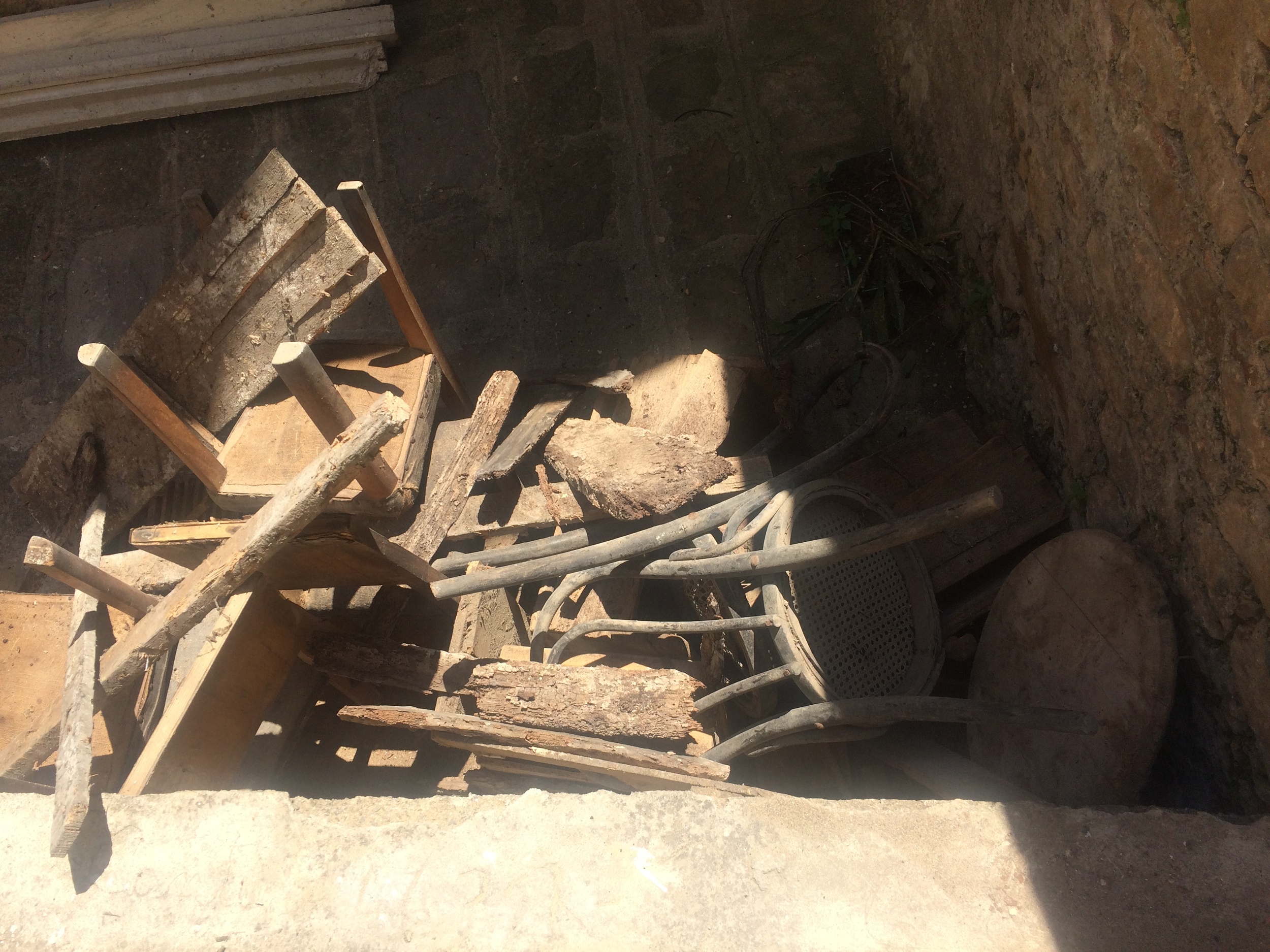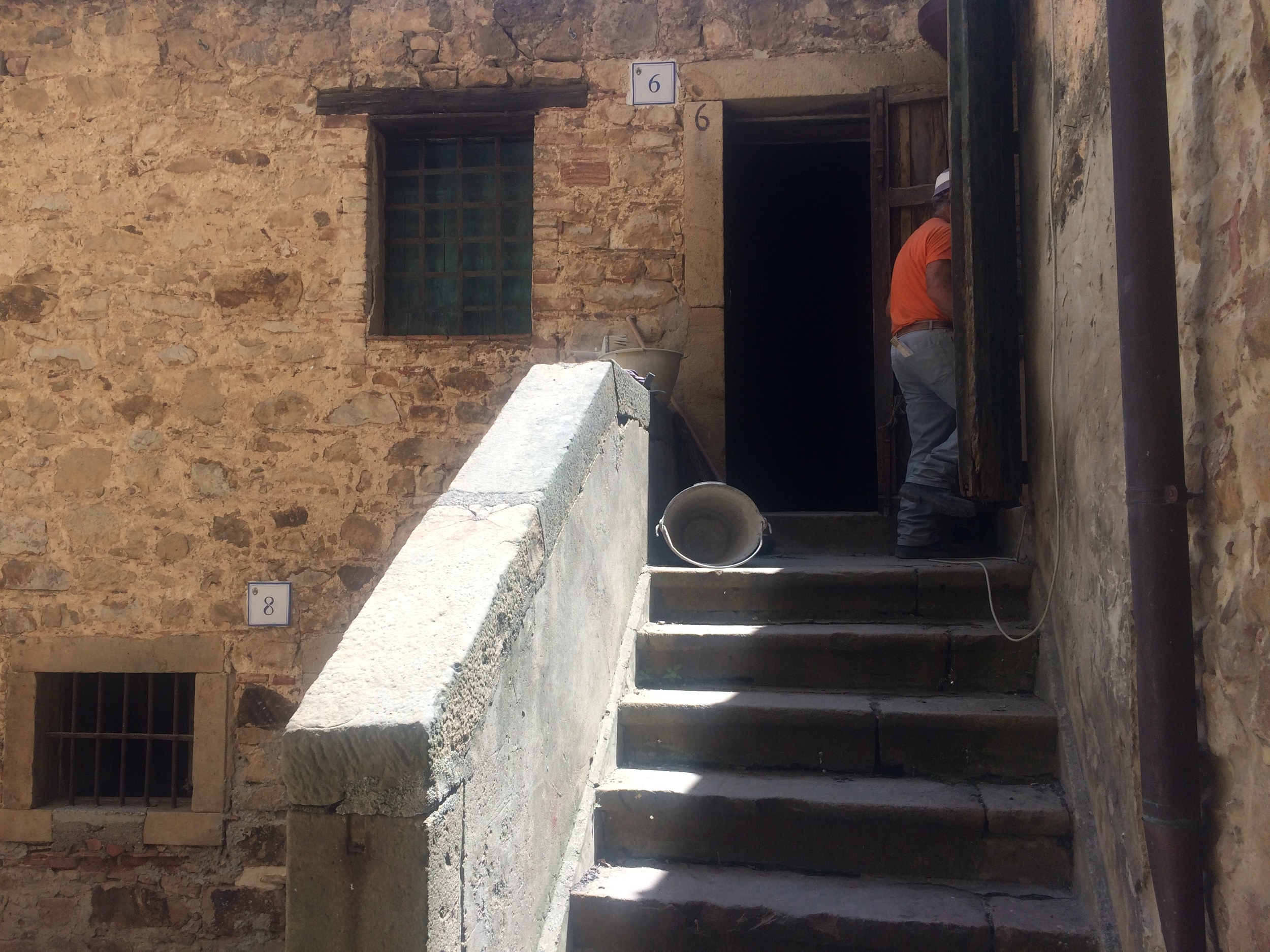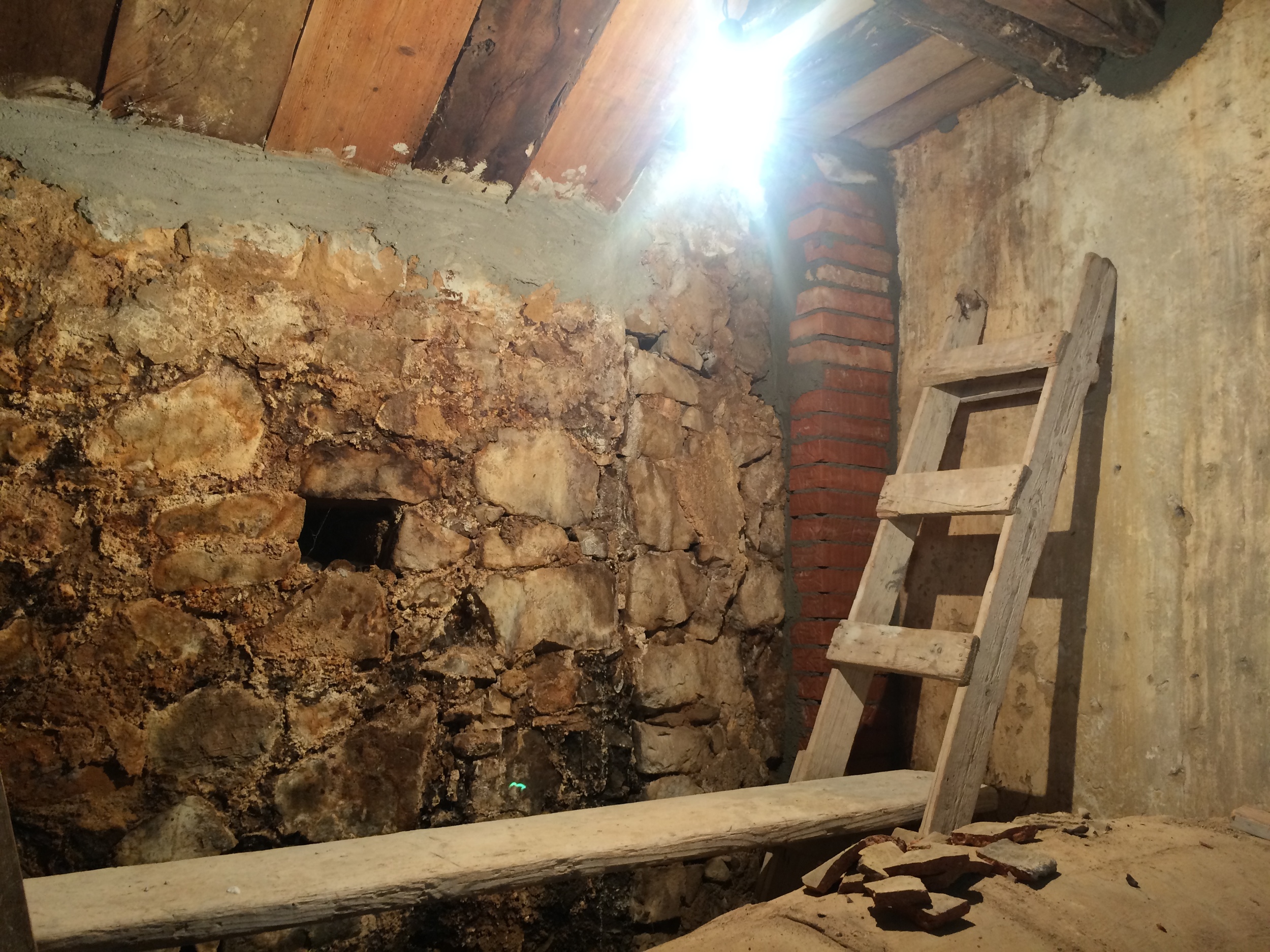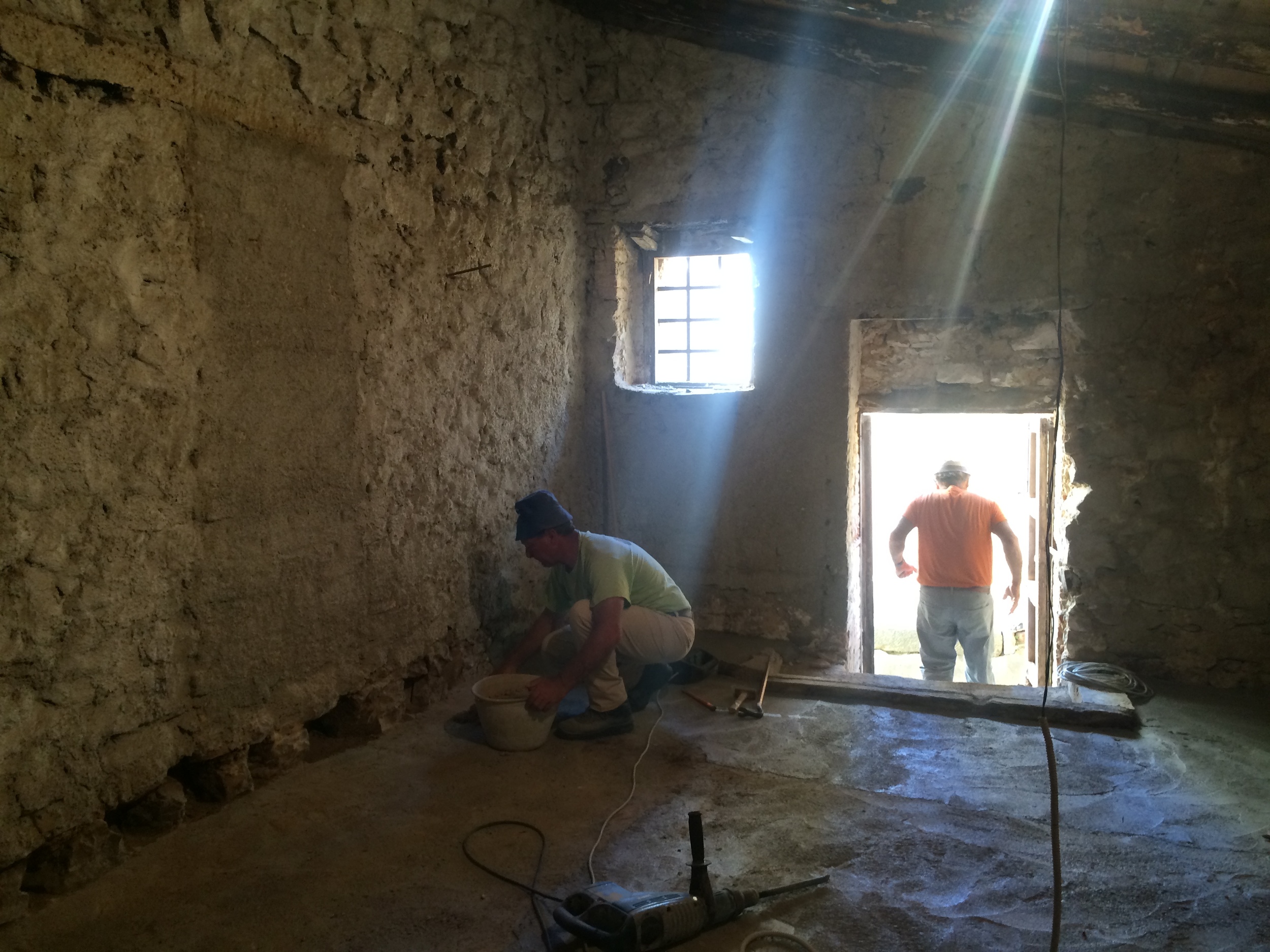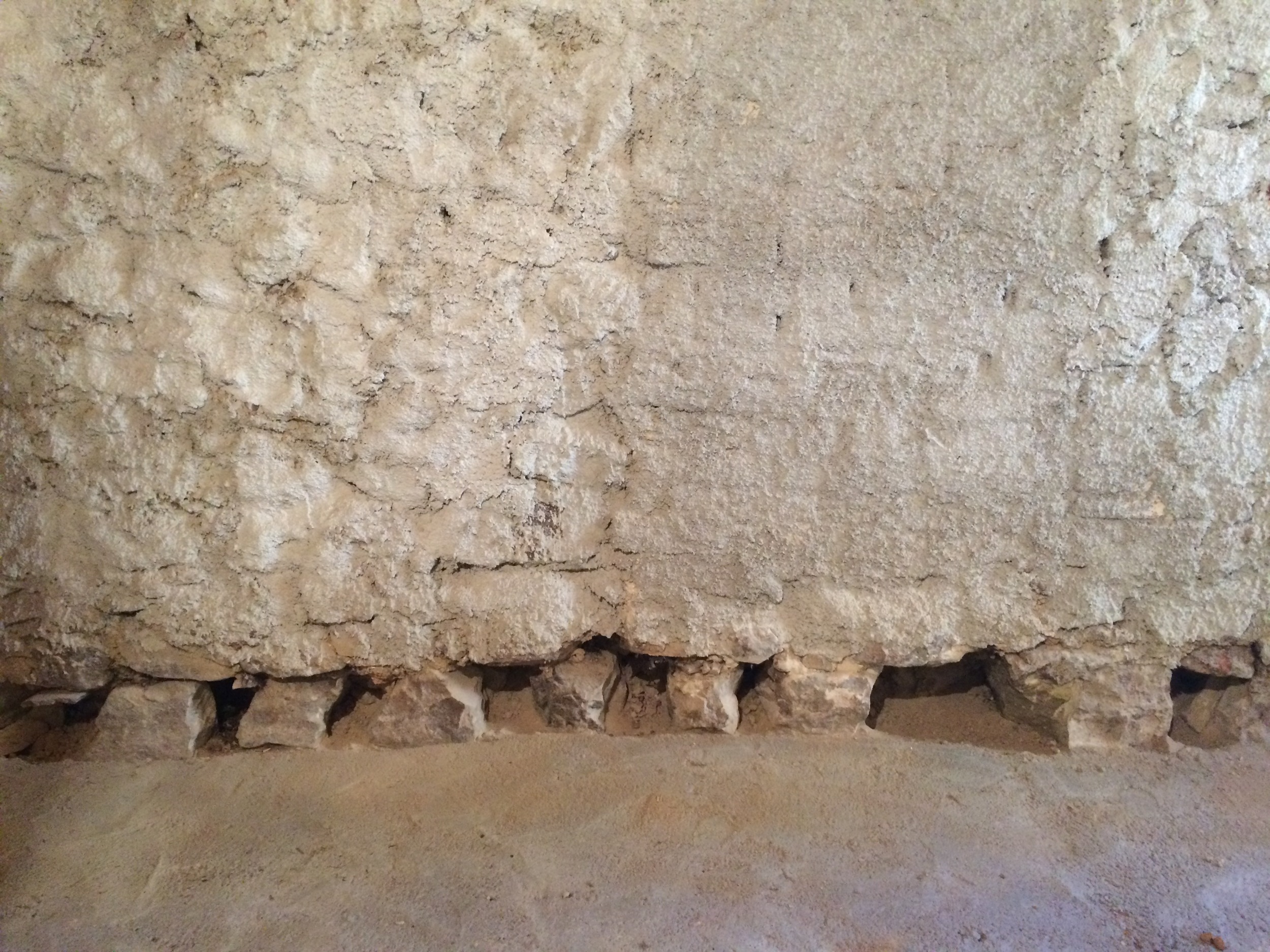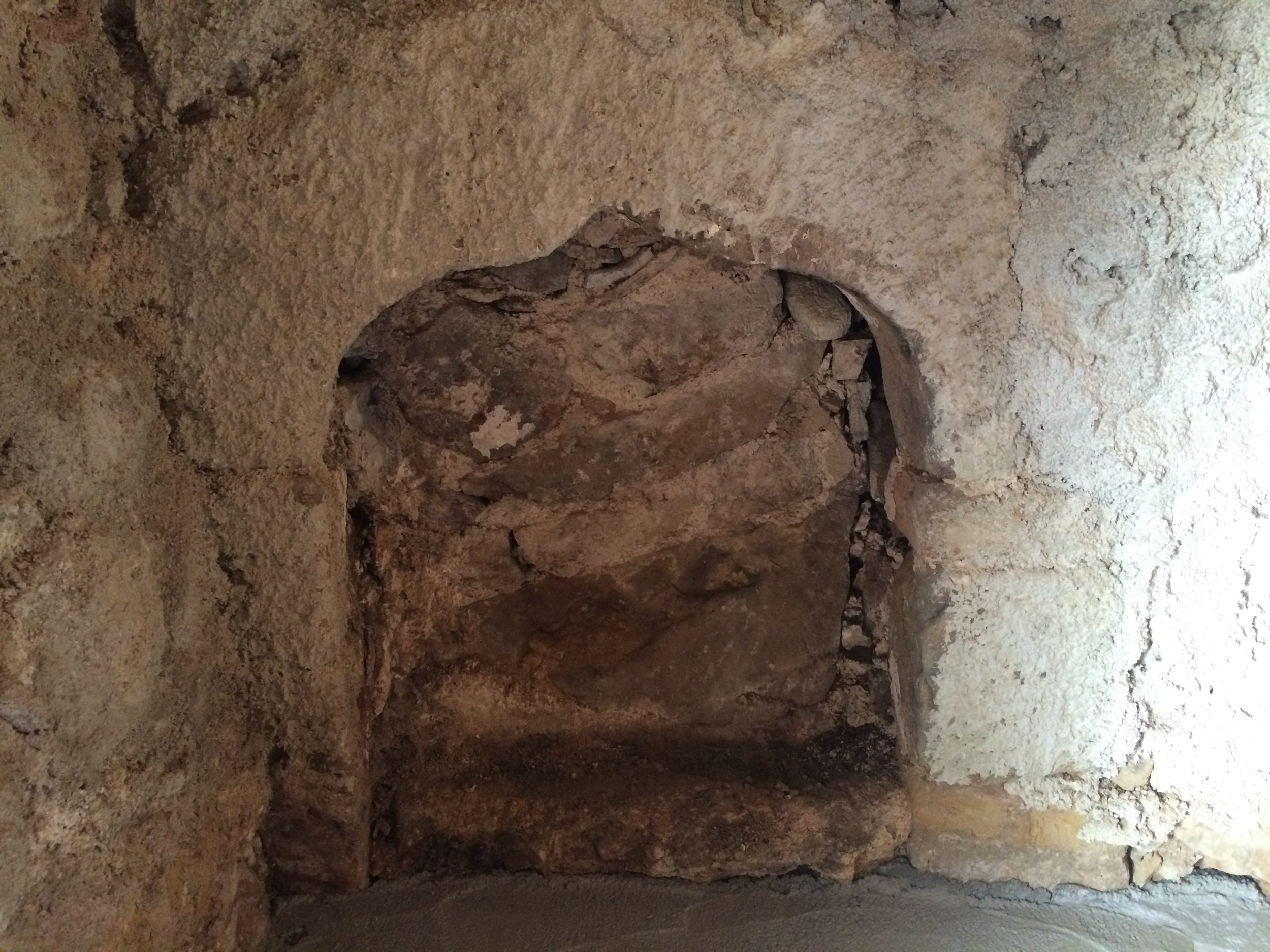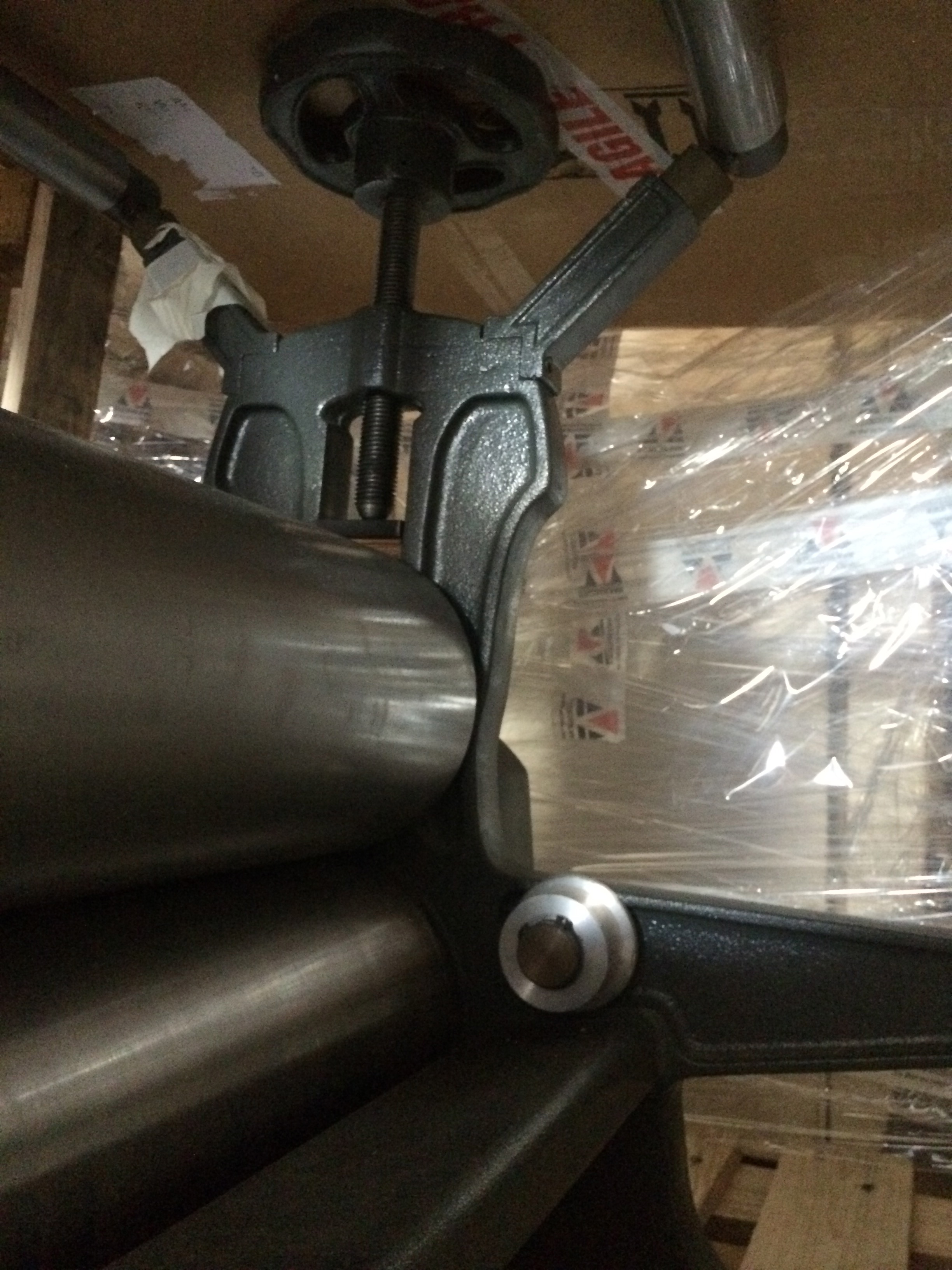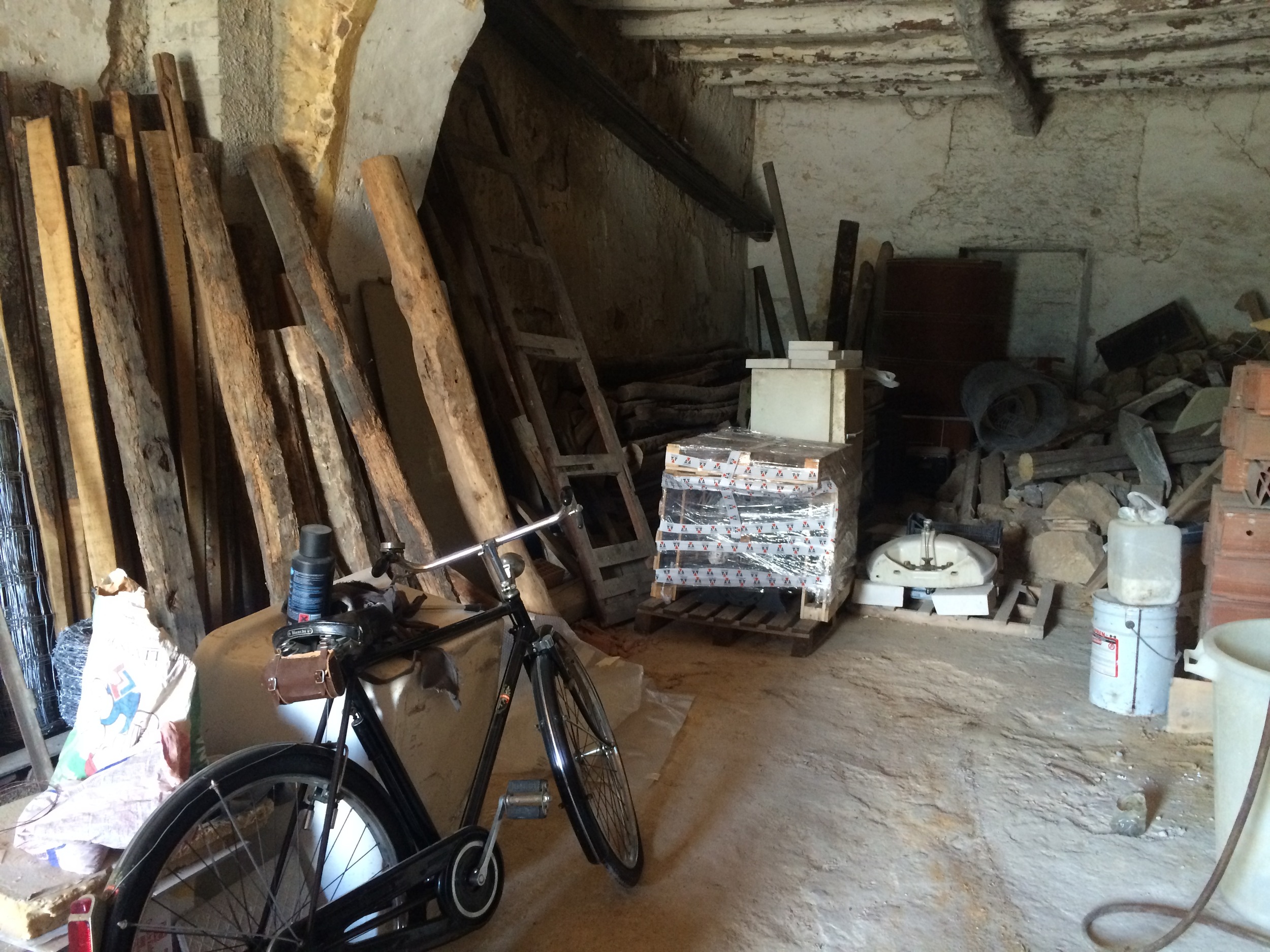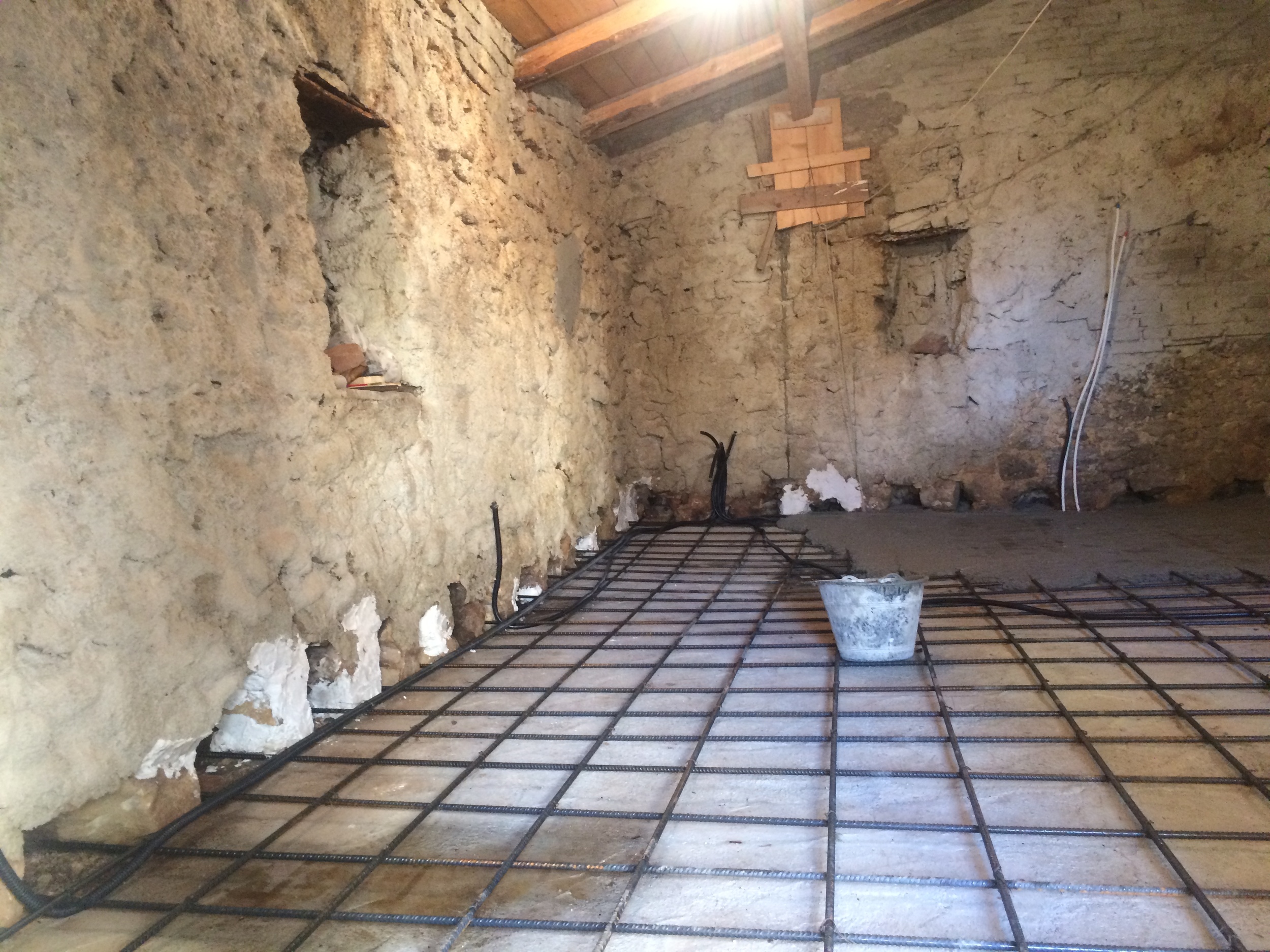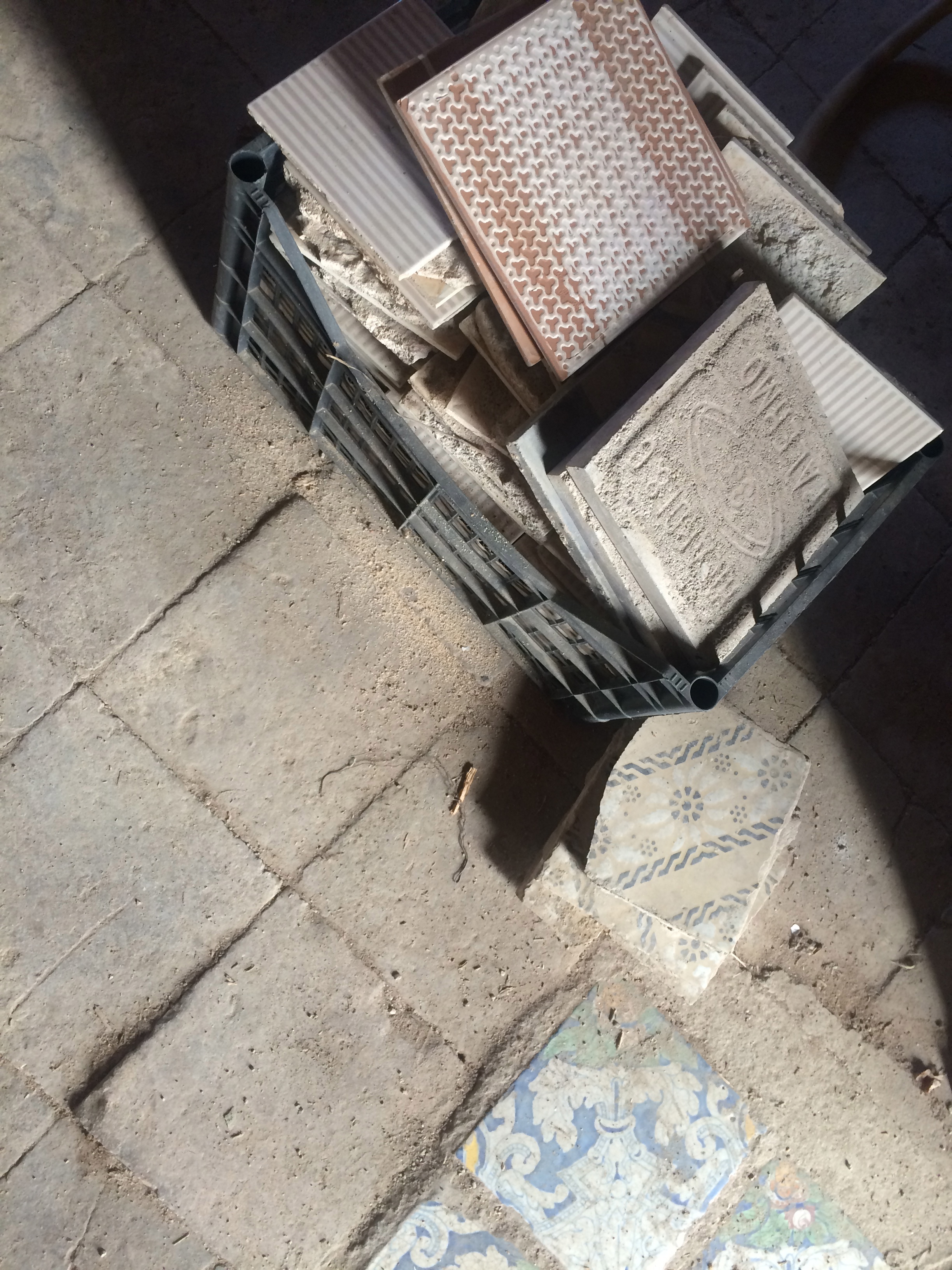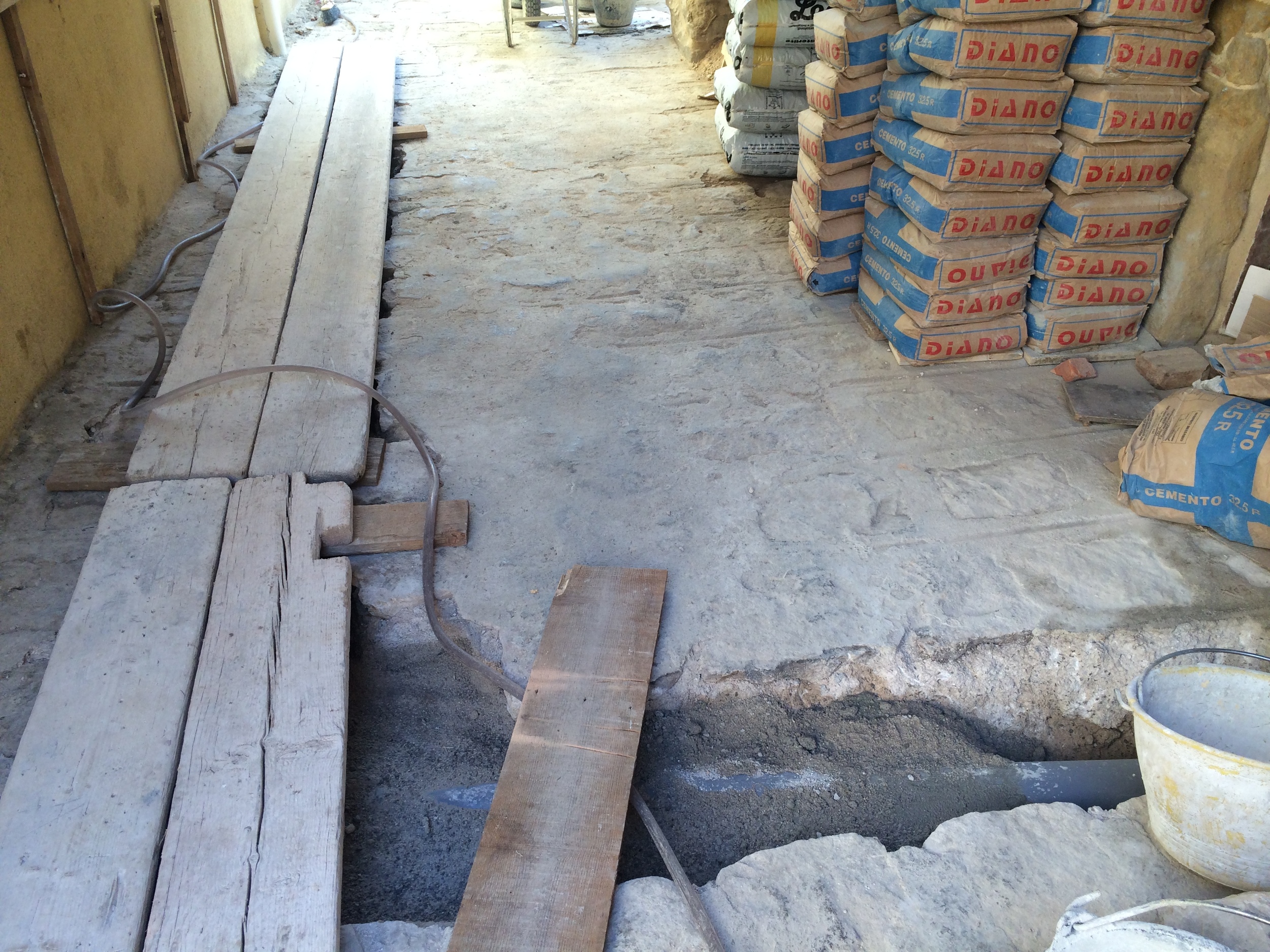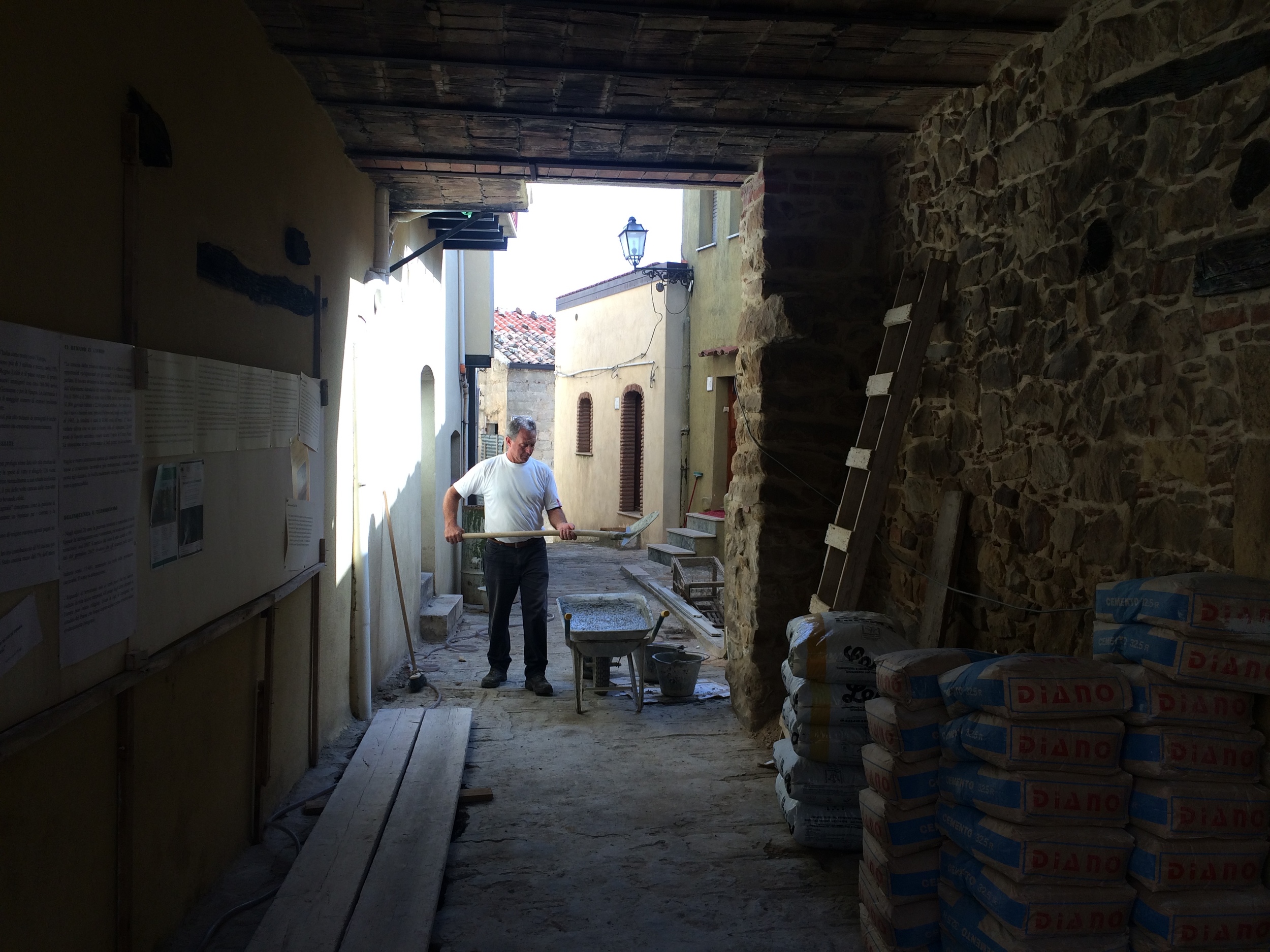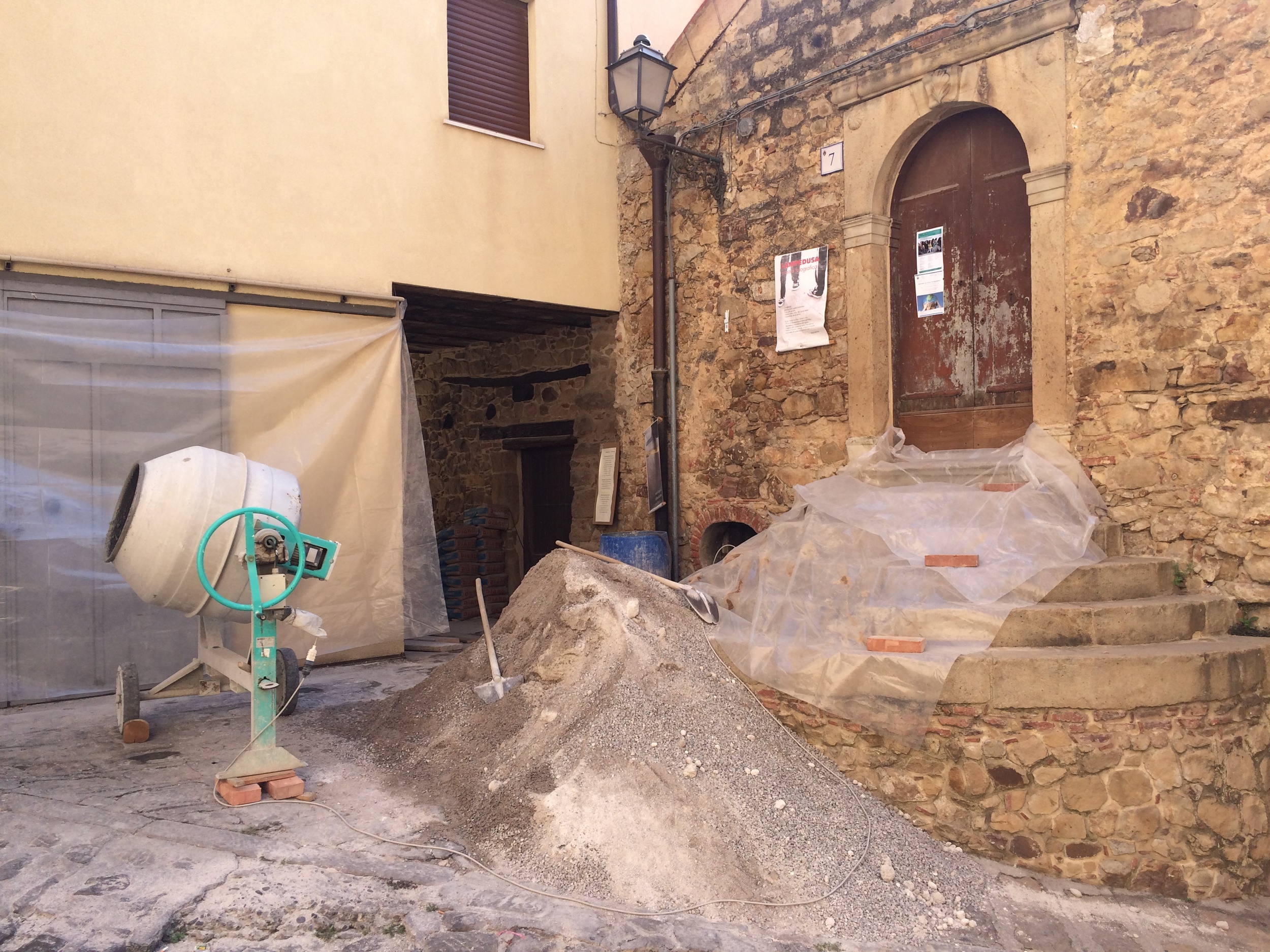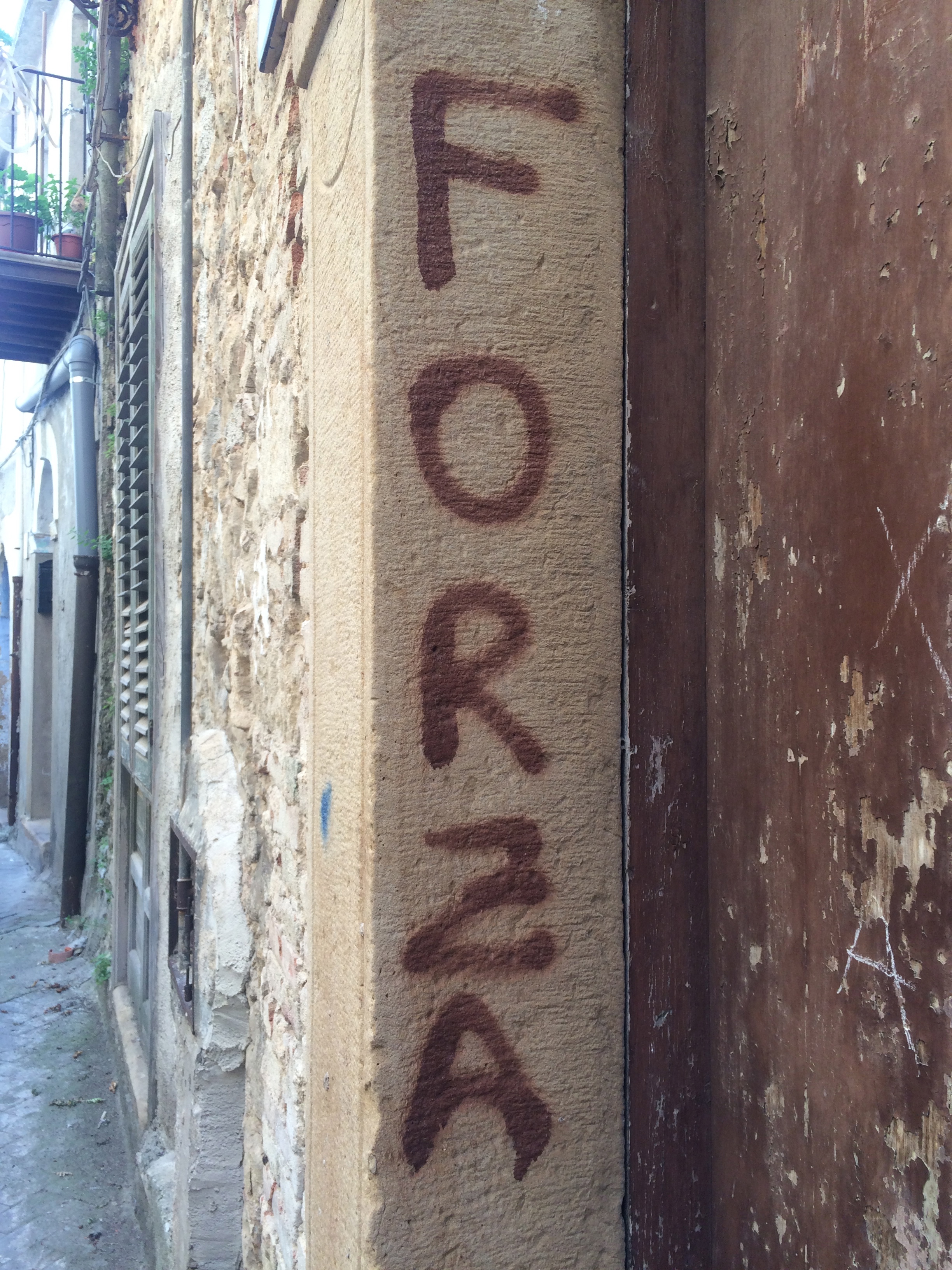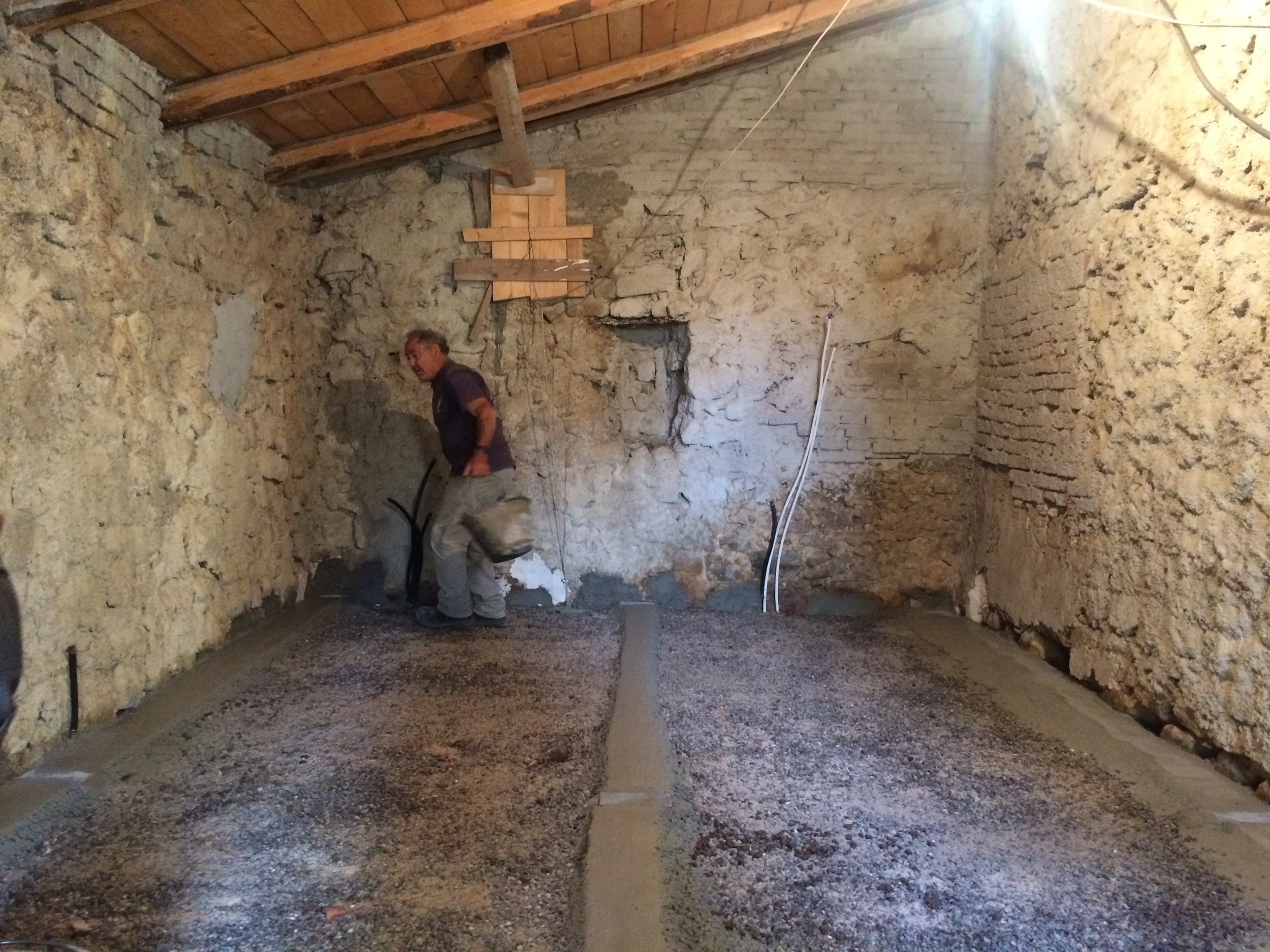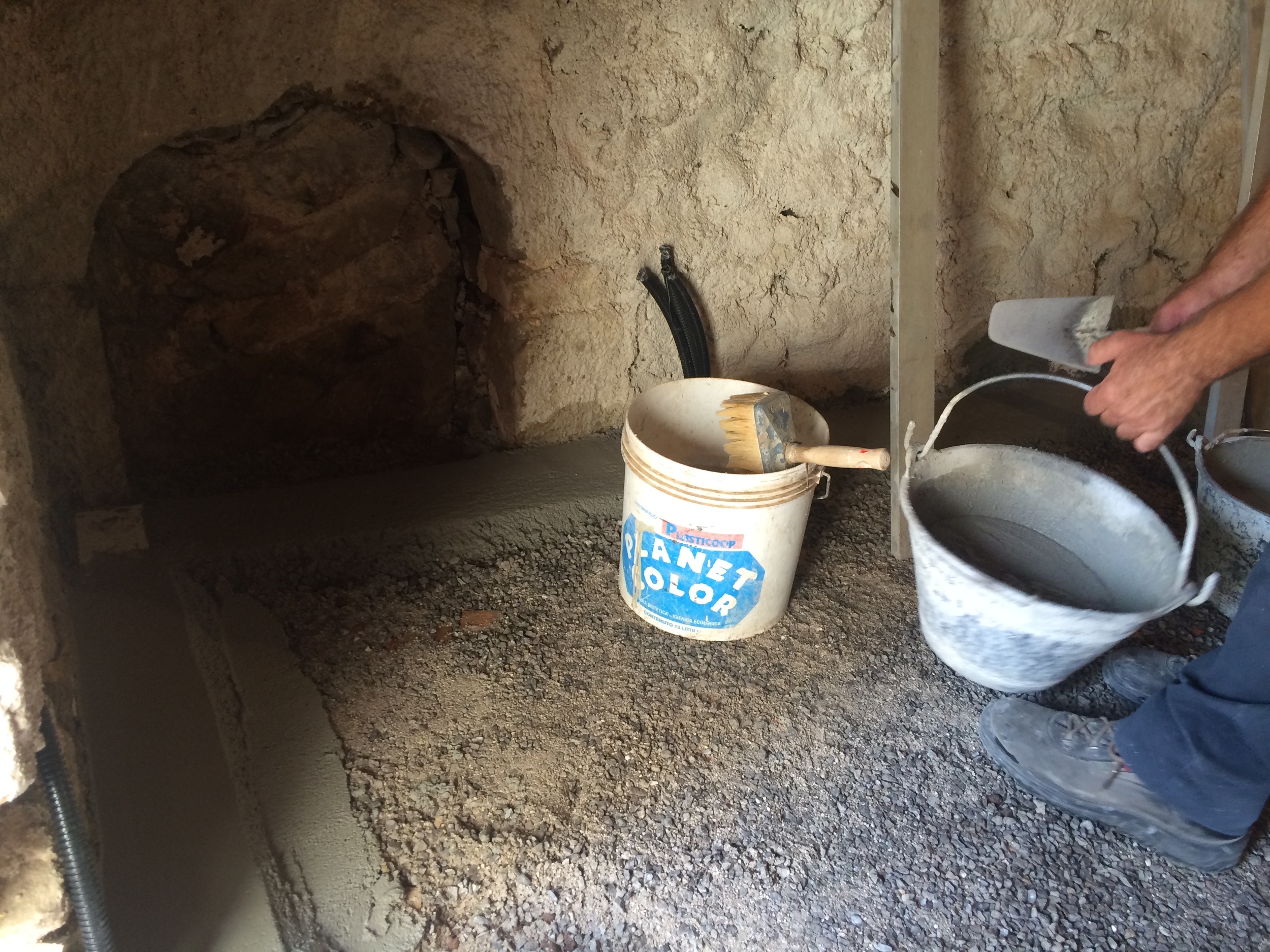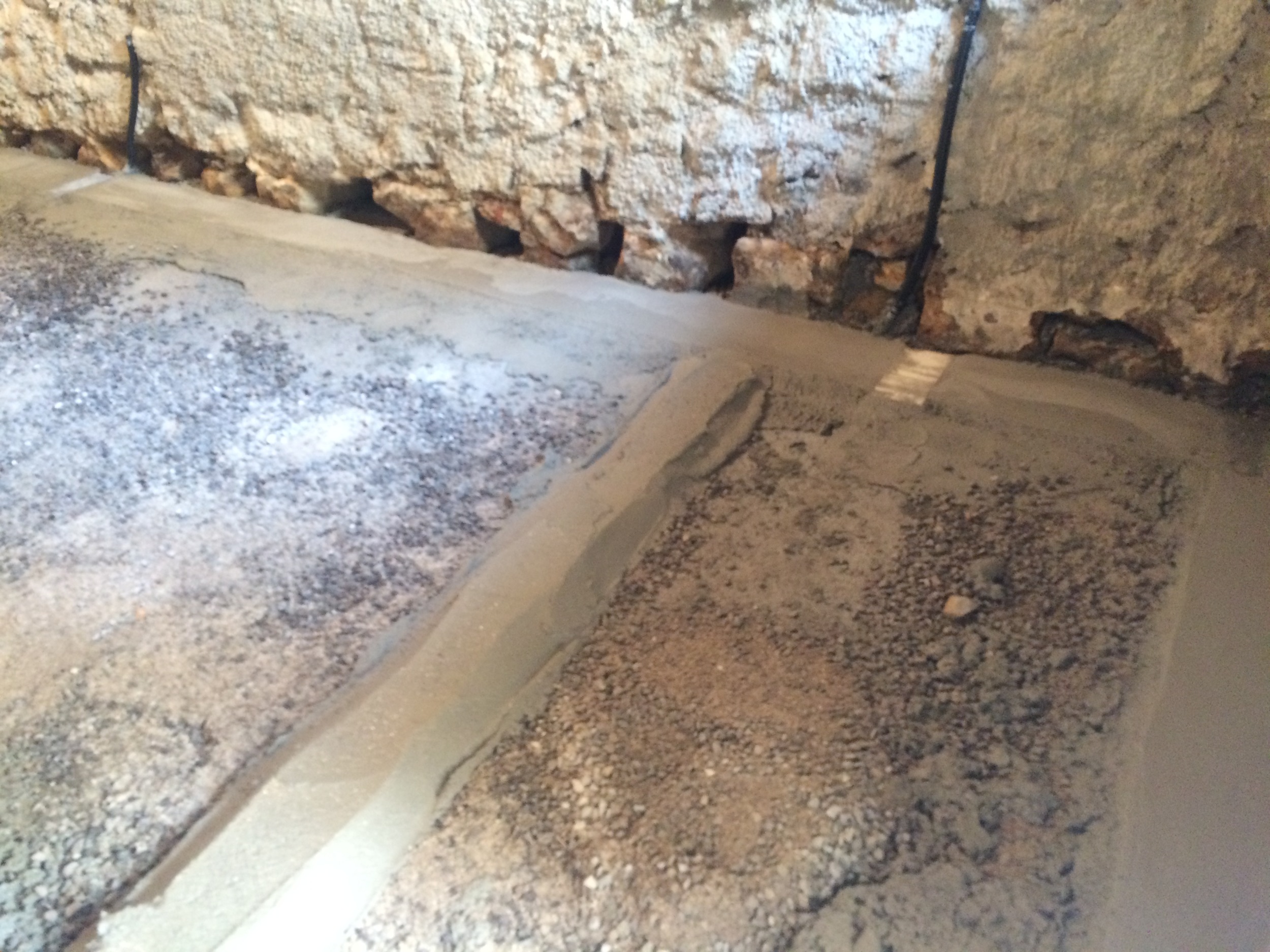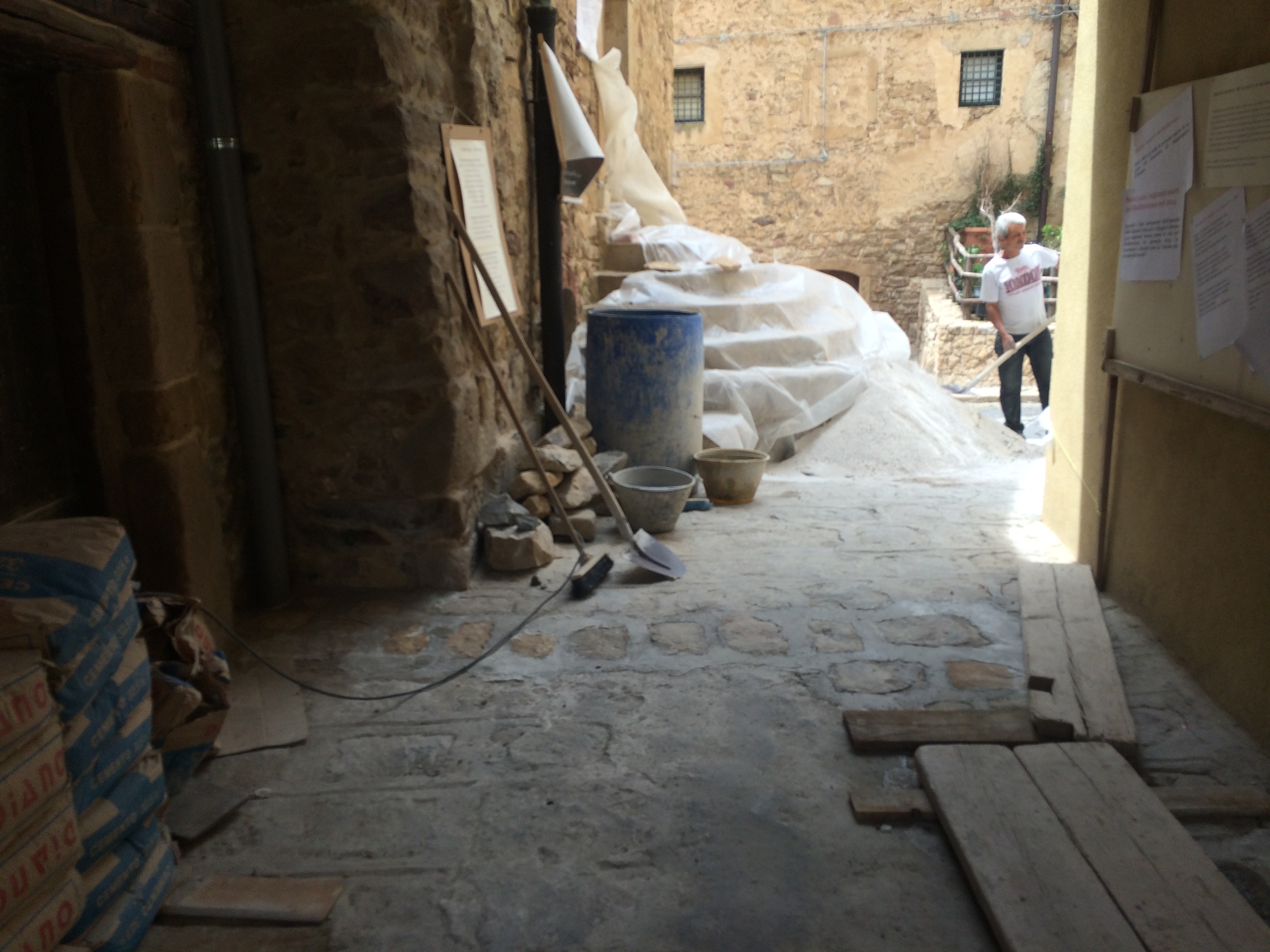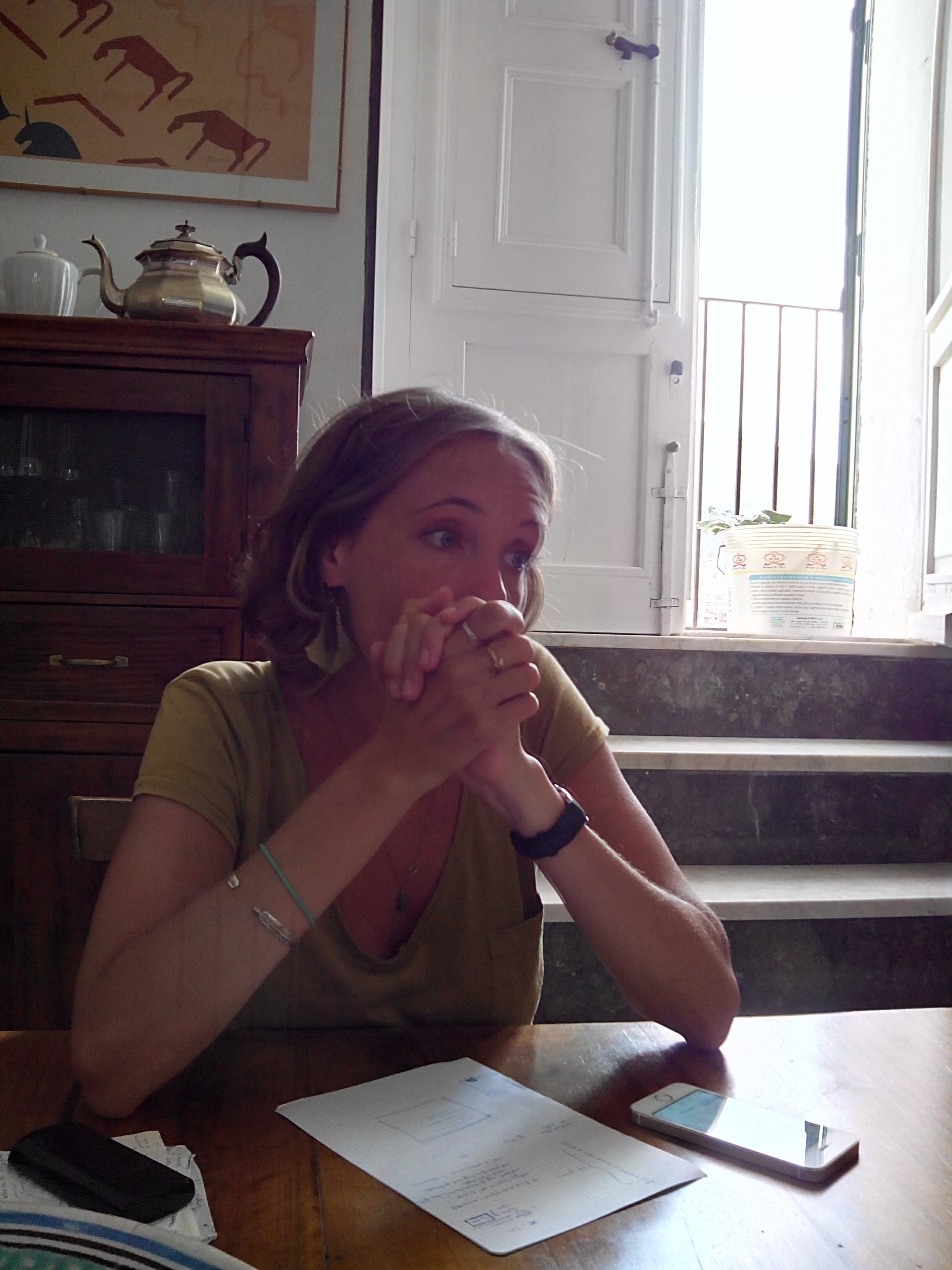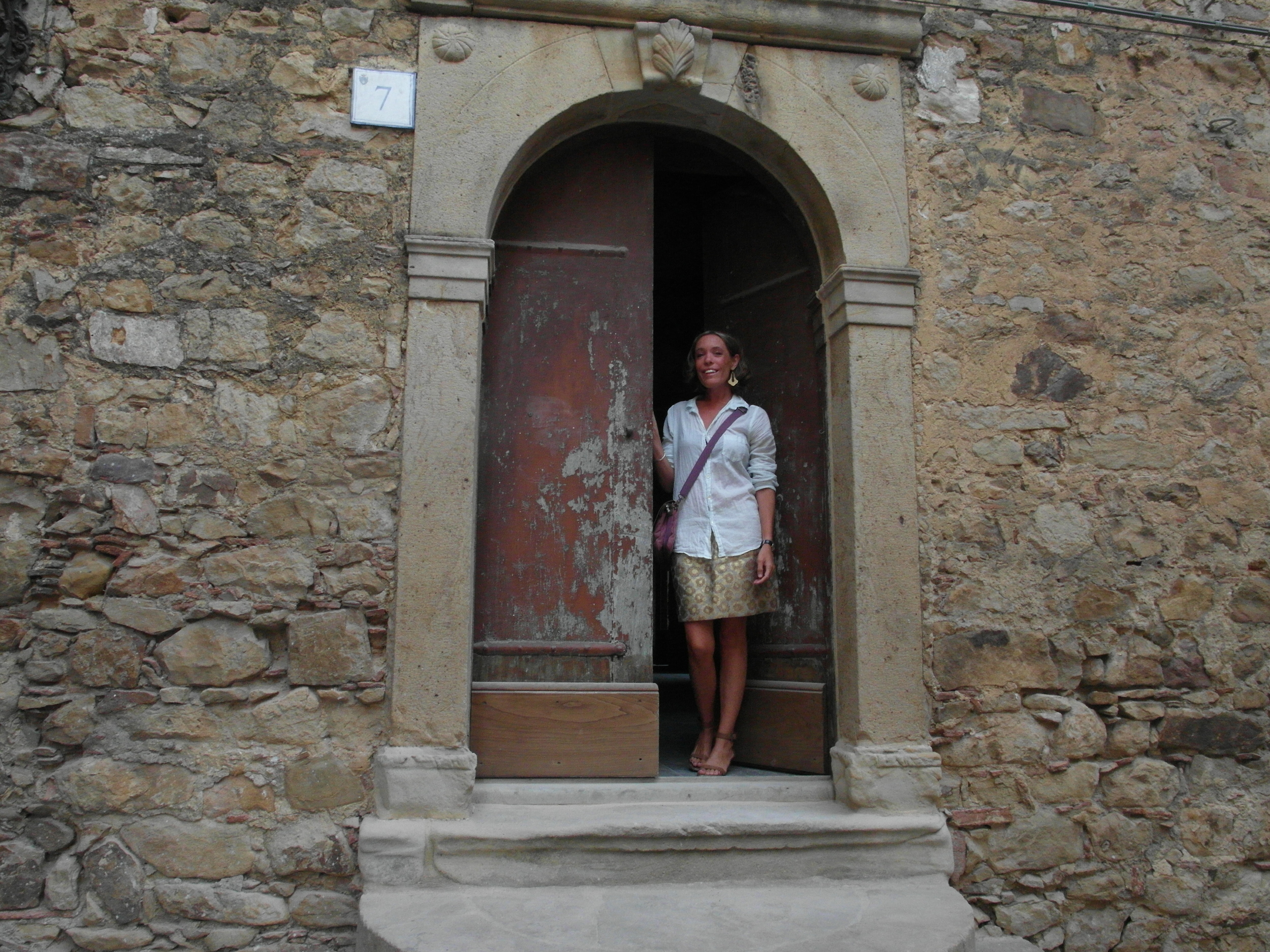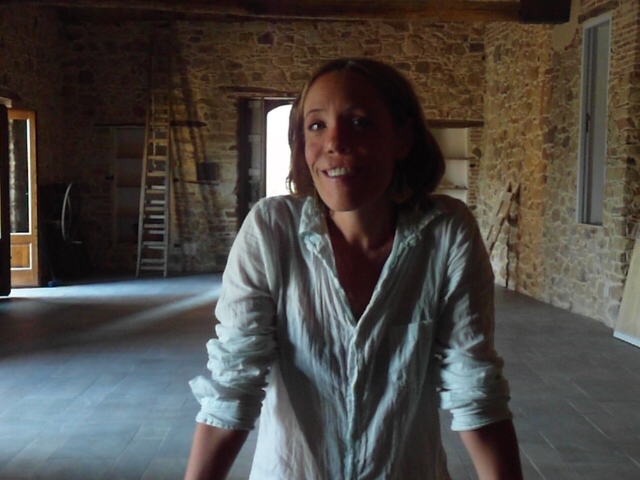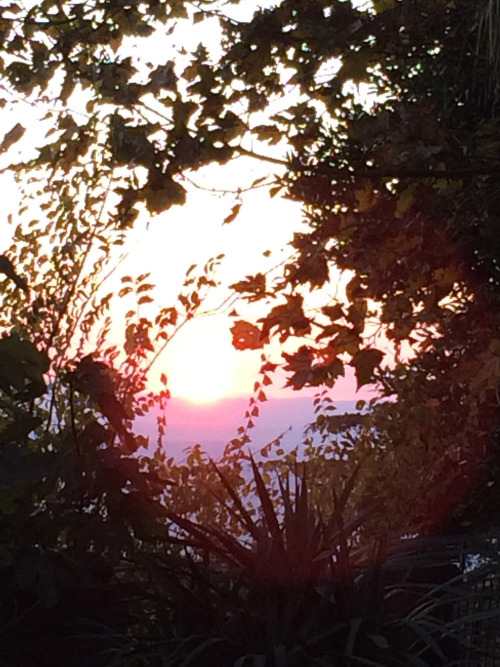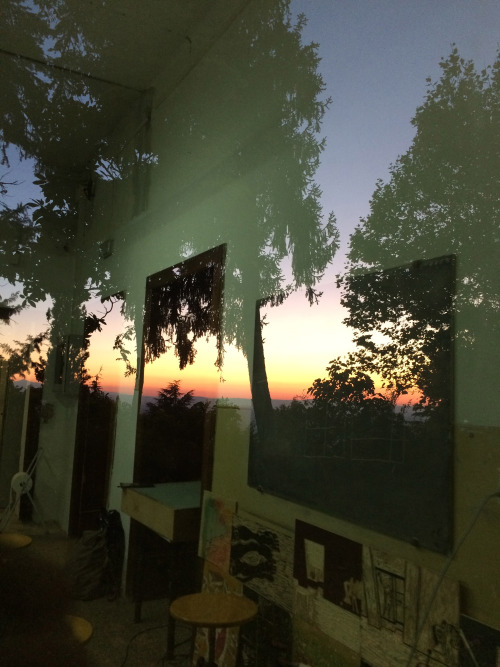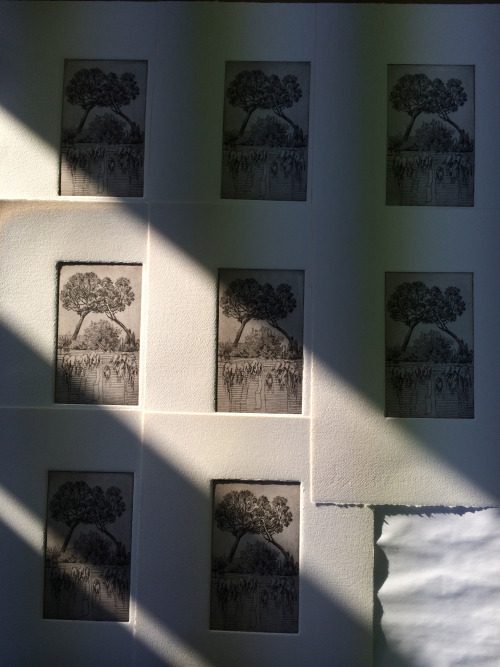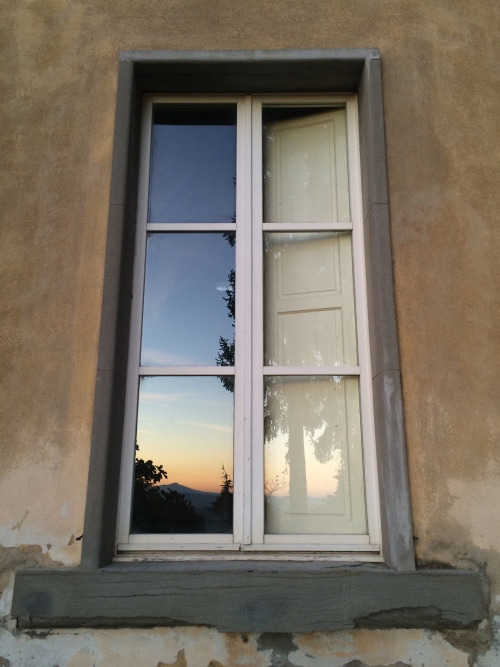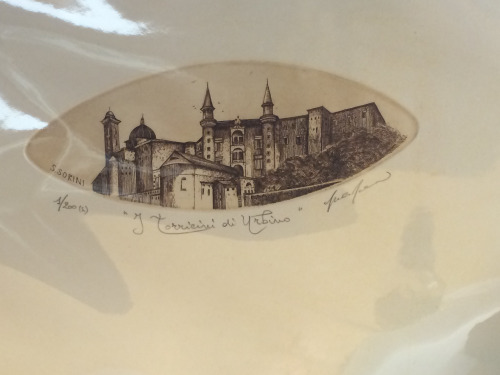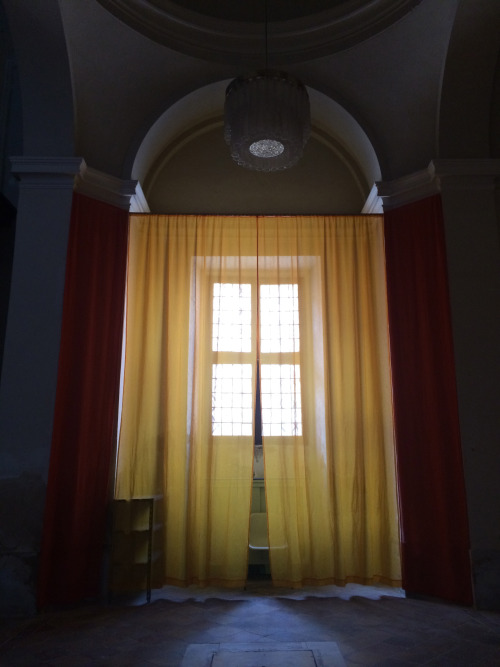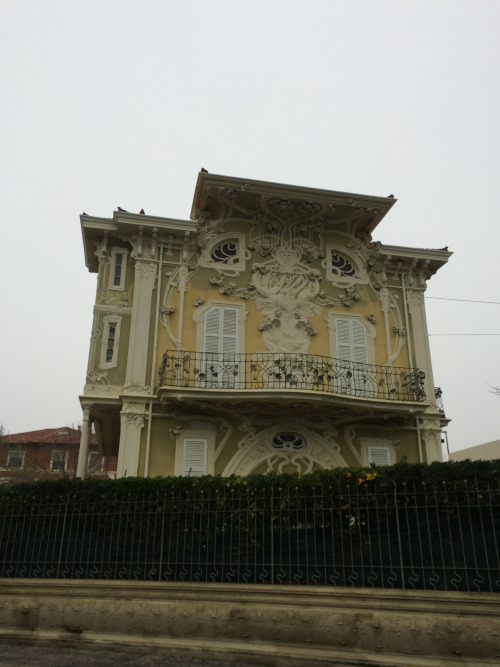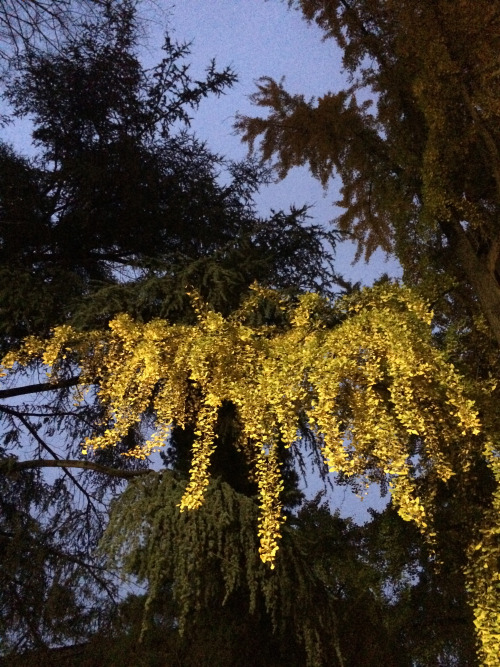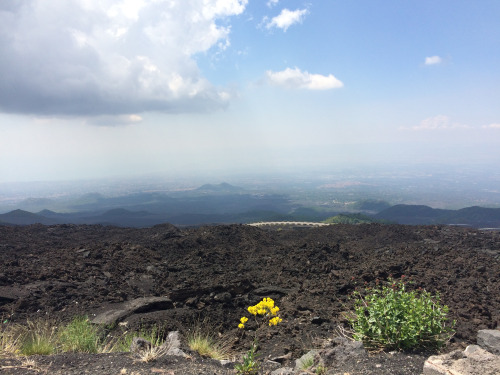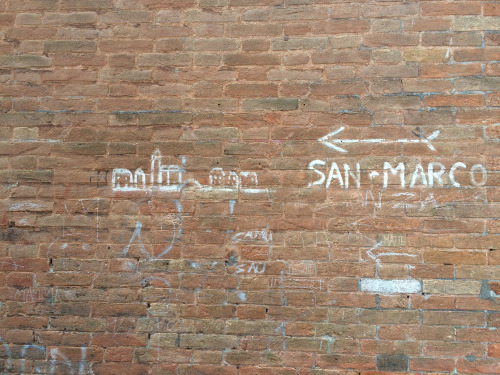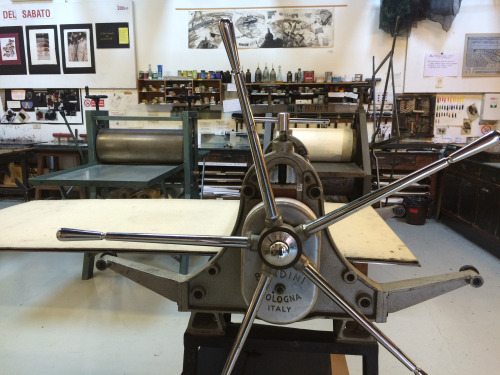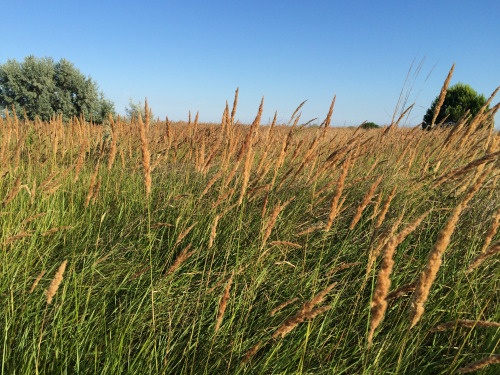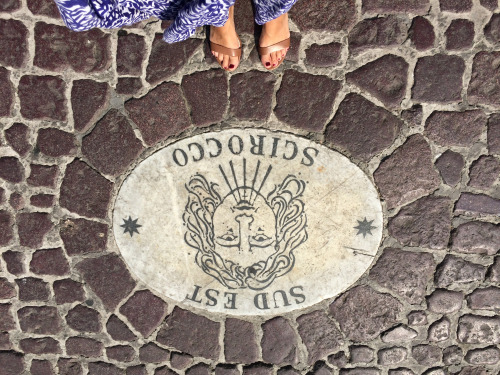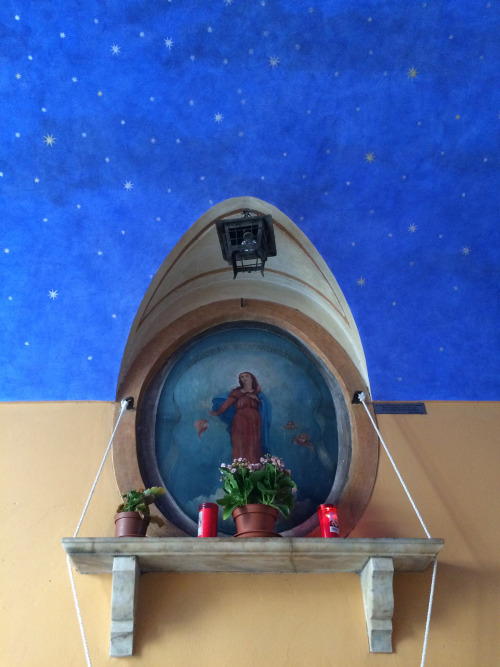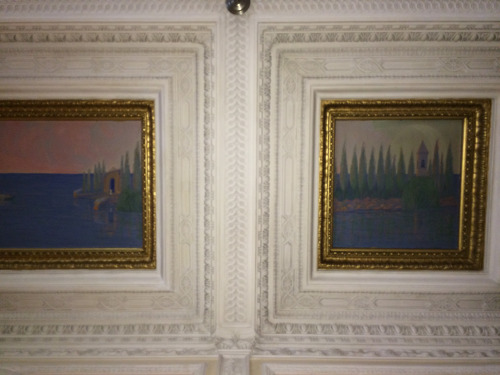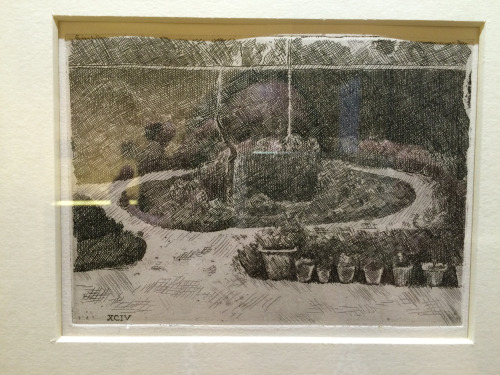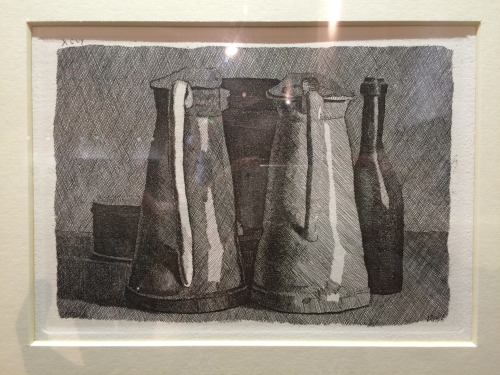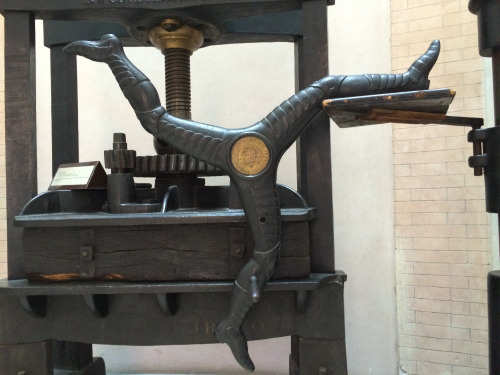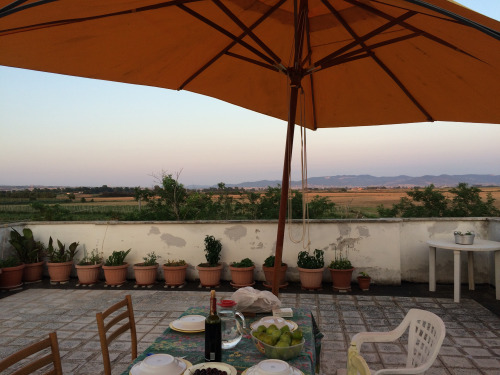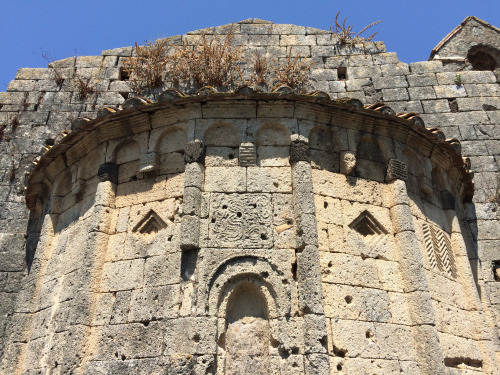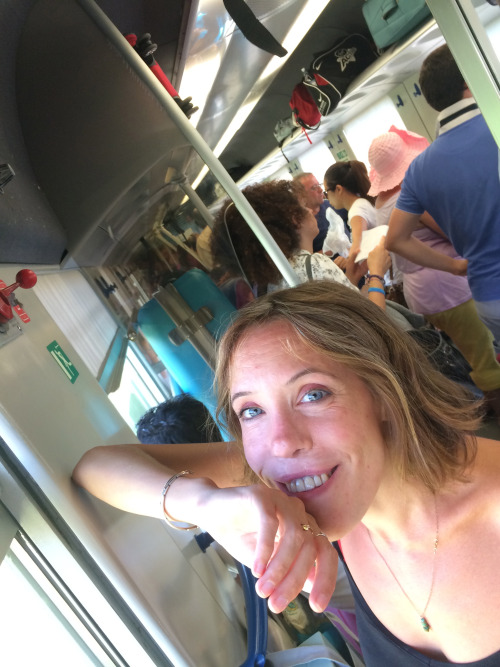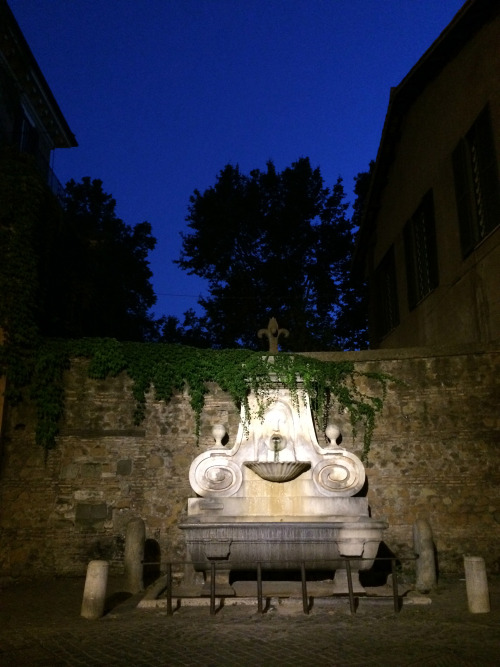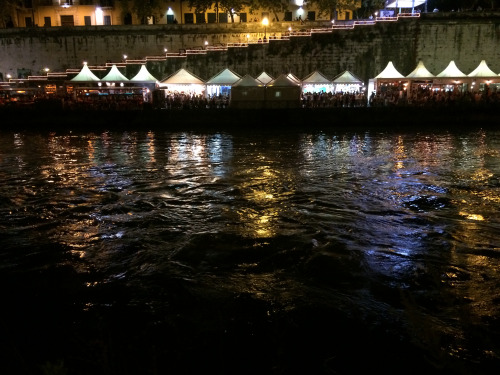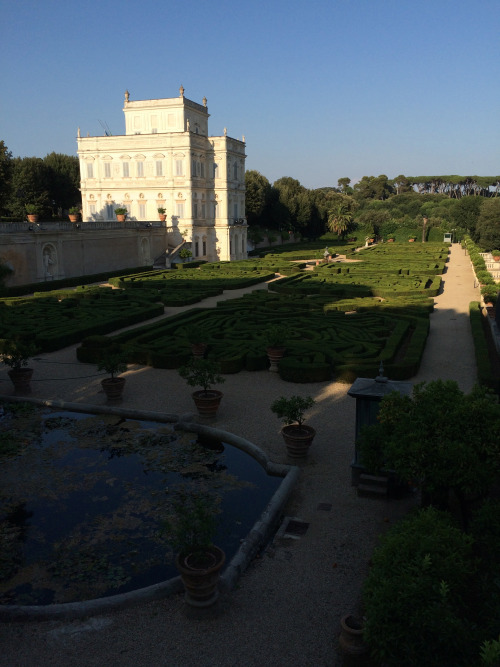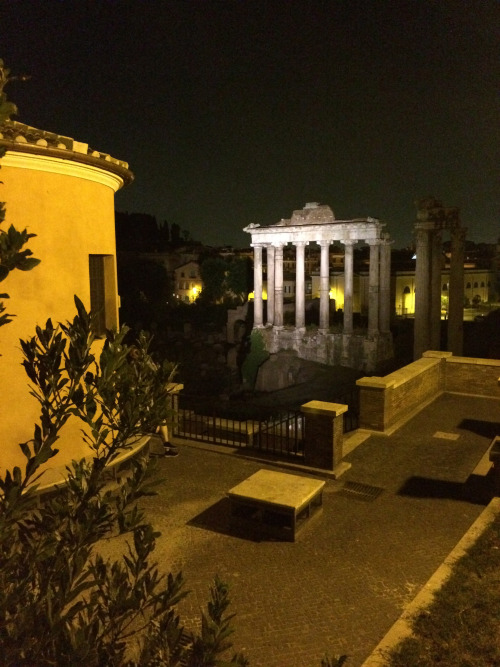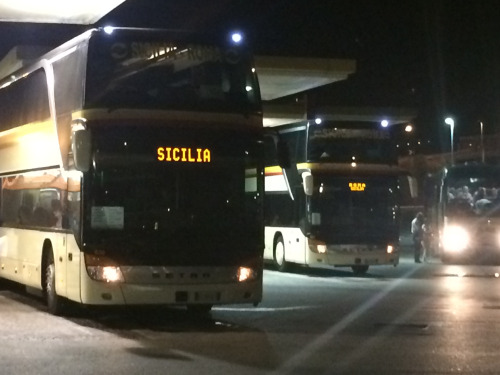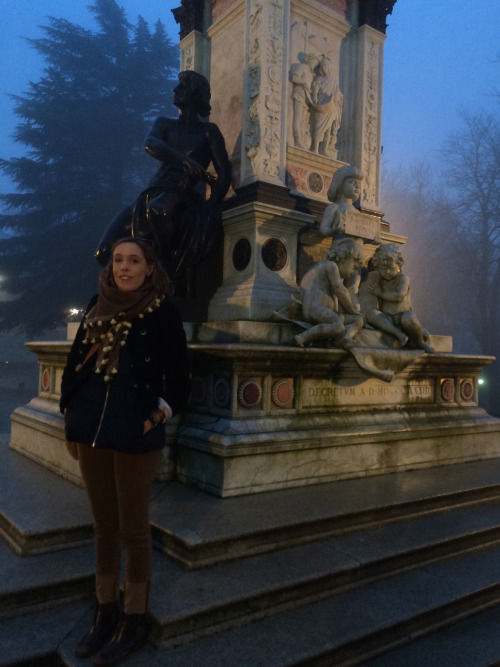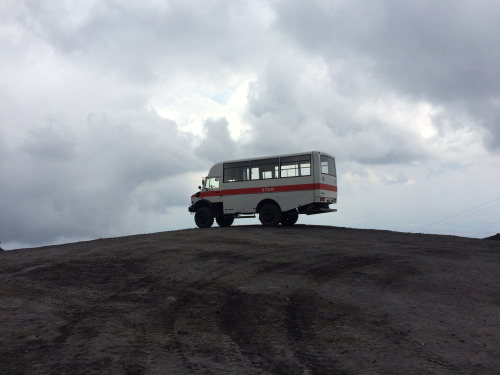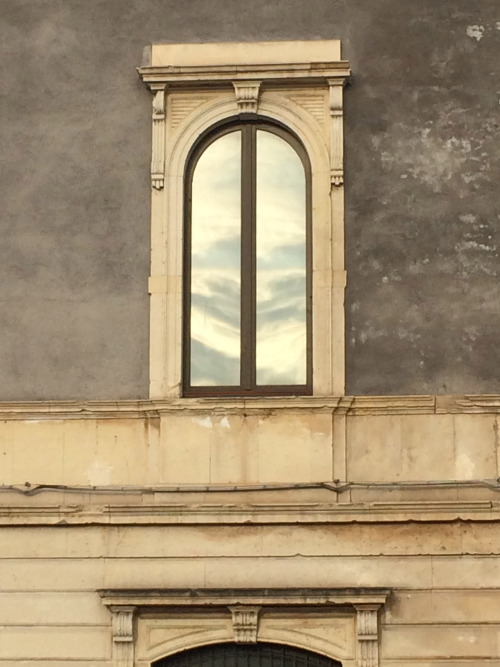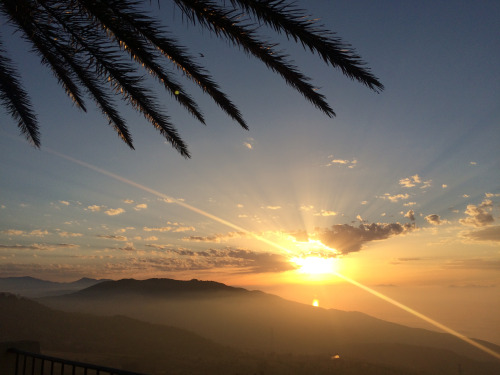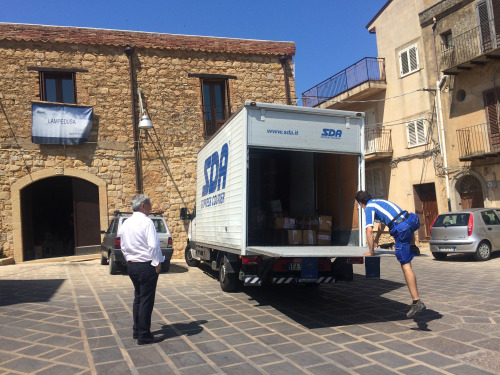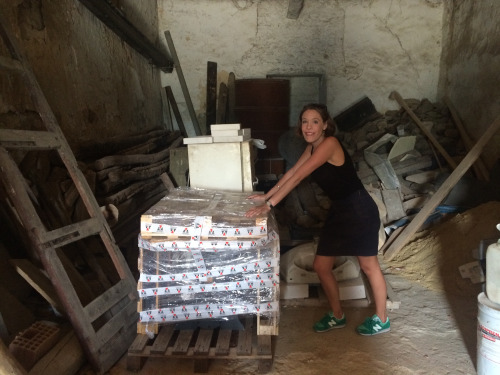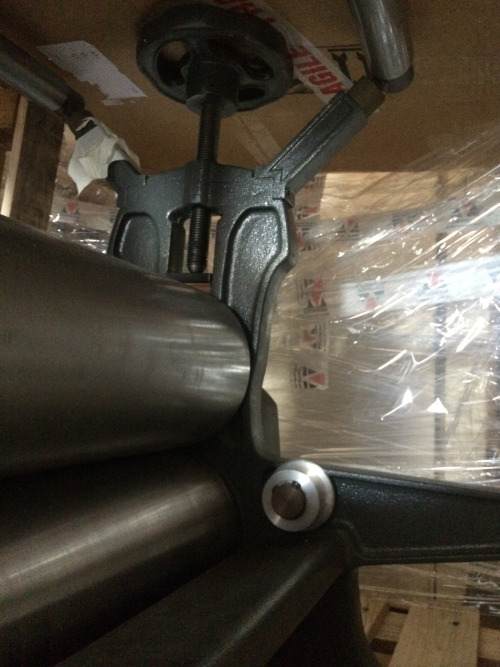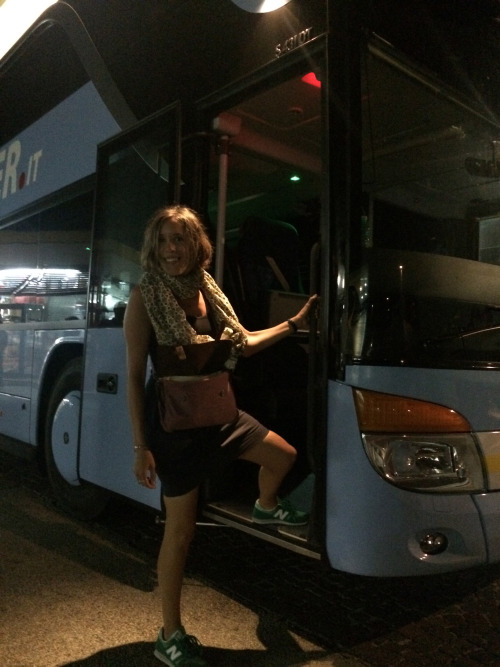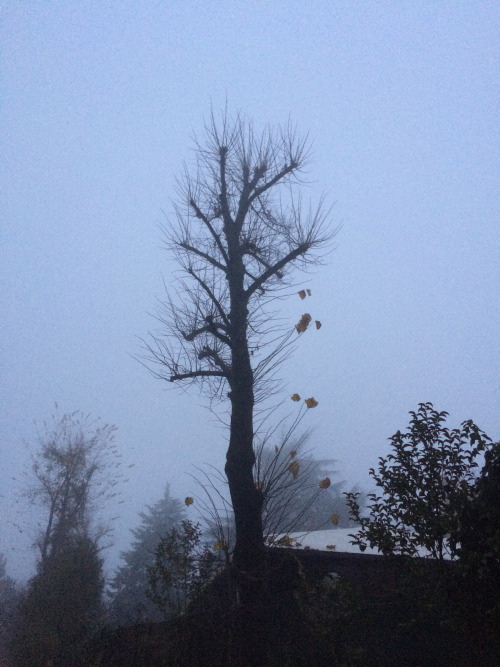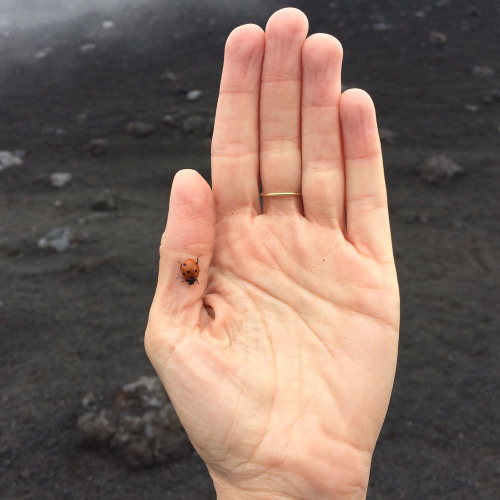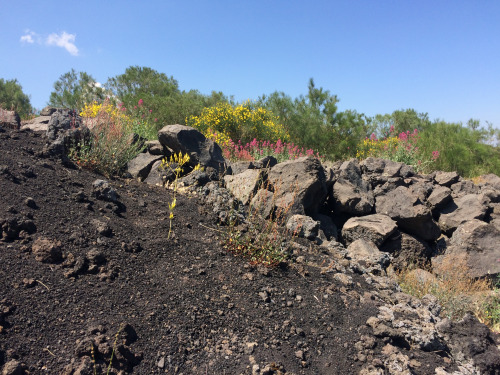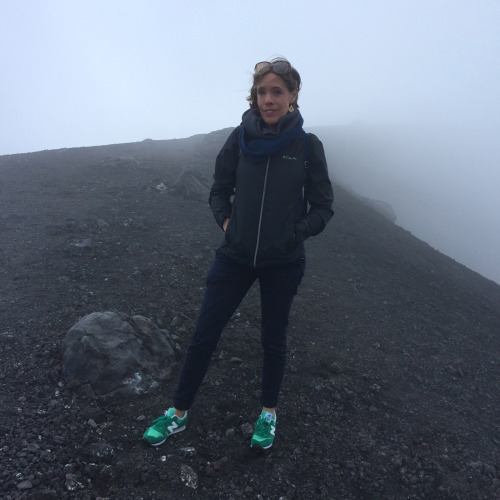OSN is Accepting Residency Applications for July 2020!
/2020 Residencies will take place for 3 weeks, from July 7-27. Read below to learn more about the residency fees, timeframe, and how to apply. Applications are open now until December 31, 2019. Artists will be notified of acceptance by January 31, 2020.
We accept individual artists, artists working in collaboration, and try to accommodate partners, children whenever possible. The residency is self-funded and includes lodging in a private bedroom in a single or shared apartment with kitchen and bathroom, plus 24-hour access to designated studio space in a communal, multi-use workspace. When possible, we try to arrange an open studio event for artists to informally exhibit work or give a public presentation, workshop, reading, or film screening. We also will plan occasional group excursions and dinners. The work of each resident artist will also be featured on the website.
We welcome artists working in all disciplines including drawing, painting, works on paper, artists' books, printmaking, photography, film, fibers, sculpture, installation, and writing. We will do our best to accommodate artists needs - but please bear in mind that we are in a rural location with limited access to art supplies and materials, limited public transportation between the train station and the town itself, and often unreliable cellular and extremely poor internet connections in the studio and living facility. It is a great opportunity for artists who are seeking contact with nature (hills, forests, and beaches) and small town, agrarian, rural Sicilian life, and the chance to ruminate on new work or create work in response to the location with the materials at hand. Wonderful towns and cities with rich history and vibrant contemporary art scenes, including Palermo, Catania, Cefalu and Castelbuono are accessible by train, bus or rental car, as well as the Aeolian Islands, which are just a ferry ride away from various ports located along the coast. Tusa is situated on a hilltop at between 600-800 meters above sea level, with the coastal fishing and resort portion of the municipality, Castel di Tusa (also the location of the train station), just a 10-20 minute drive down the mountain.
We encourage artists to express in a proposal not only the scope of the project or work they would like to do while in residence, but also to specify what materials they wish to use so that we can assist artists in locating the materials and resources they need ahead of their arrival in Tusa. It is also advantageous to arrange for supplies to be sent or to bring them with you if there are specific items you absolutely need and are not easy to source locally.
For the upcoming 2020 season, all artists will arrive on July 7th and depart on July 28th. Please inquire via email for pricing. Partners or children who will not be requiring use of the studio space or a separate bedroom can stay the duration of the residency at half cost. Artists working in collaboration will each be responsible for the full cost per person. Lodging and 24-hour access to the studio space are included in the cost. Additional expenses not included in the residency cost would include: meals and groceries, airfare and local transportation (driver for hire, local bus, and regional trains) or rental car, personal art materials/supplies, shipping of materials or work, and personal cell phone or mobile wifi hotspot device (strongly recommended). It is recommended that artists set up an international data roaming plan with their regular carrier, or purchase an Italian mobile device on arrival in the country (such as Vodafone, Wind, TIM, etc.).
TO APPLY:
Apply via email to officinastamperiadelnotaio@gmail.com. In the subject line, write "Application 2020". Please send in the body of the email:
A proposal for the research or work you would like to do while in residence (even a vague idea is helpful - we know it is an organic process subject to change!); a link to your website or online portfolio or other online sites where we can view your work; whether you will be coming alone or with a partner or dependent, and if there are specific considerations or needs you would like us to know about. We have one 3-bedroom apartment, 1 loft-style open apartment that can accommodate a couple, small family, or two collaborators who don’t require a lot of privacy, and we have a rustic house next door to the studio that can also accommodate a couple, small family, or two collaborators. Please specify if you prefer a shared apartment or a private apartment or house, and note that the costs vary between the three. As PDF attachments, include an artist's statement, a bio, and CV, and lastly, 10 quality jpeg images characteristic of your work.
We will be accepting applications through December 31, 2019 and notifying applicants of acceptance by January 31, 2020. Please keep in mind that space is very limited, so if your application is not accepted for the 2020 season, you may re-apply in the future. In some instances we may consider a request for artists wanting to do a residency for a period from August through October, but artists are not guaranteed availability during those times, and these requests are considered on a case-by-case basis and depend on the availability of the space and staff.
Before applying, please visit the website and read more about the residency, studio, printshop and accommodations, location, and transportation, and be sure to check out our links page where you will also find some helpful information about travel, sourcing materials, and more. If you have questions, please email officinastamperiadelnotaio@gmail.com. We look forward to your application!






